Lexus has finally introduced its first compact crossover, and it is the first Lexus model to feature the brand’s new GA-C platform. In the looks department, it looks like a slightly blown up but more proportional LC500 with a family-oriented look too it. Meanwhile, the interior is very German-like in design, to a point, and yet ergonomic and stylish at the same time. Instead of shifting around engines from other models to piece together it’s new crossover, Lexus put together an all-new four-banger for the entry-level UX 200 model while a different but new gas engine and a fourth-gen hybrid system found their way into the UX 250h.
Want to know more? Check out our in-depth review below!
2019 Lexus UX
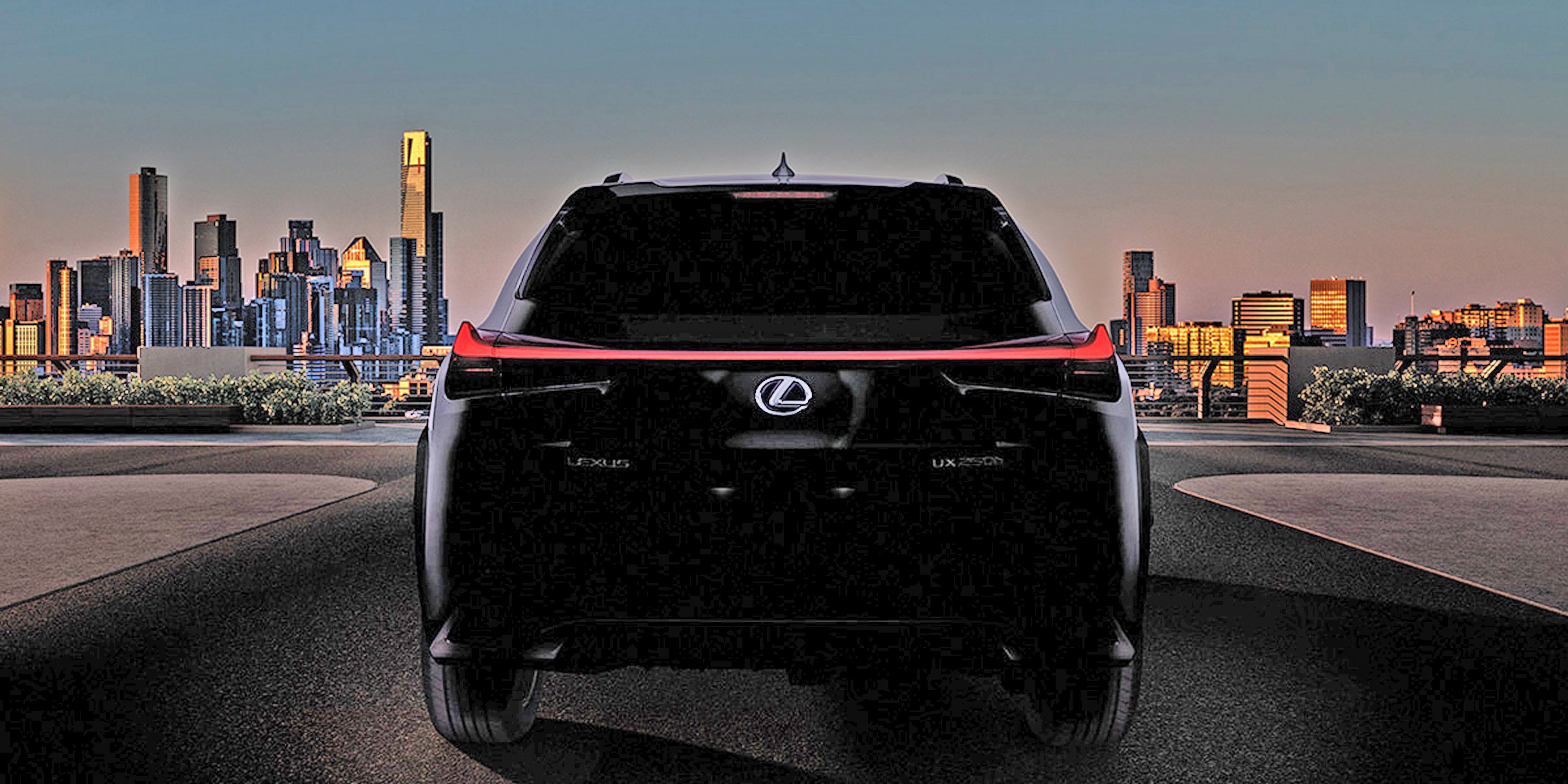

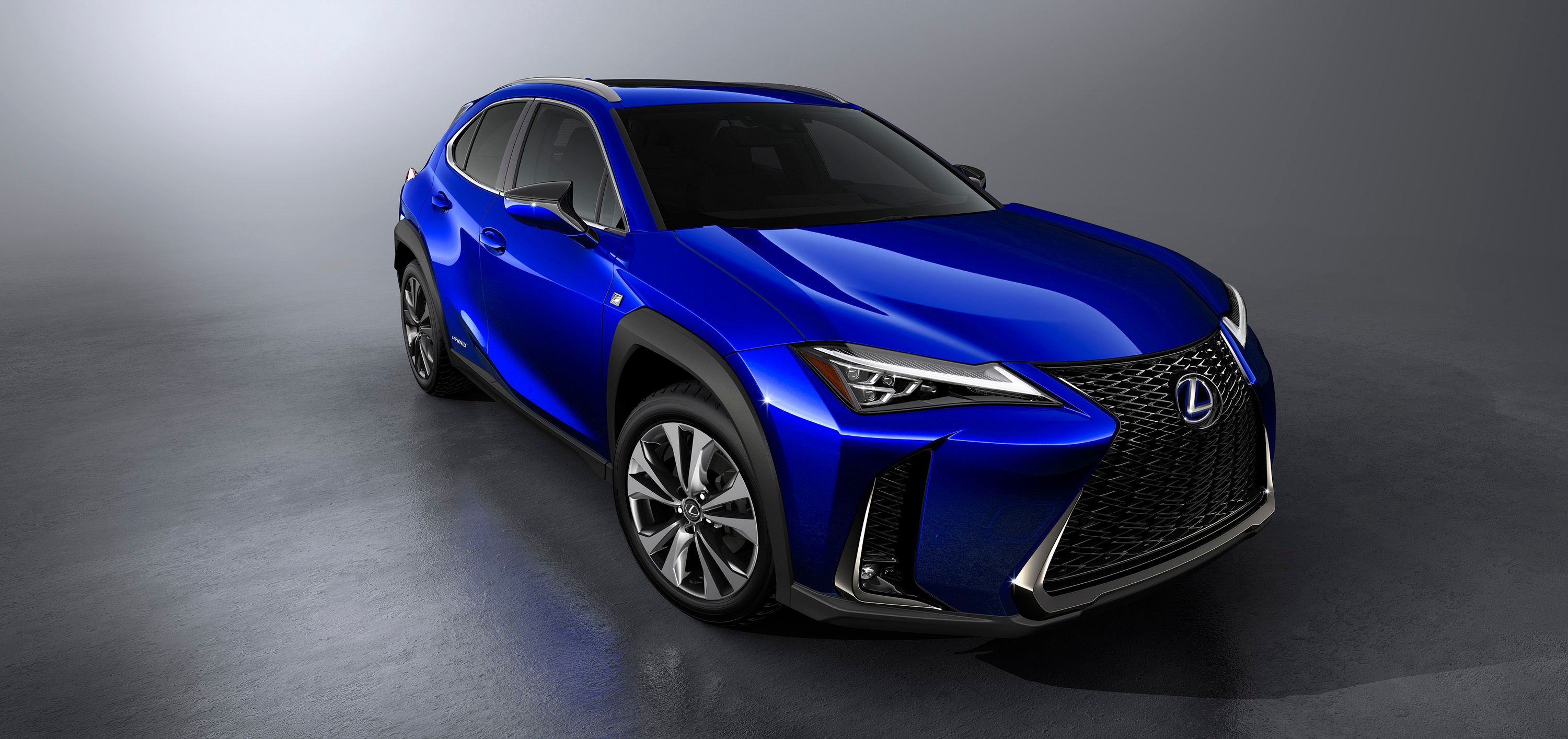
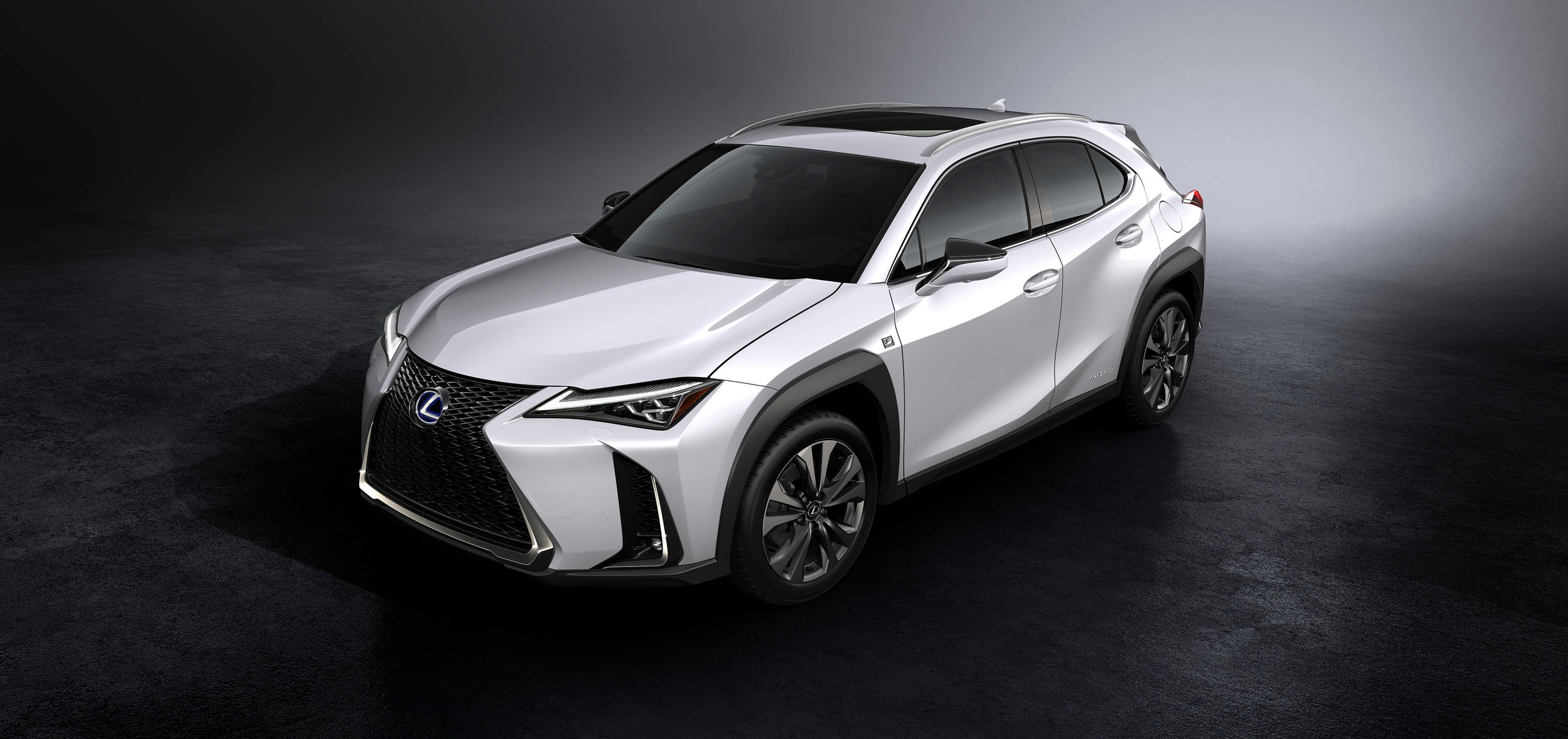
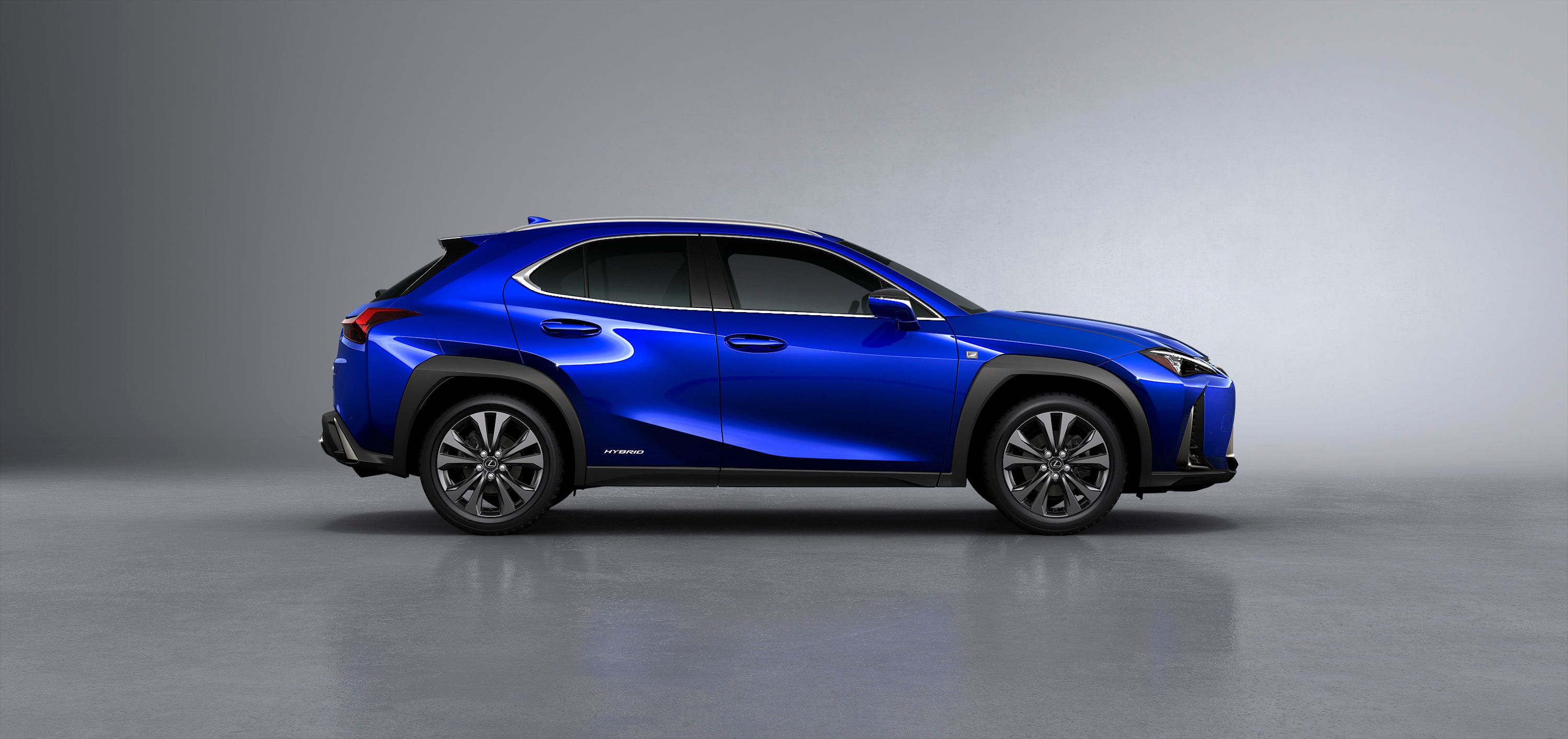
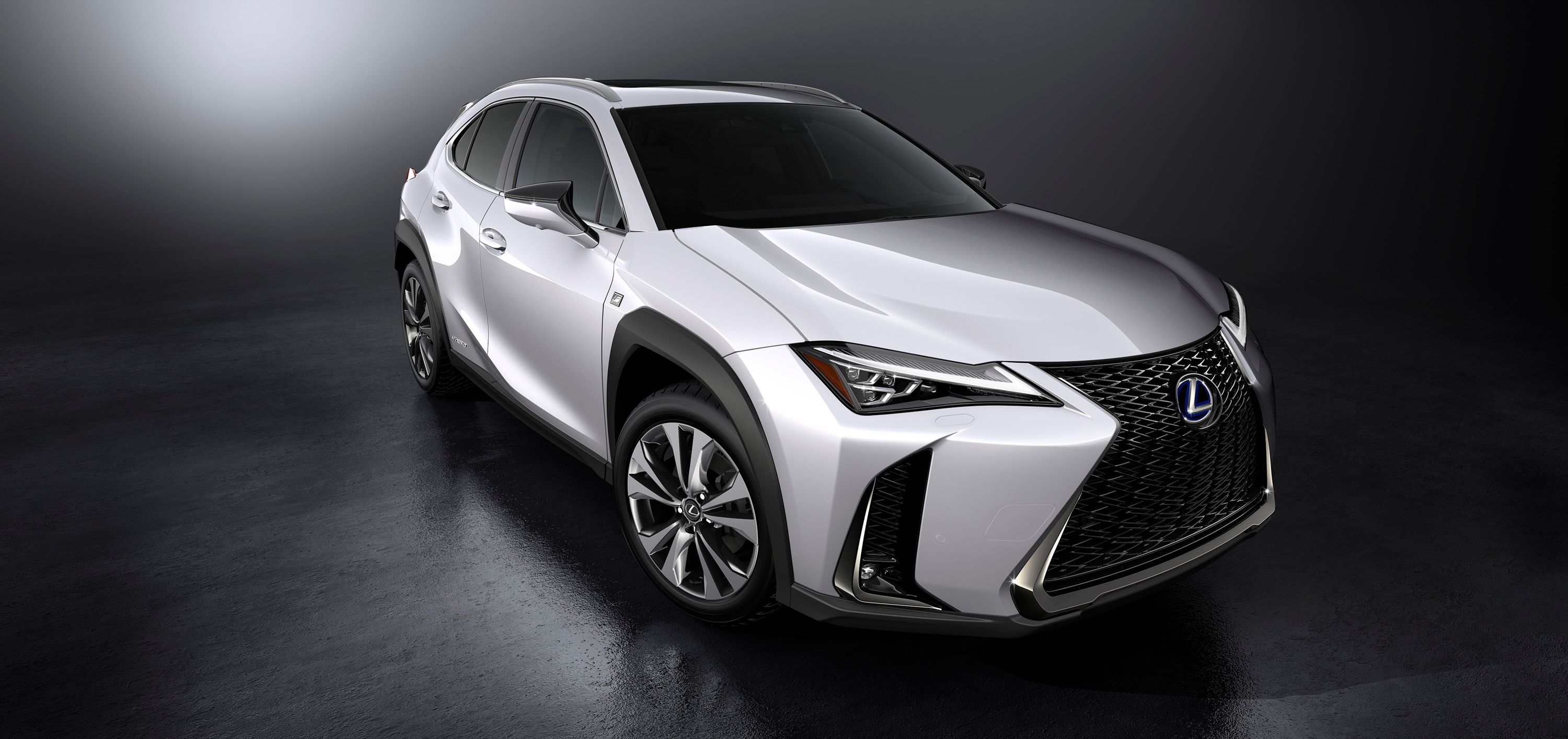
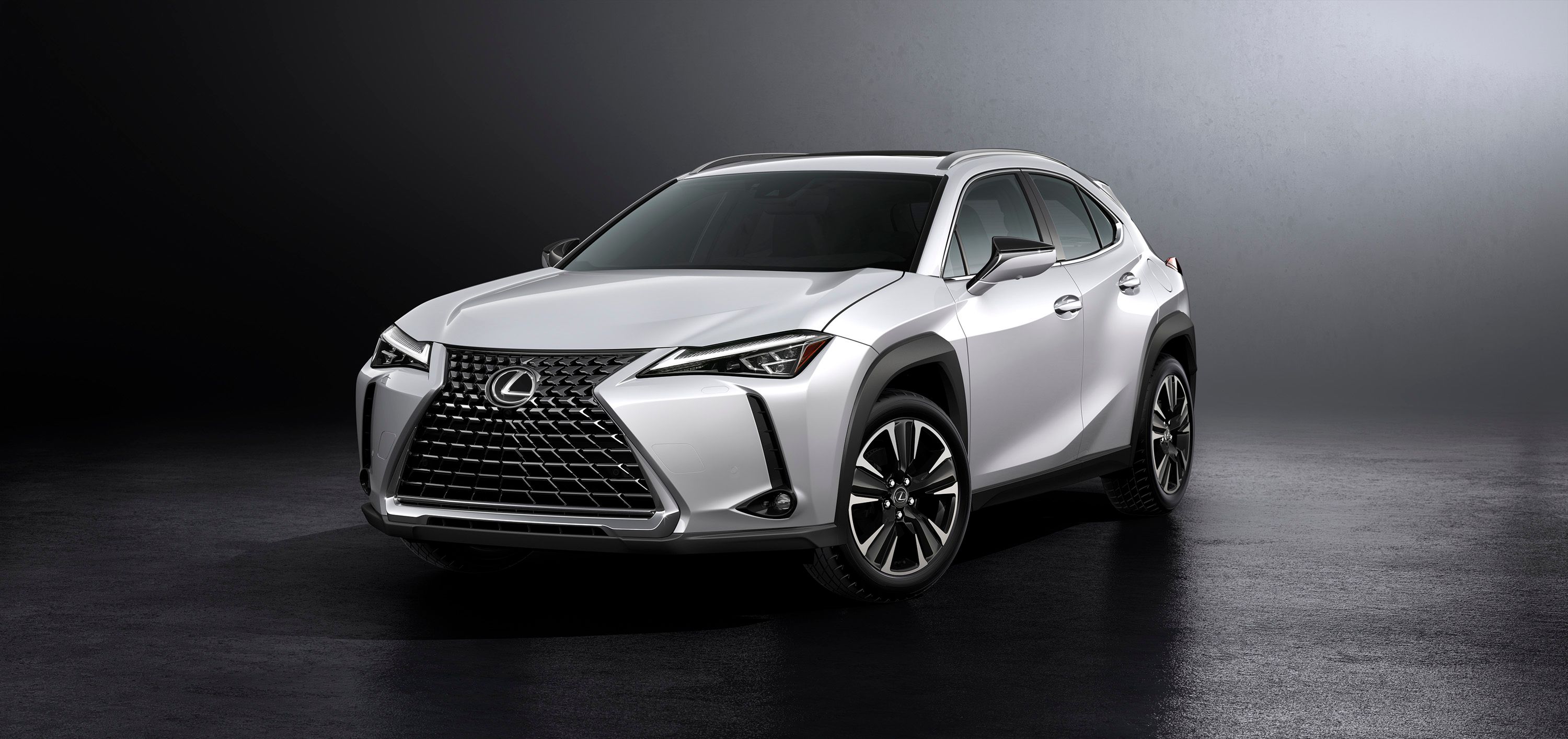
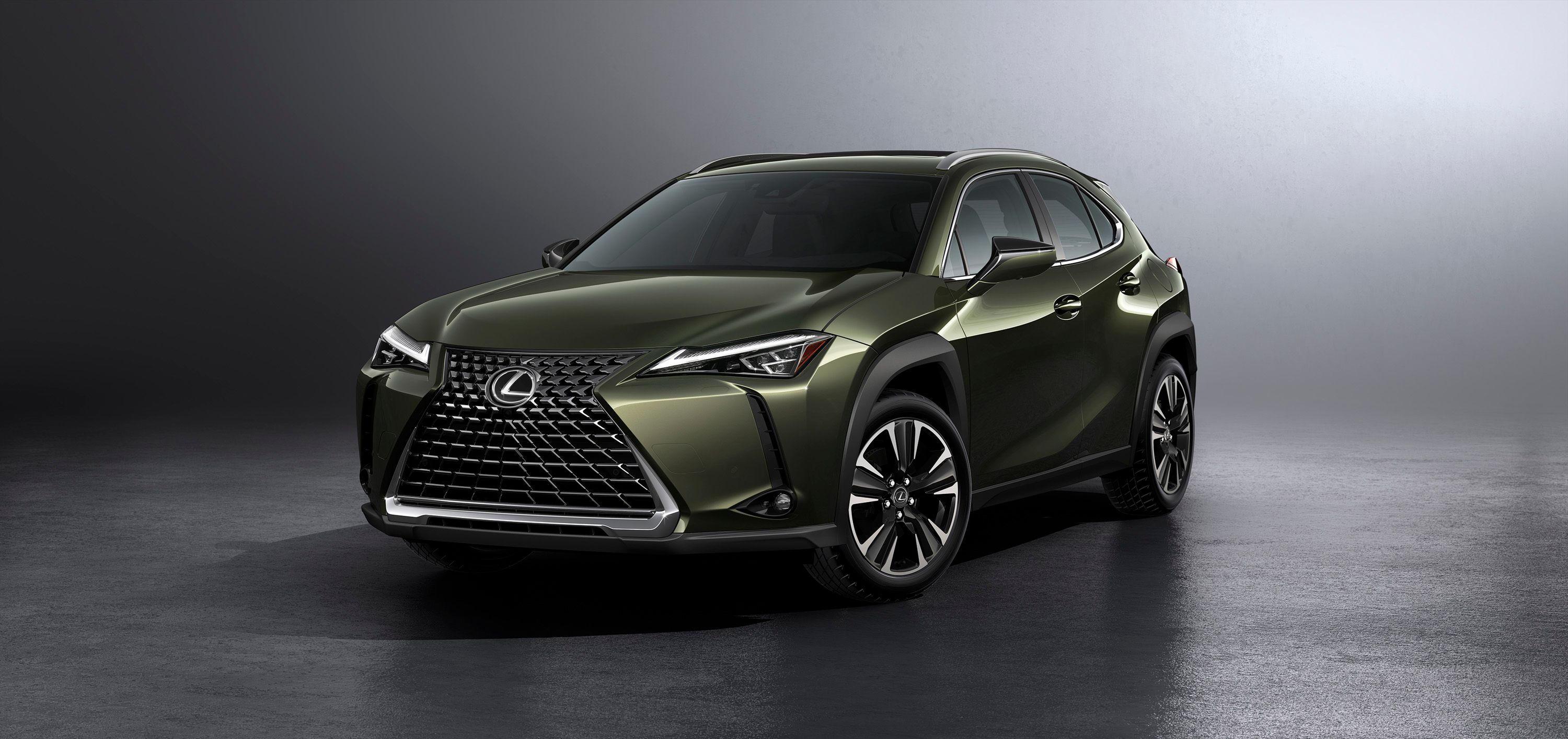
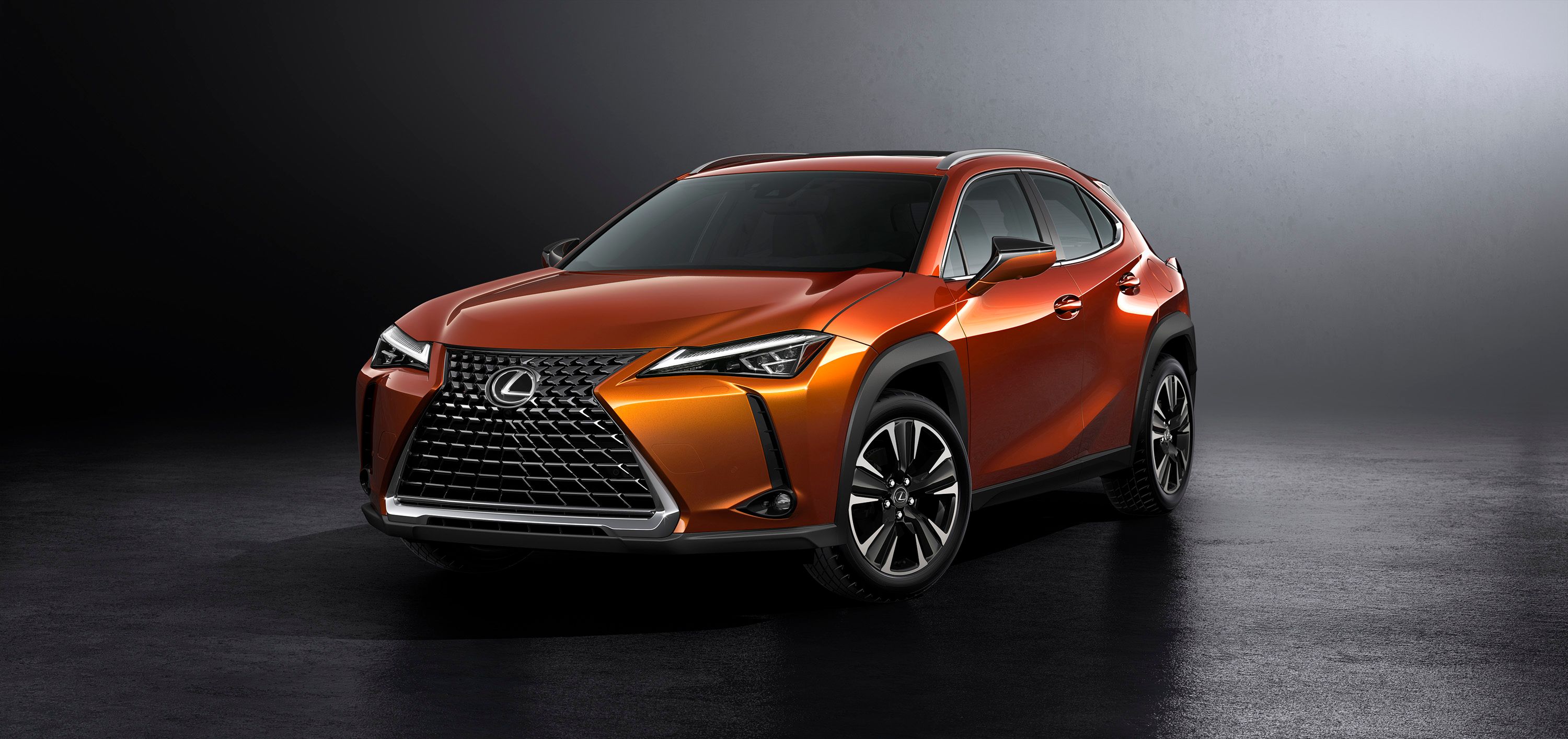
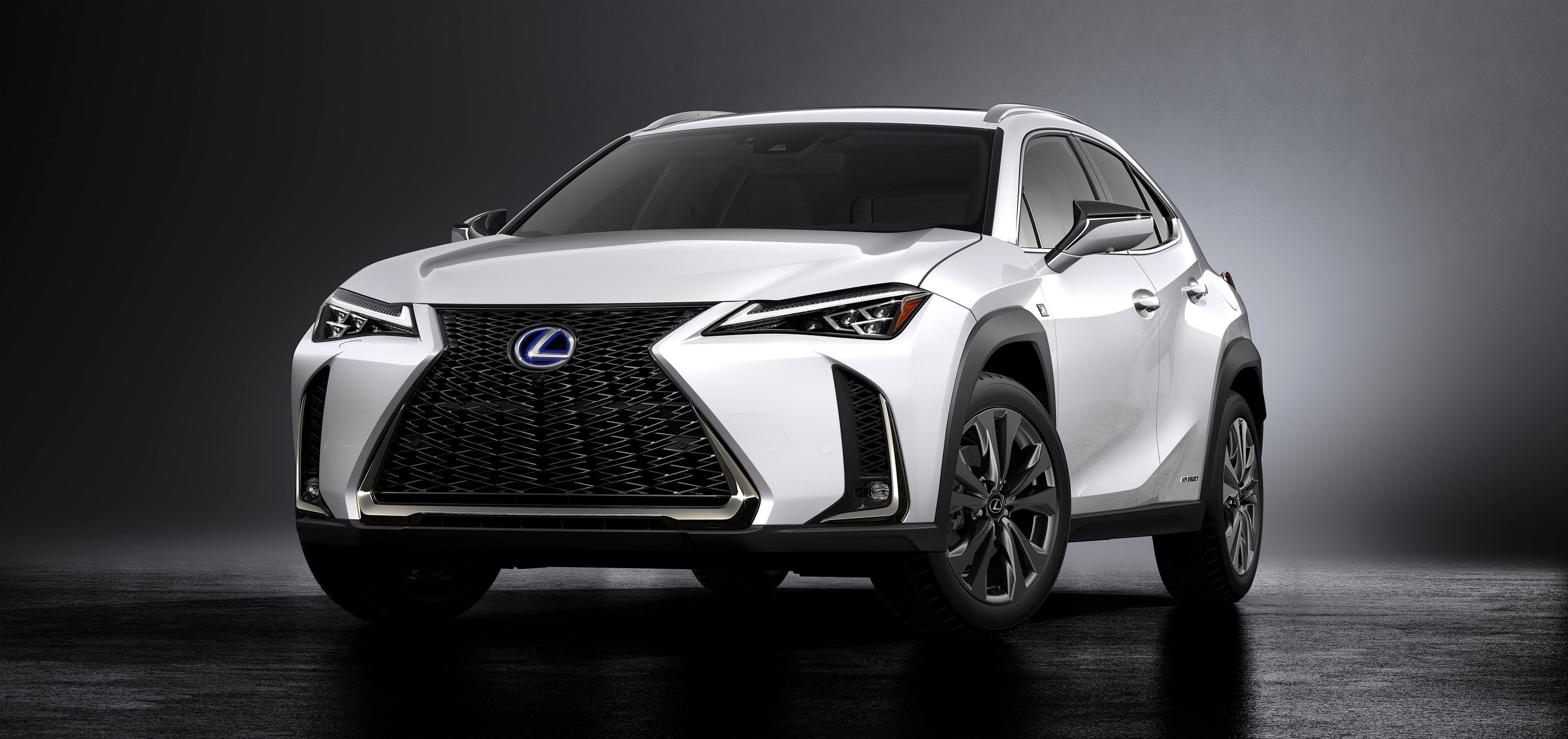
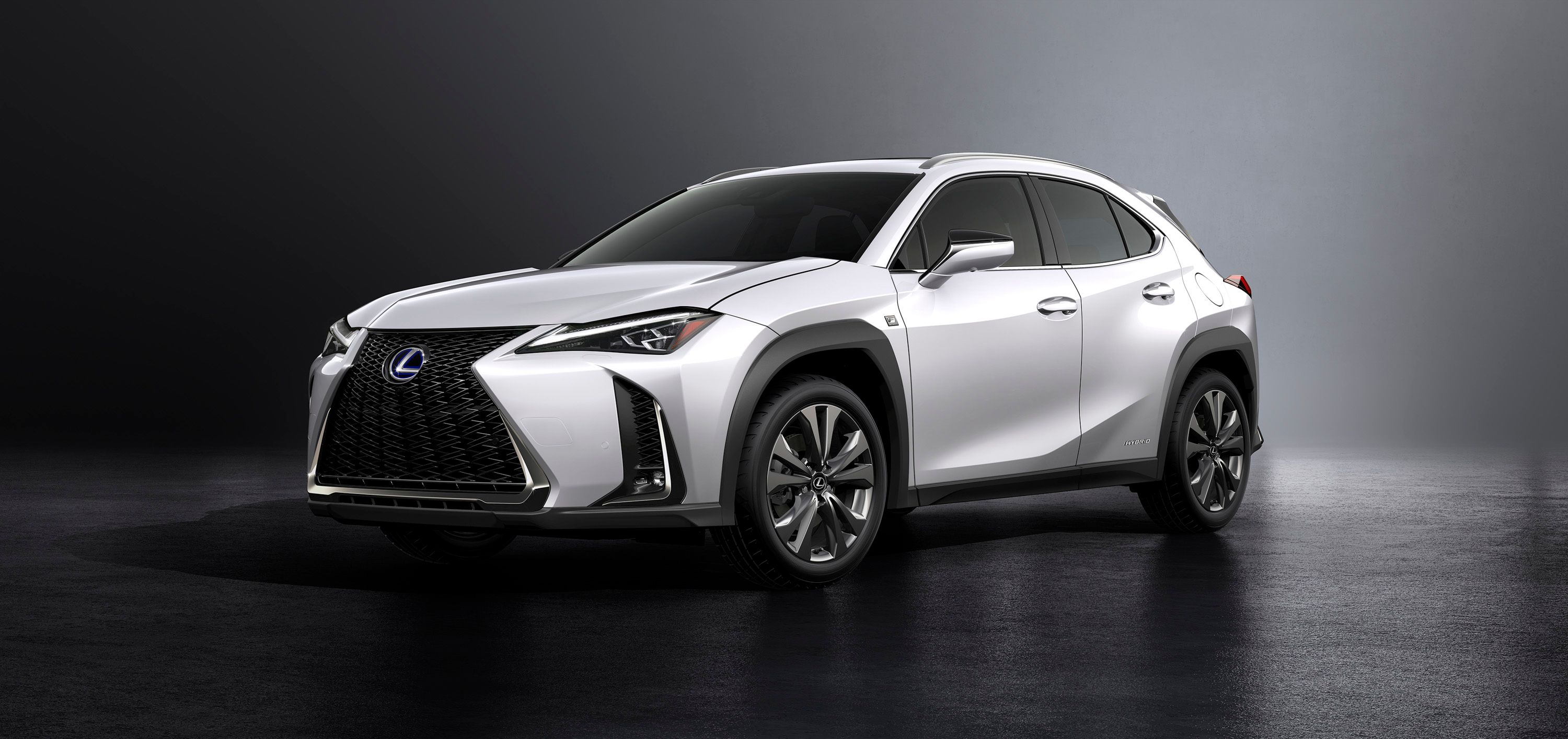
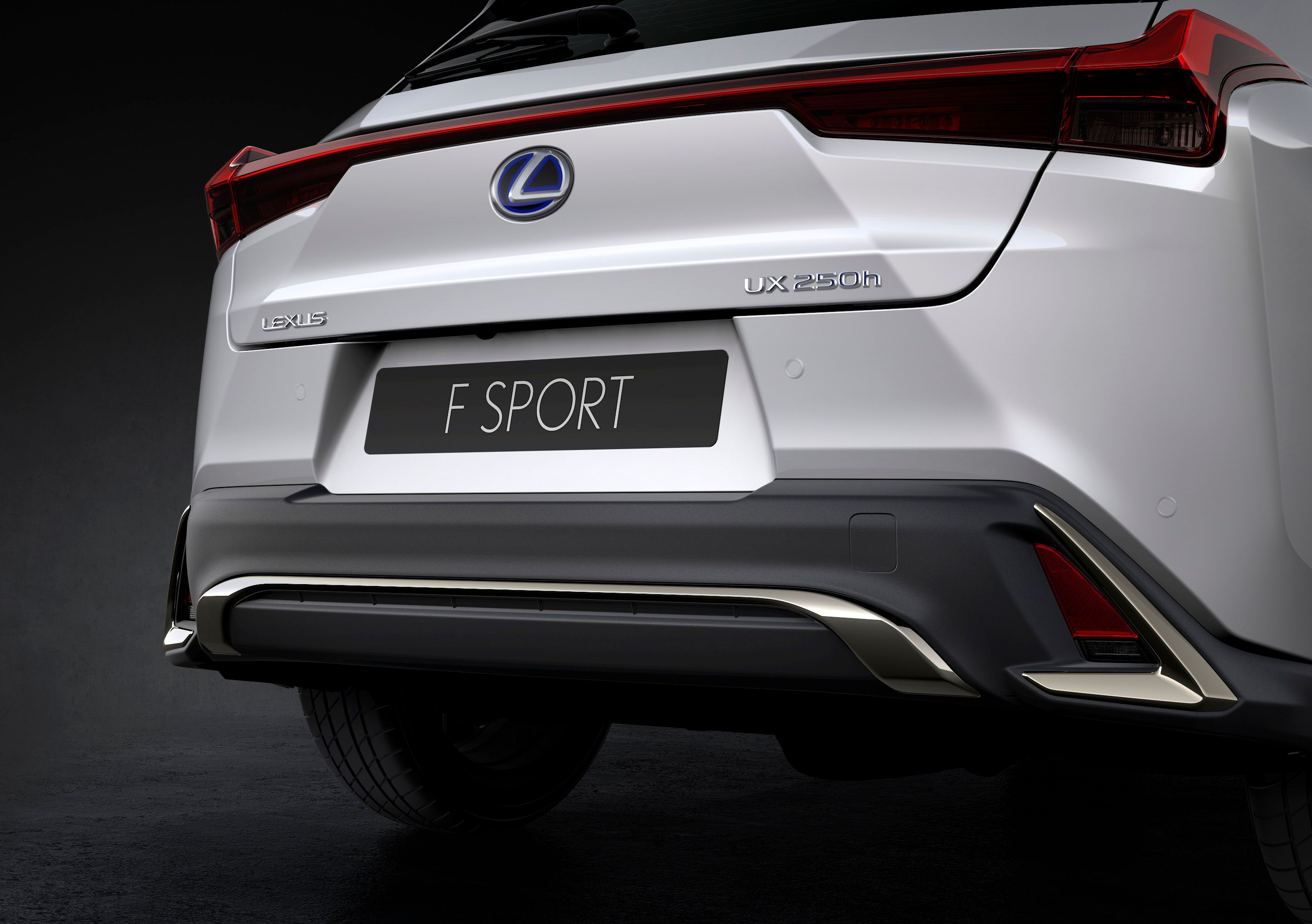
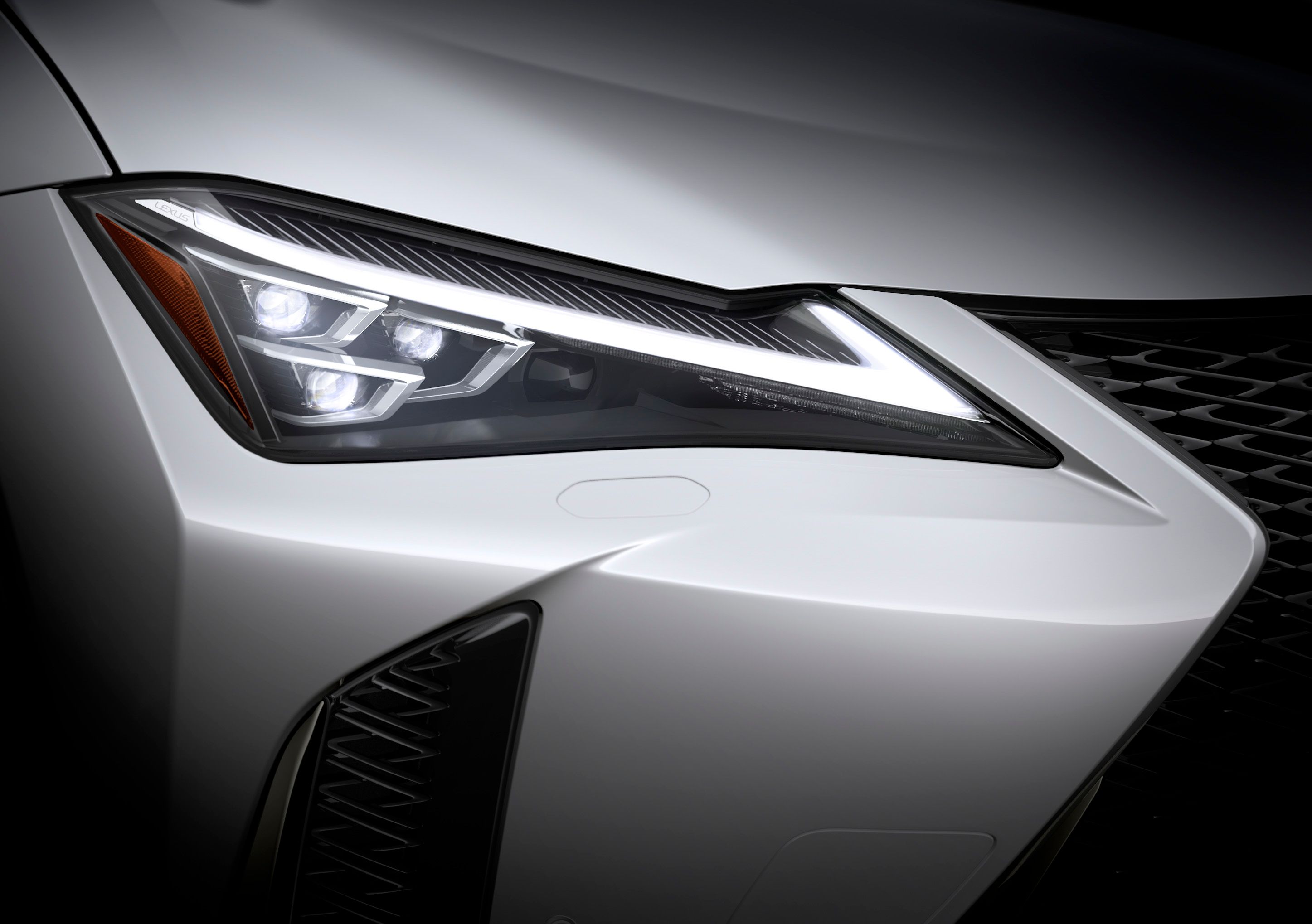
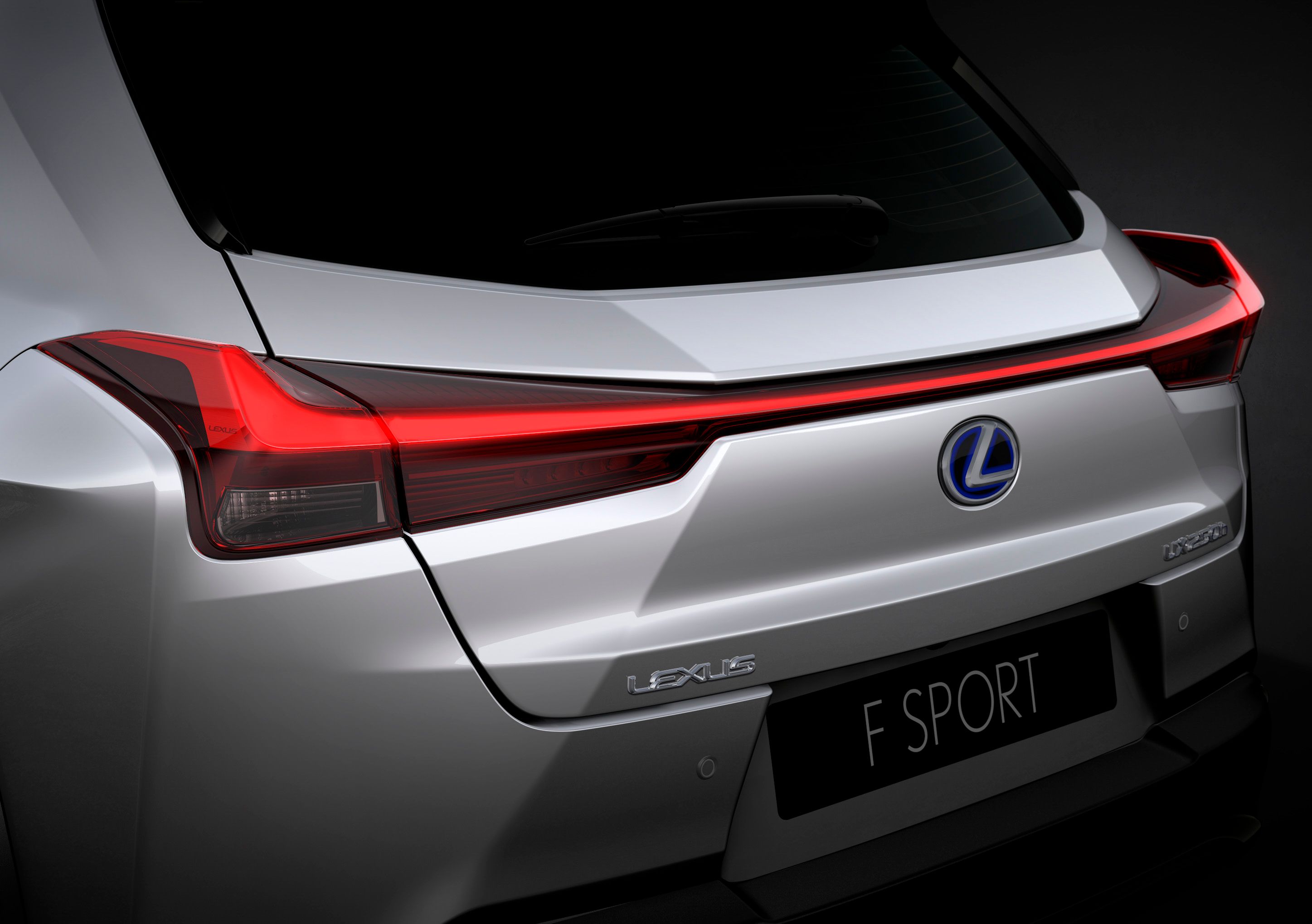
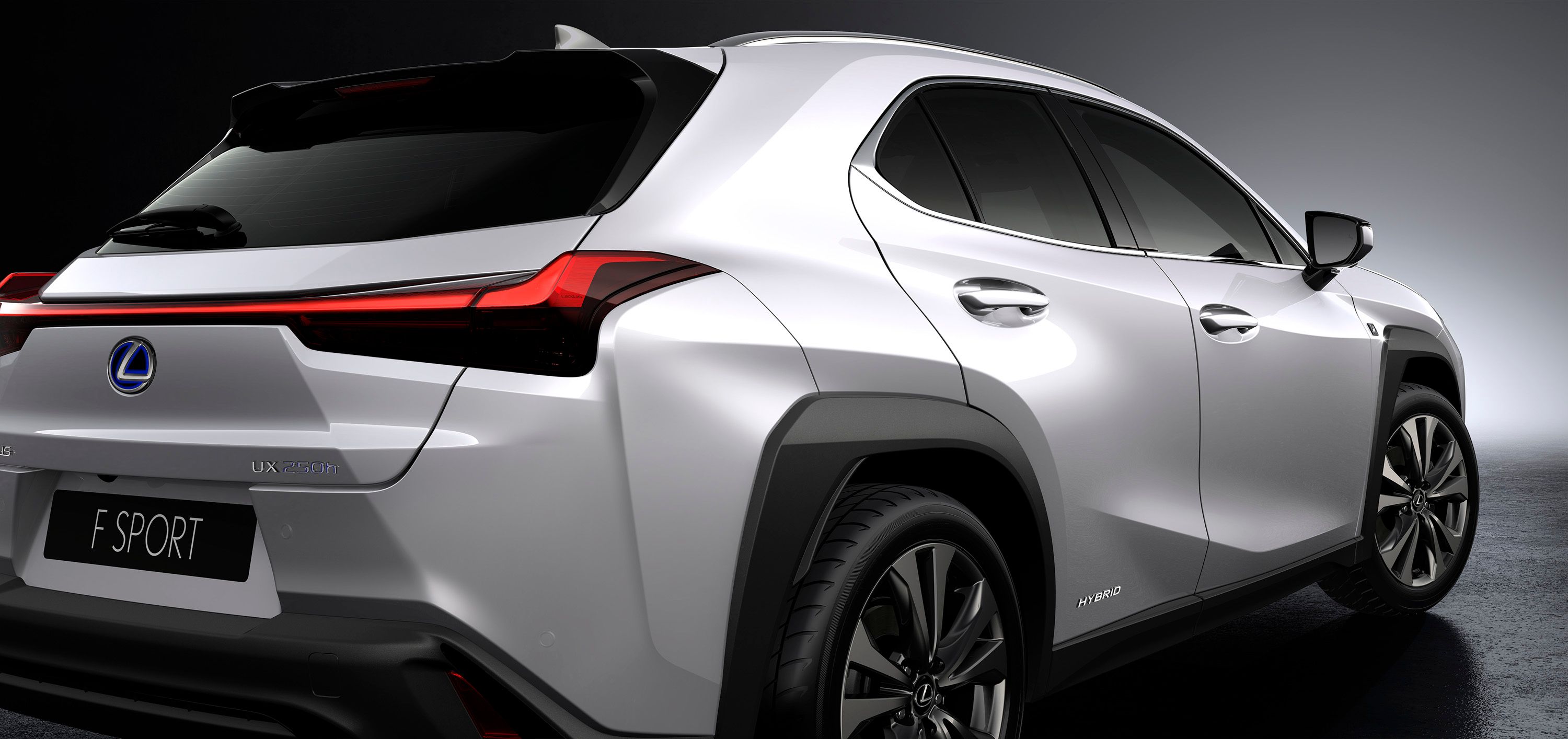
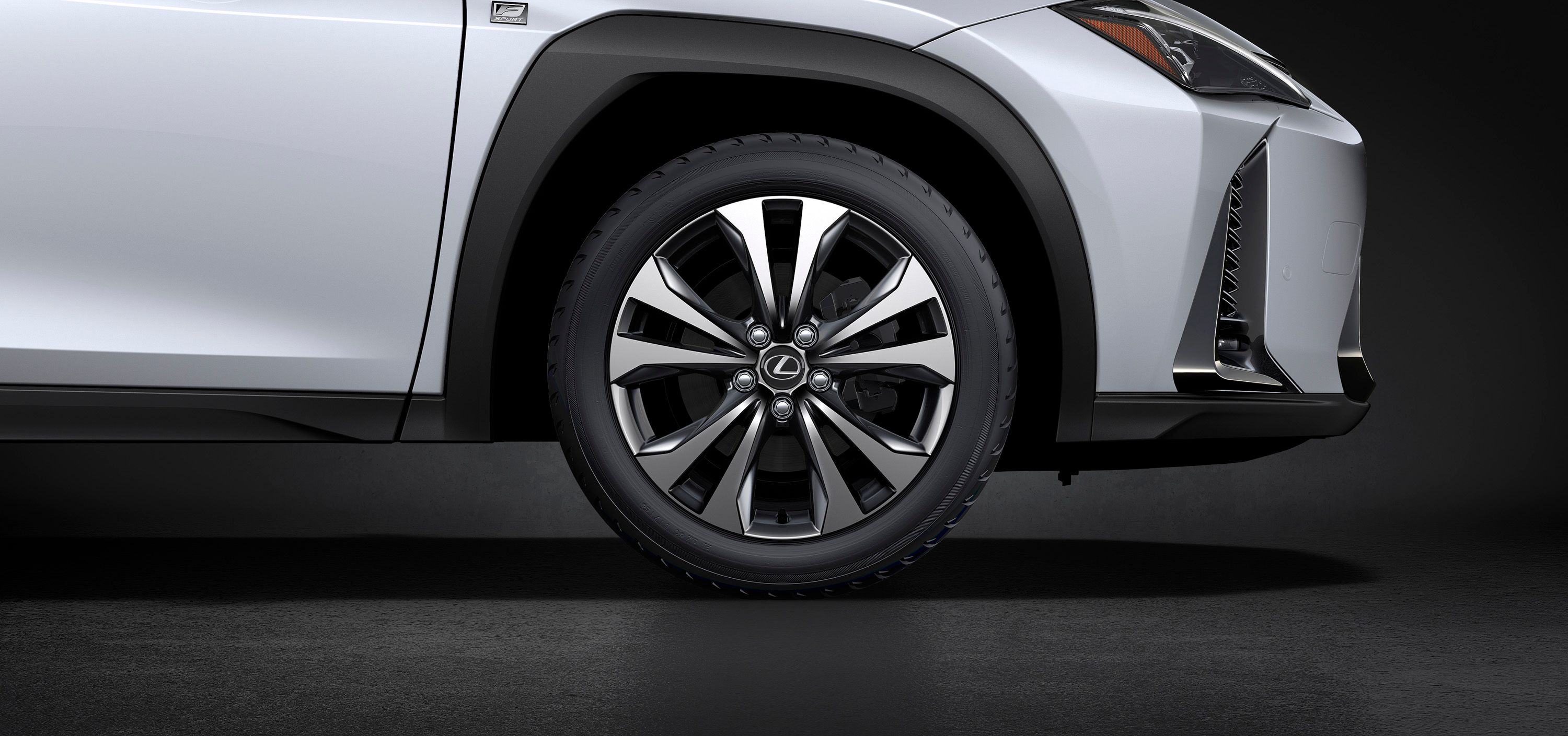
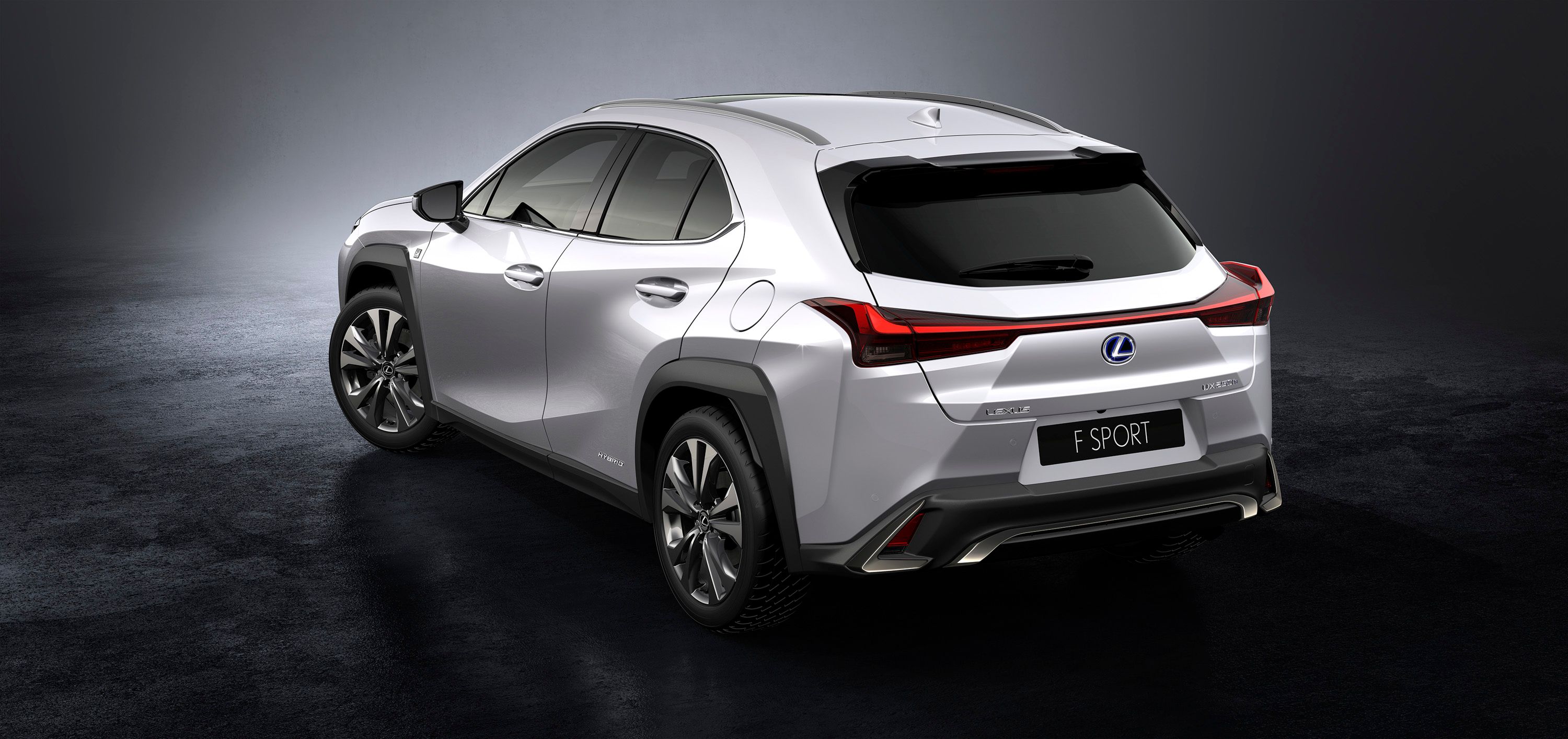
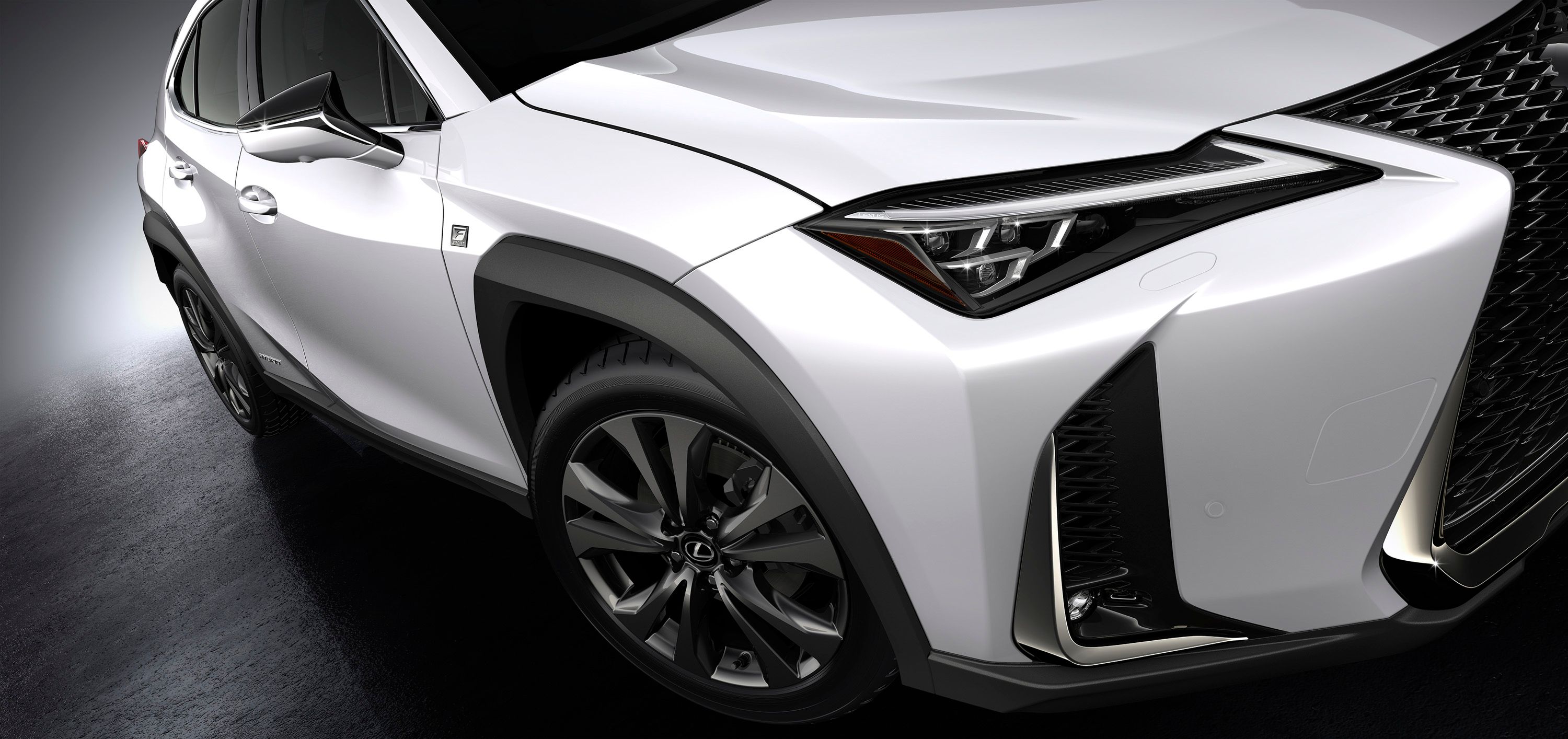
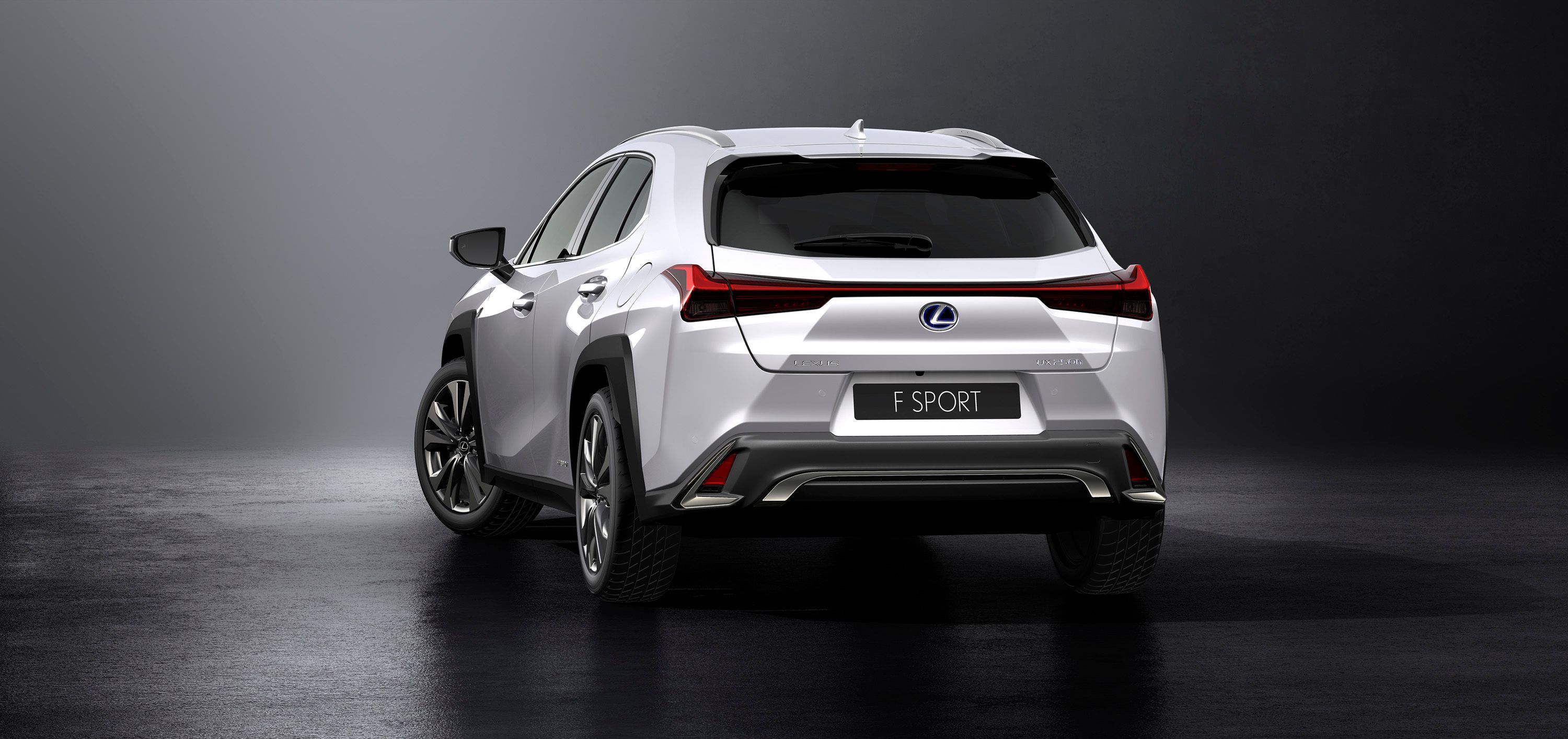
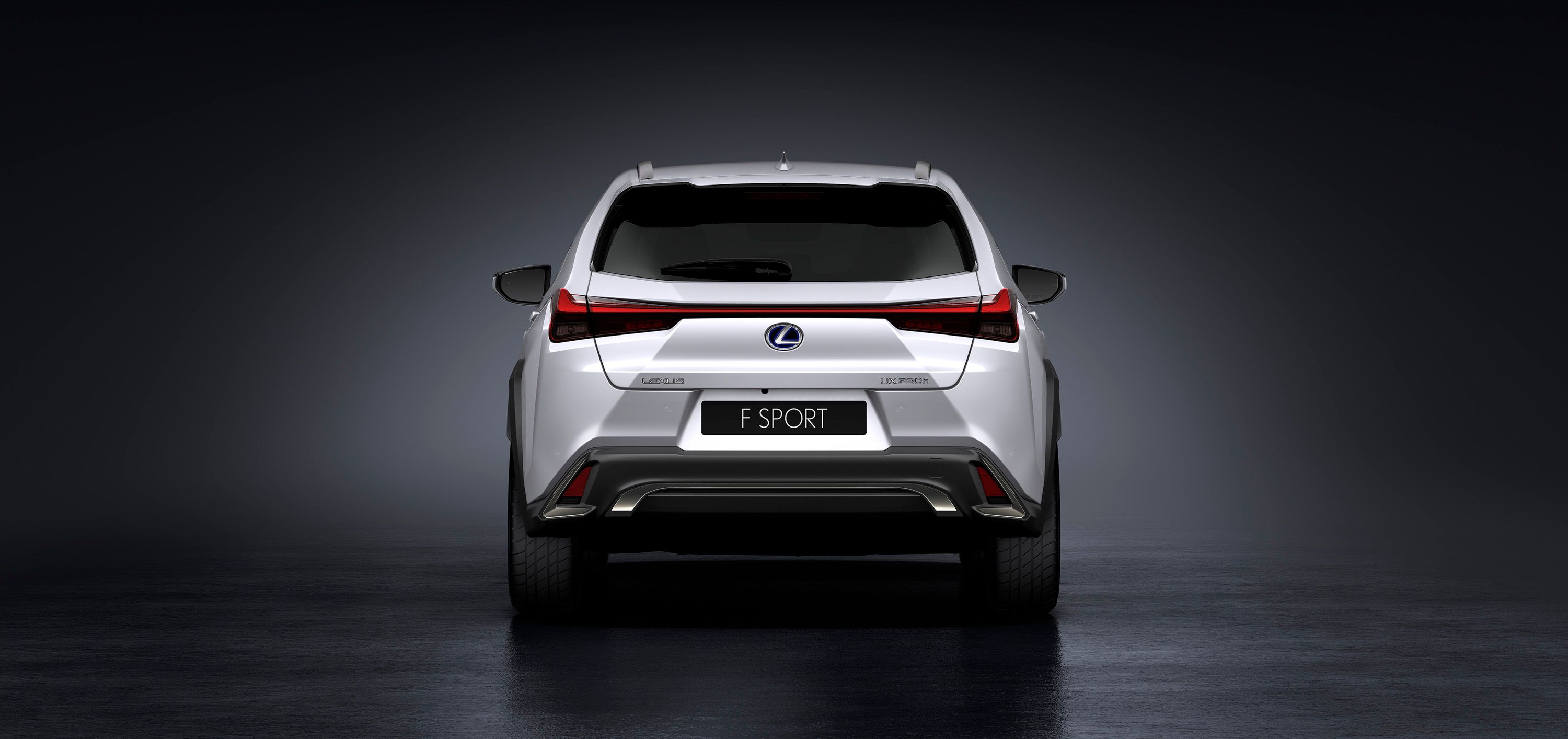
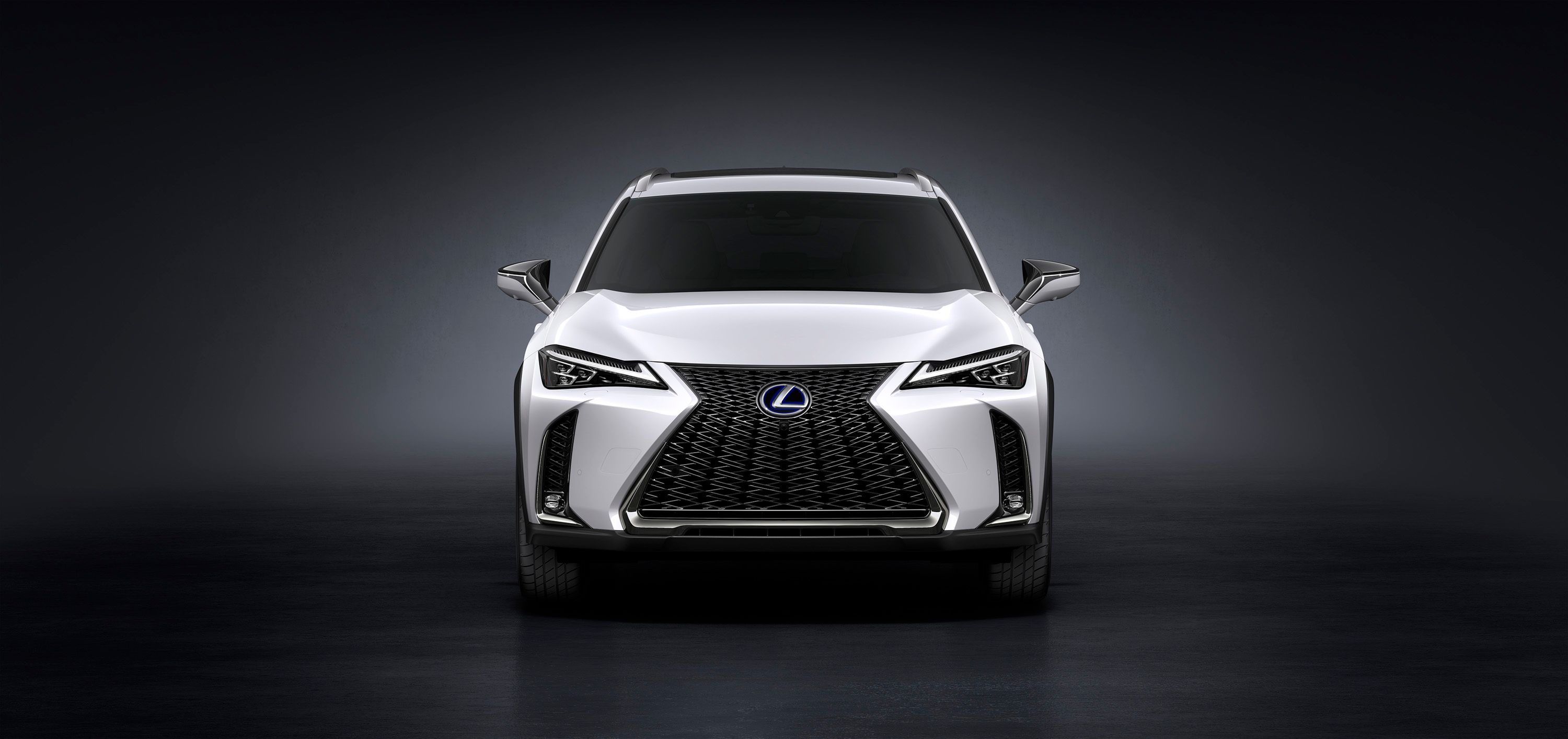
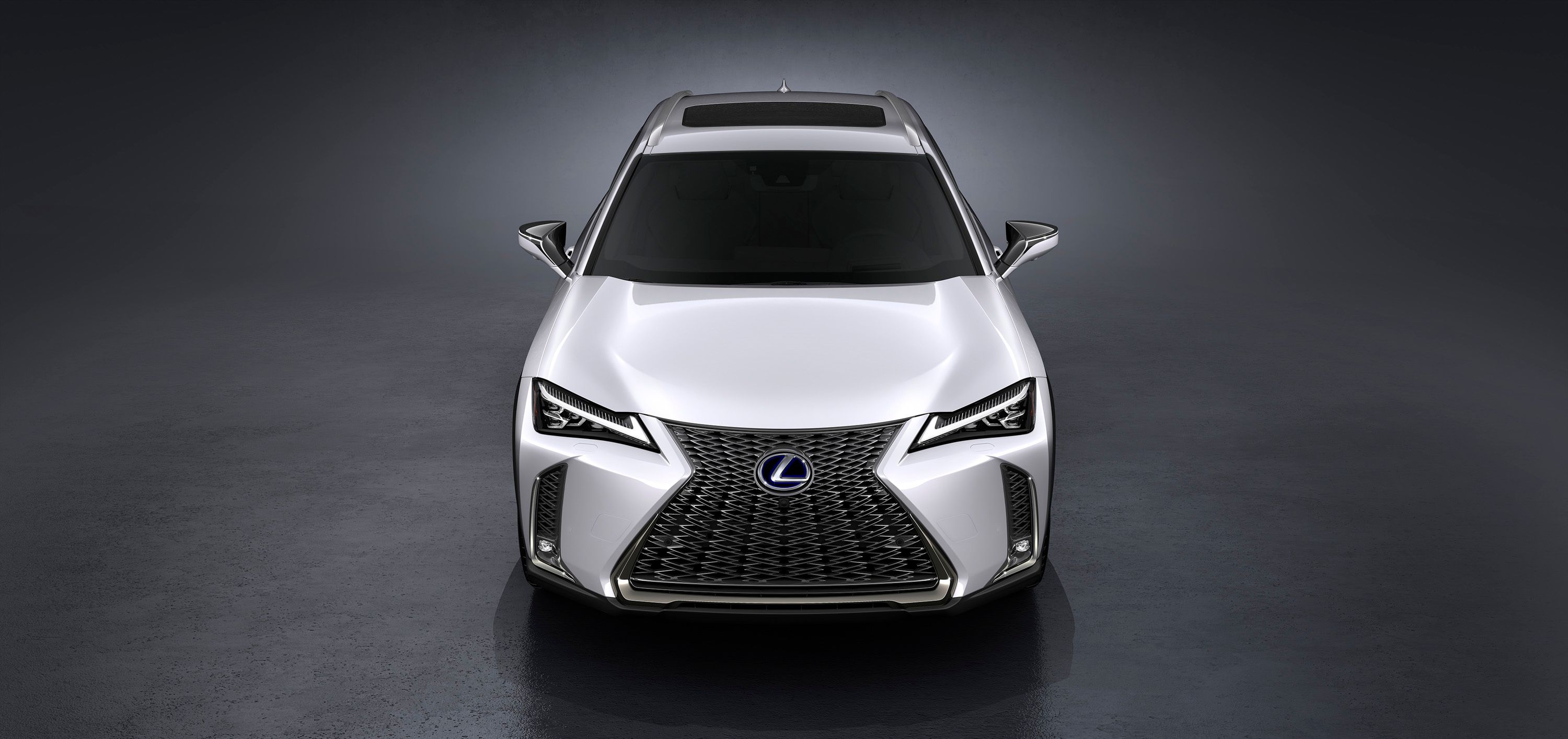
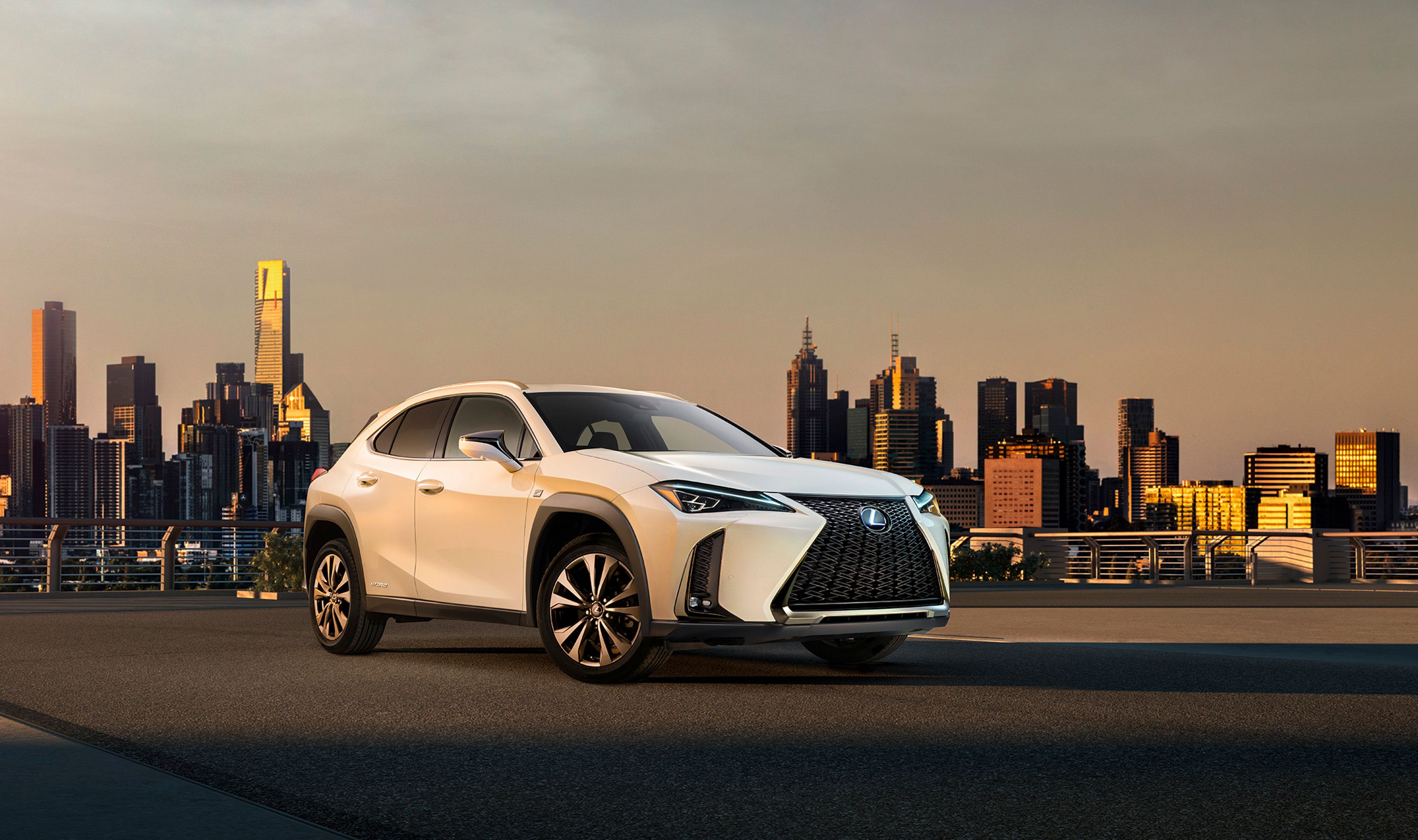
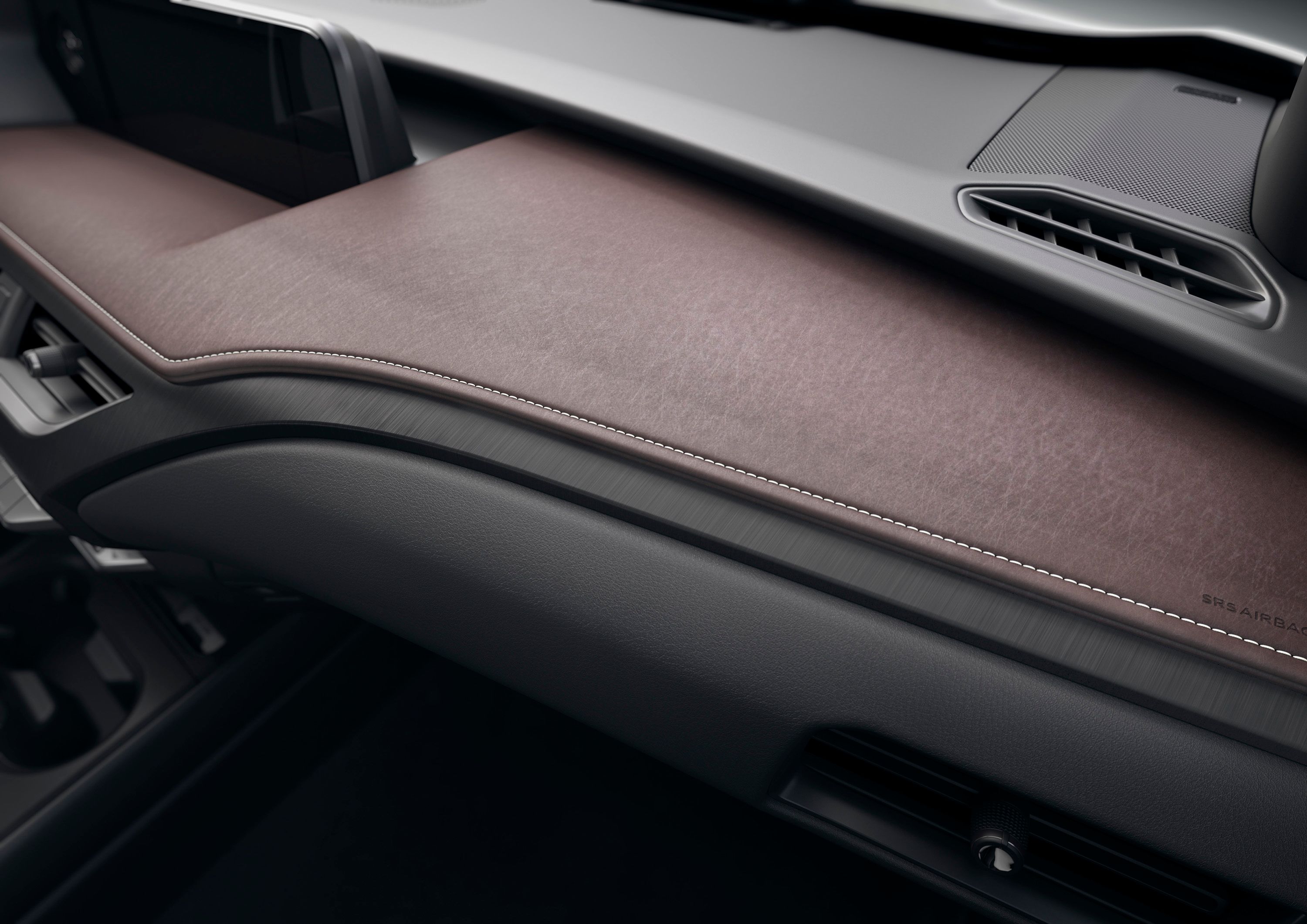
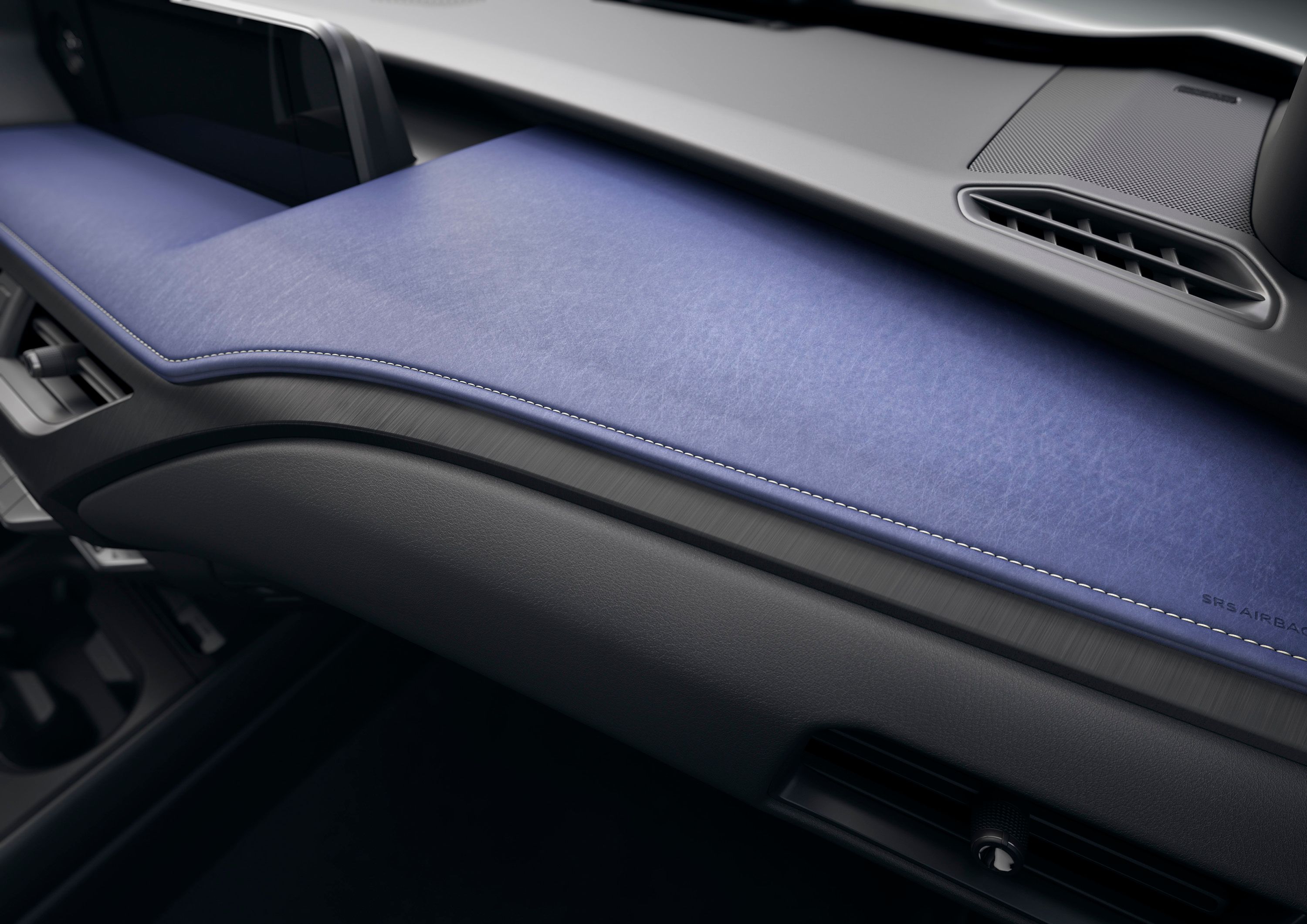
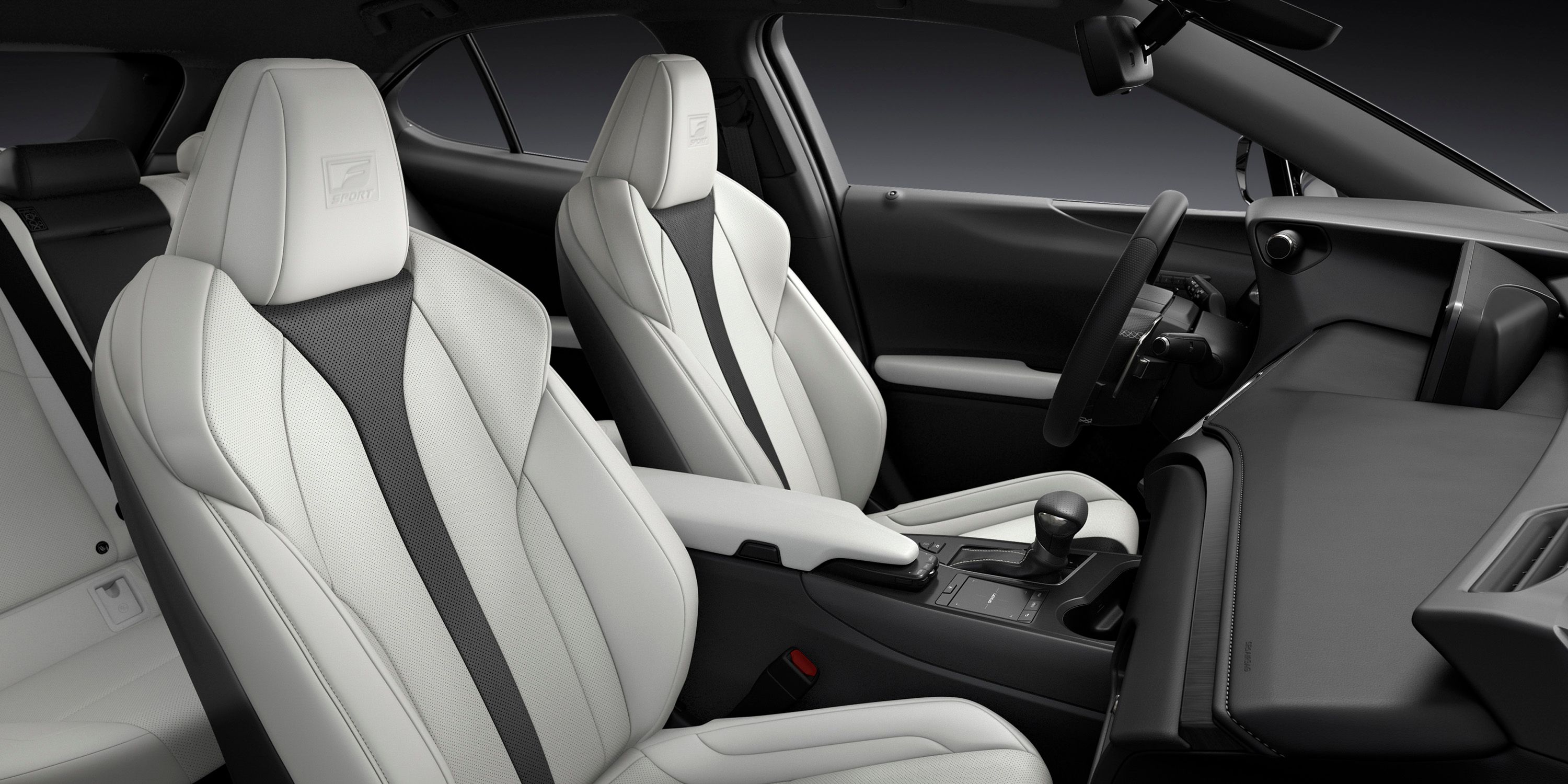
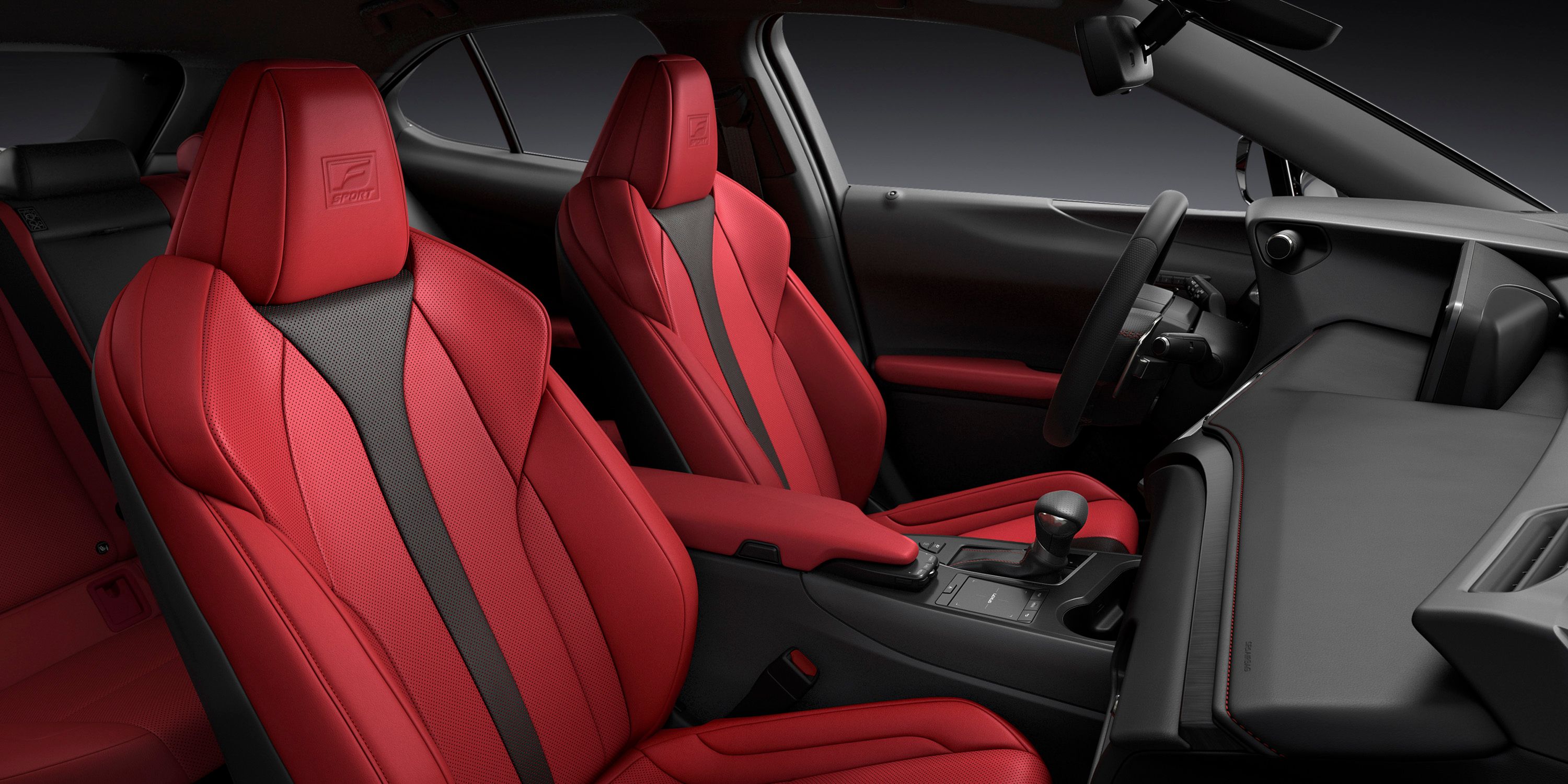
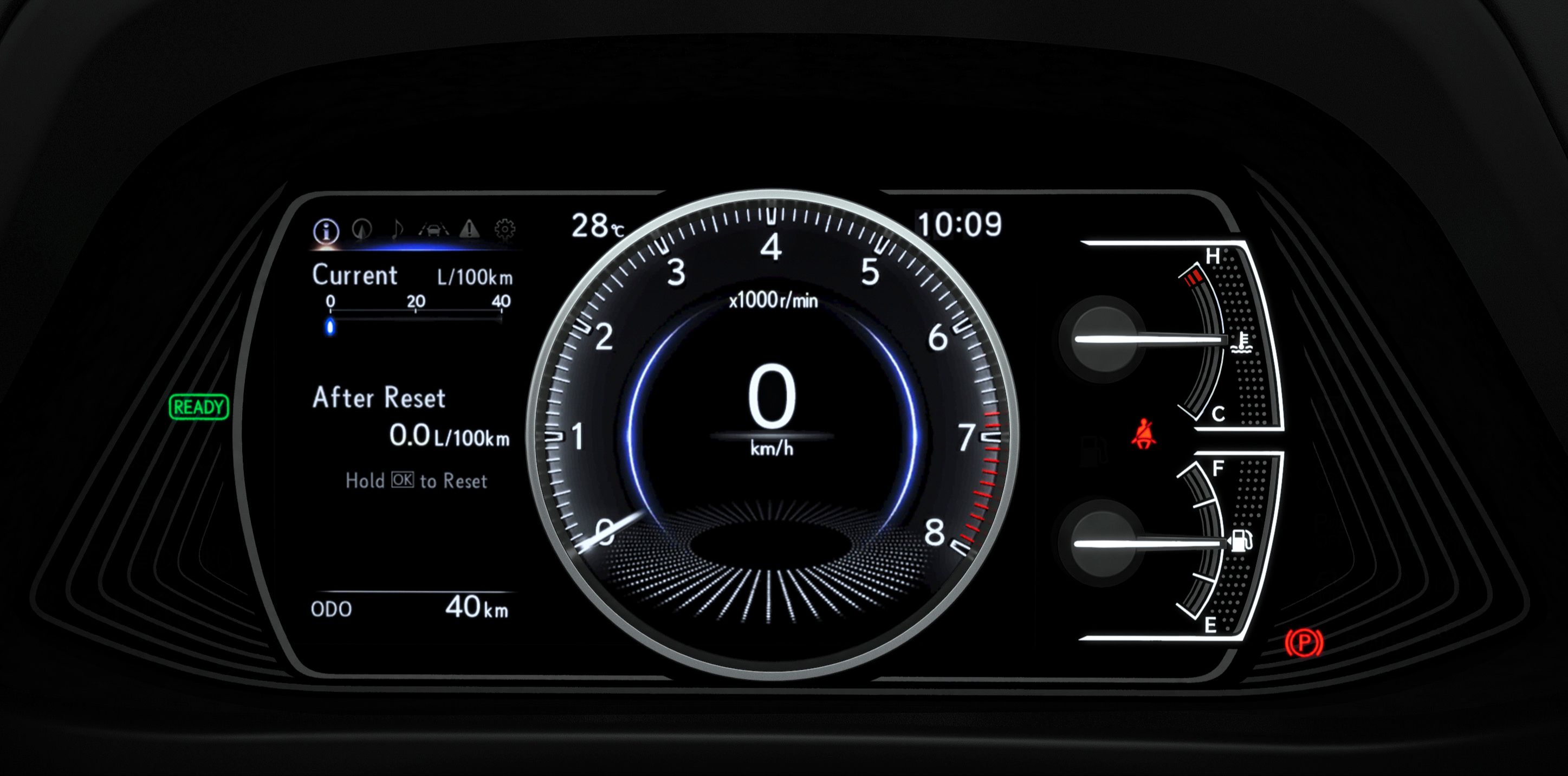
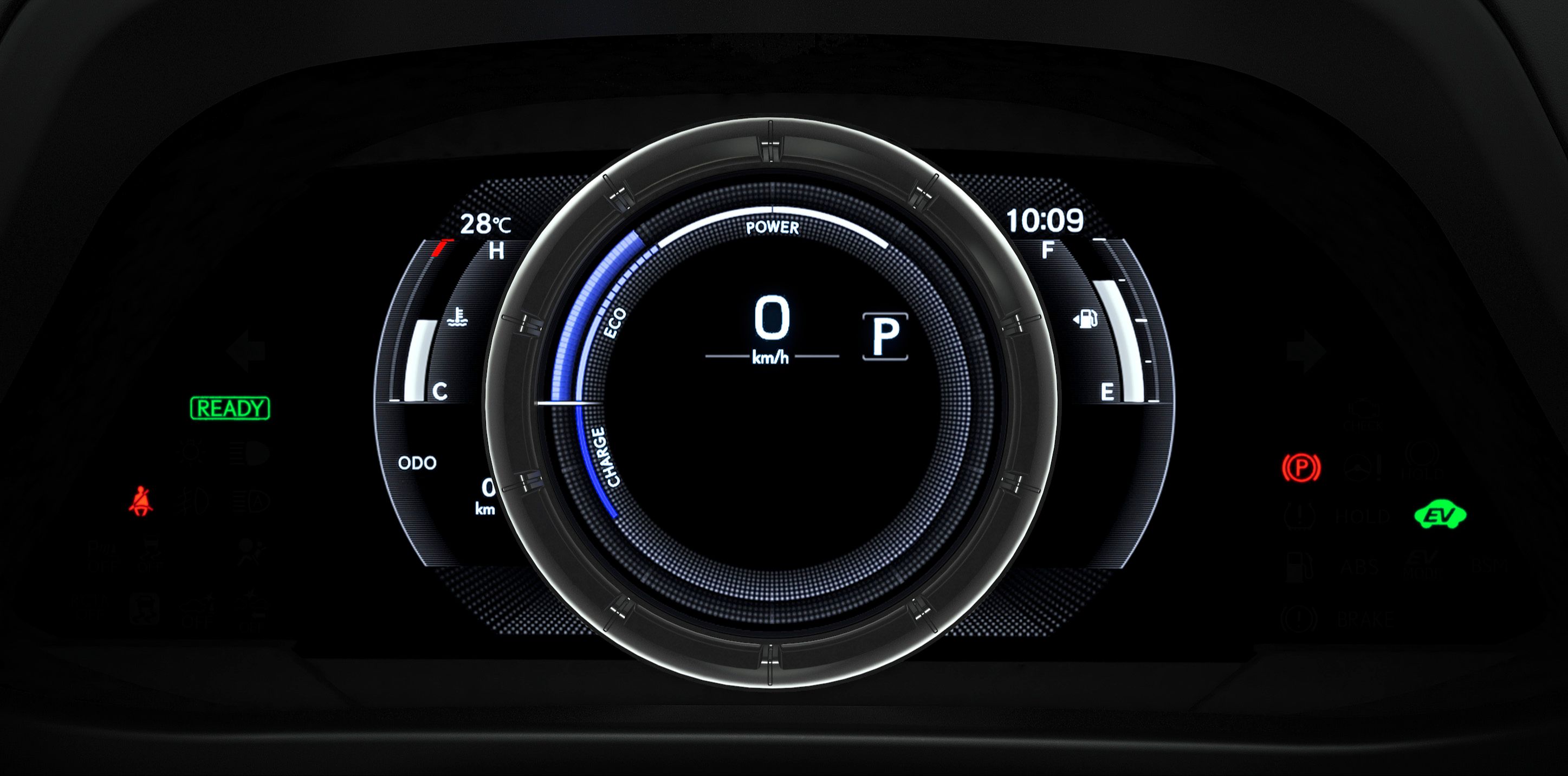
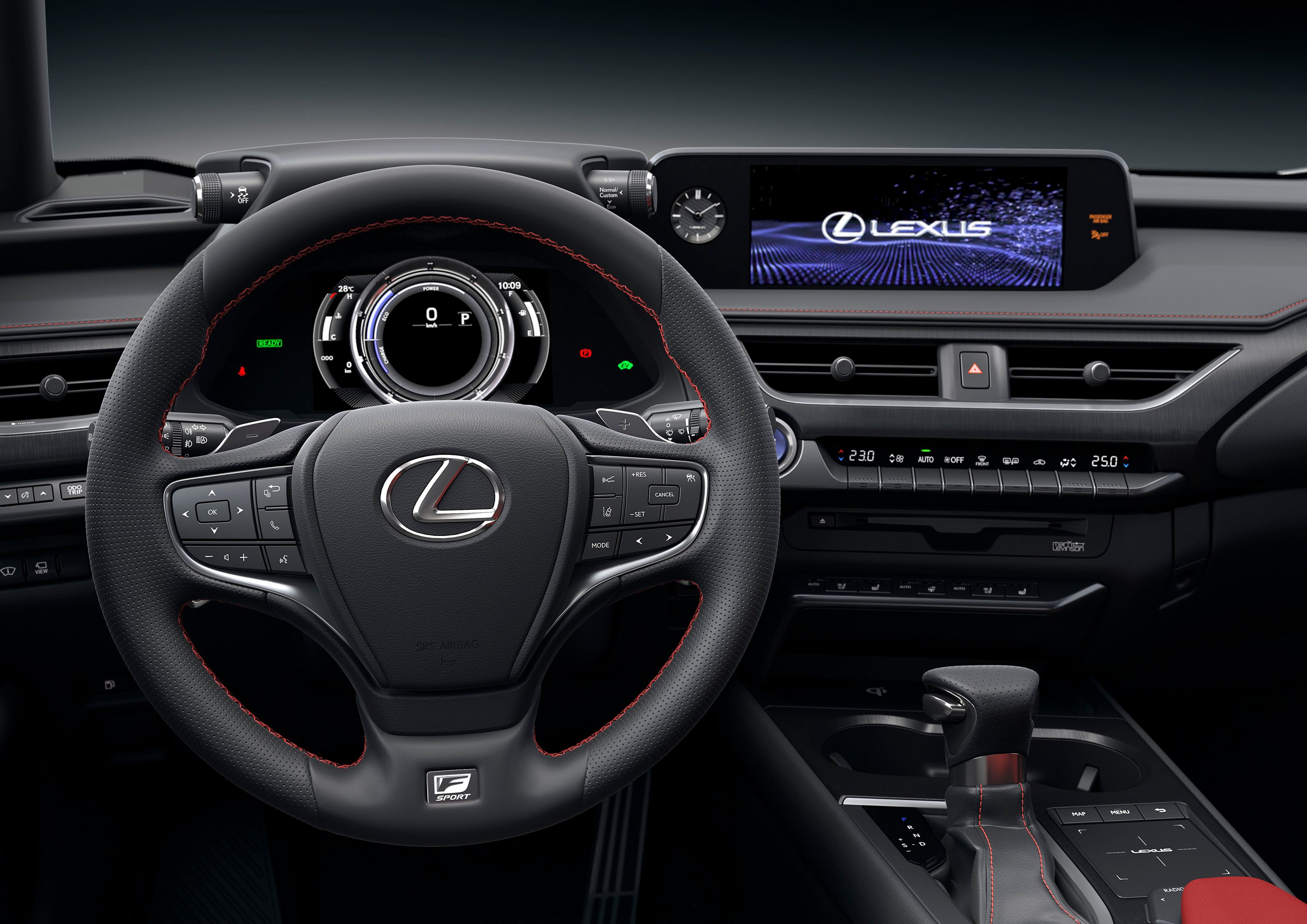
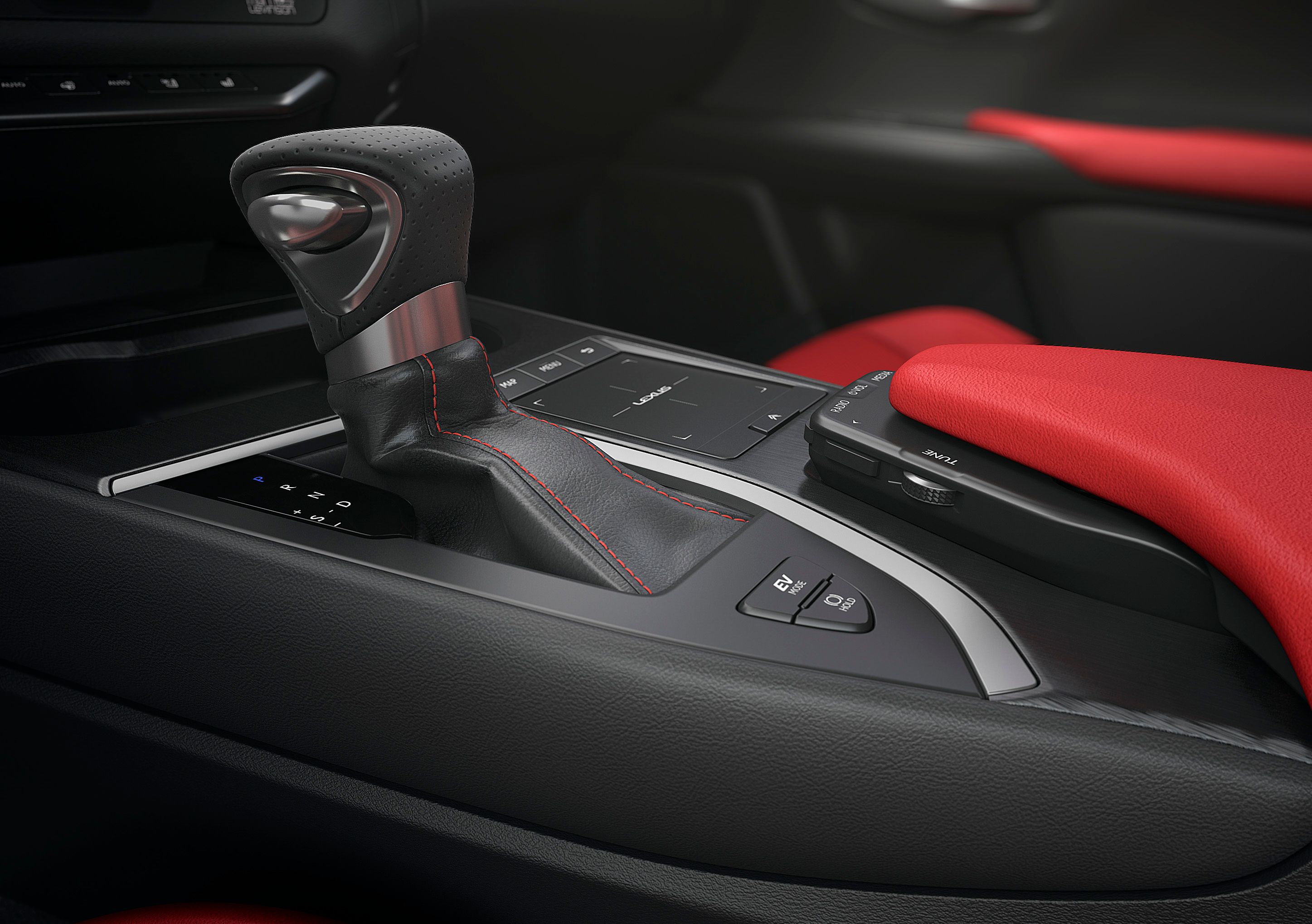
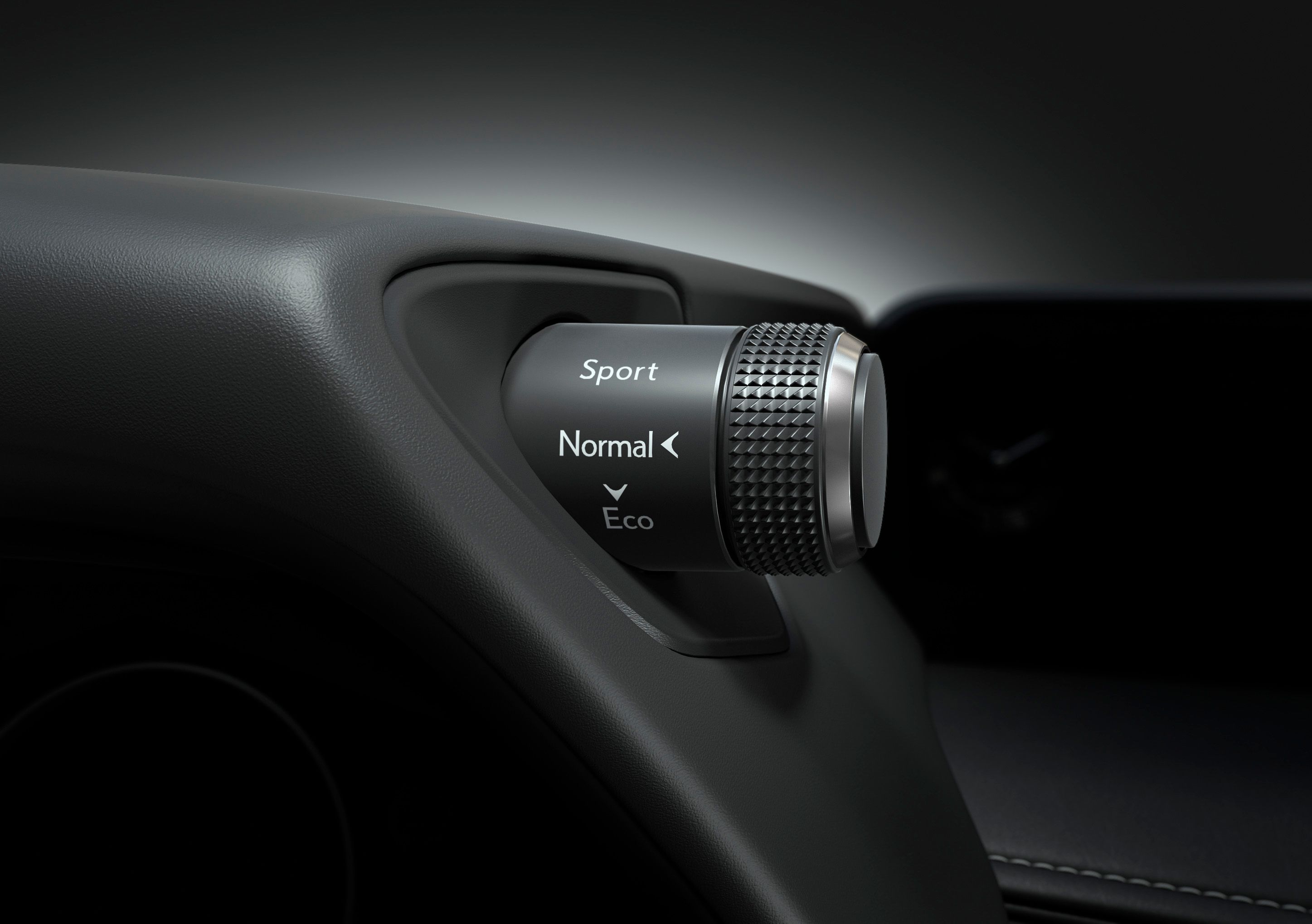
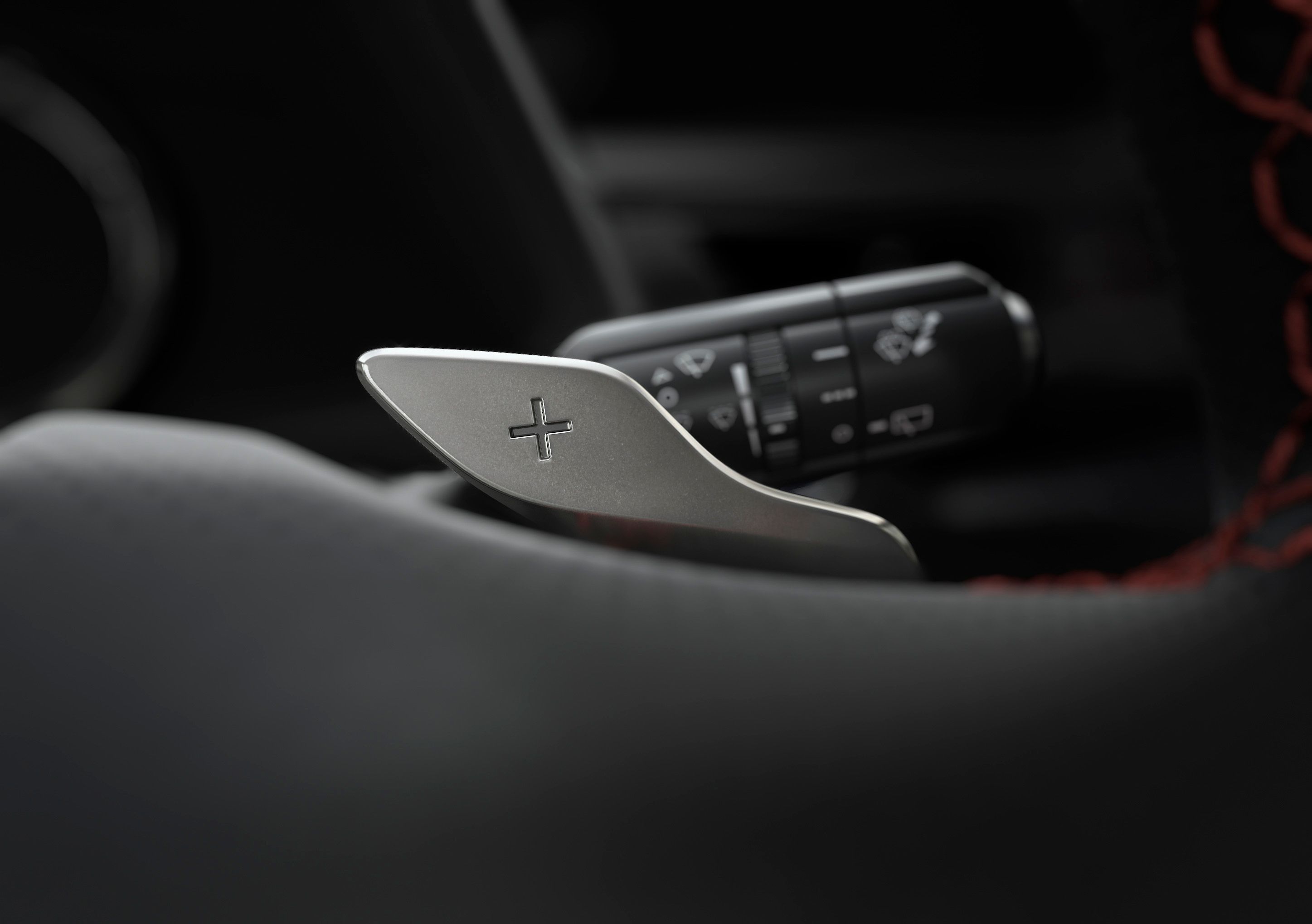
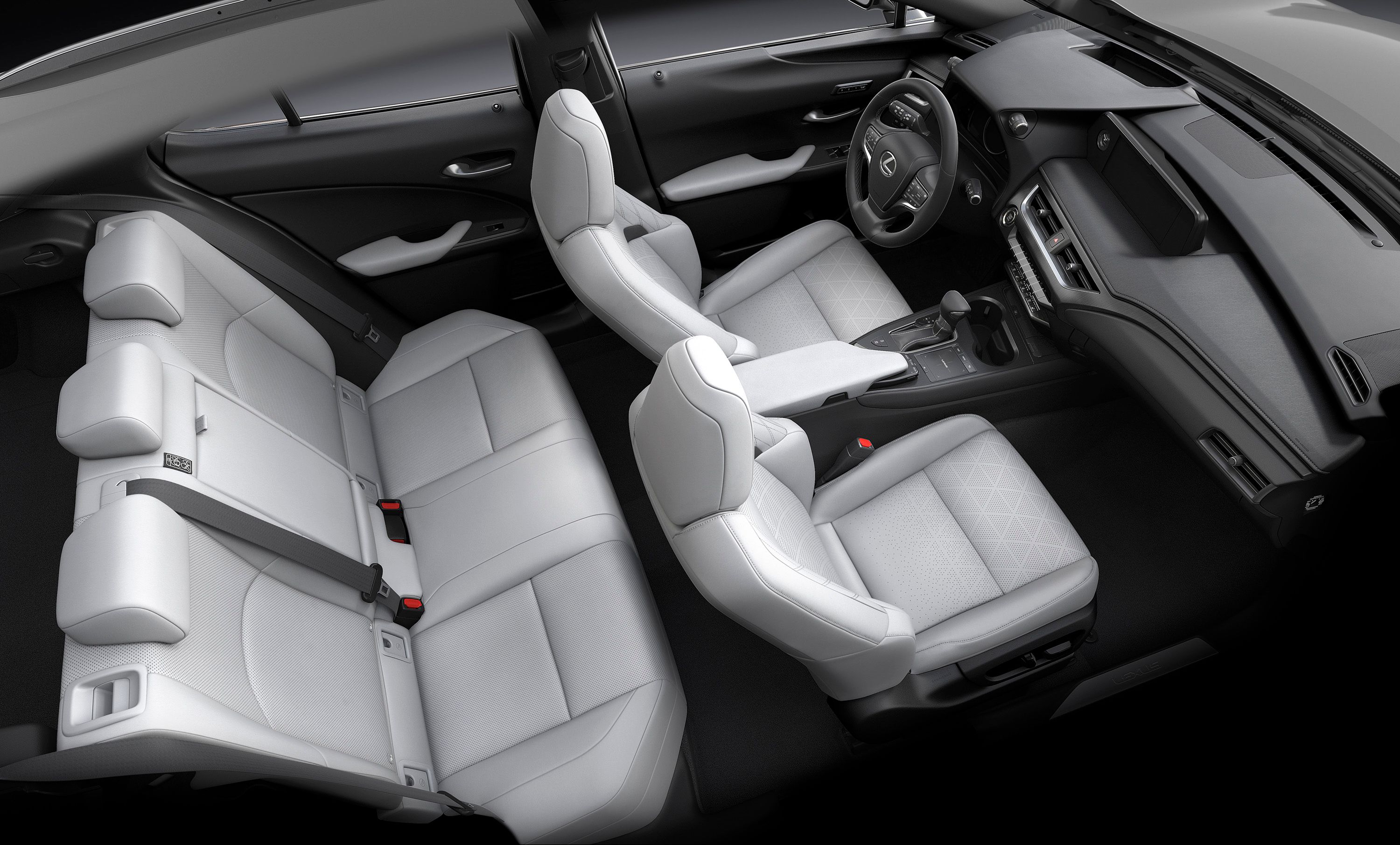
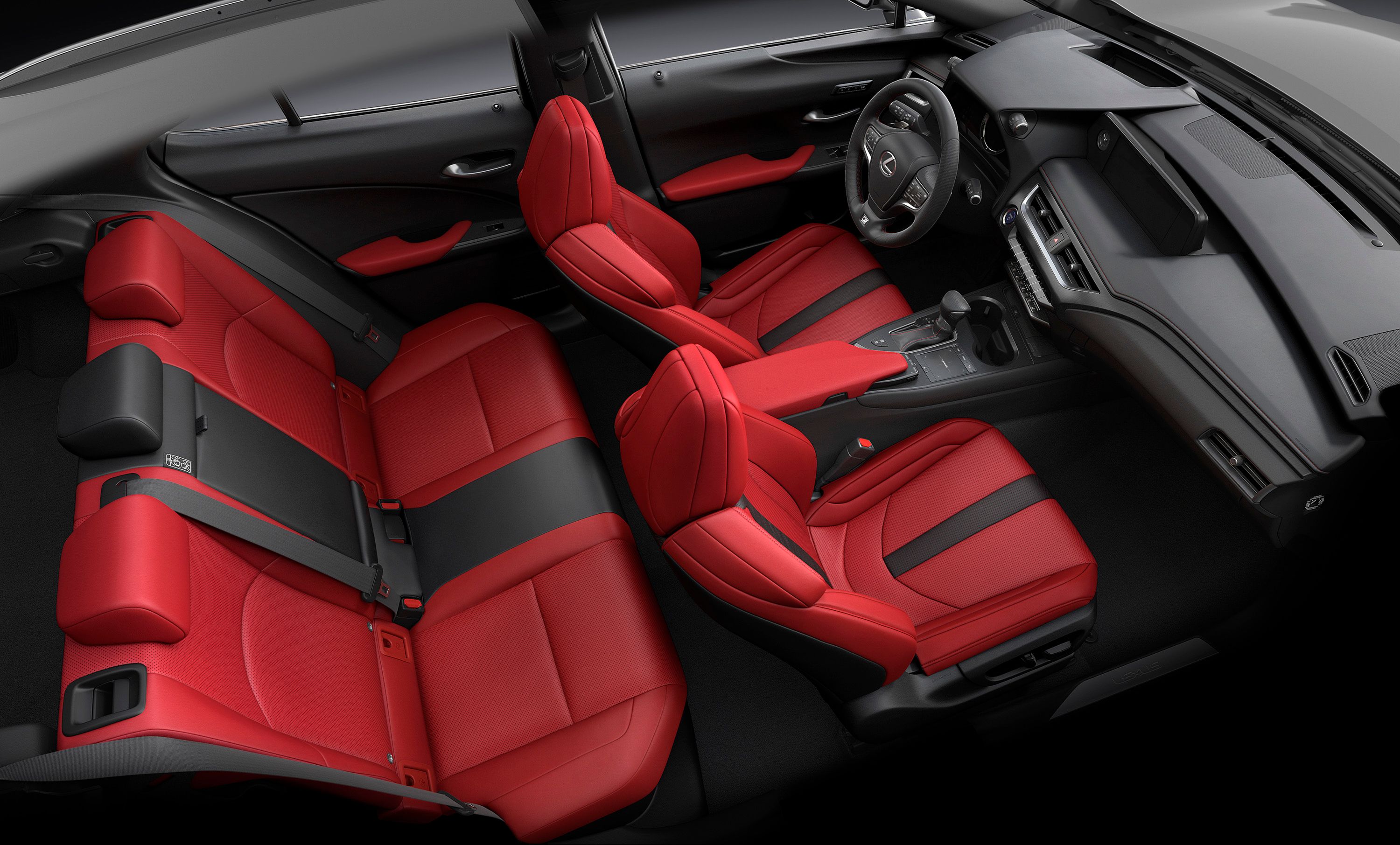
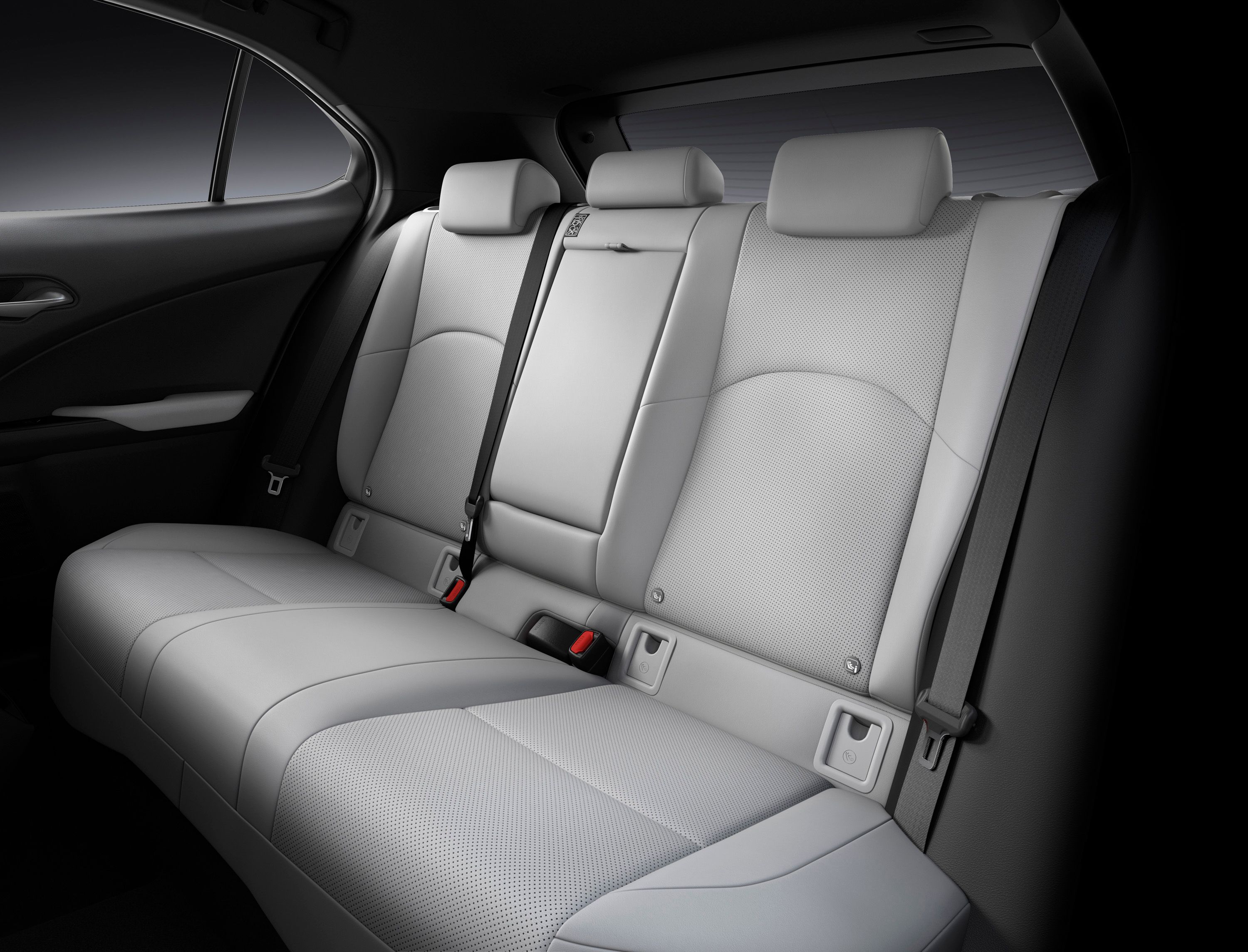
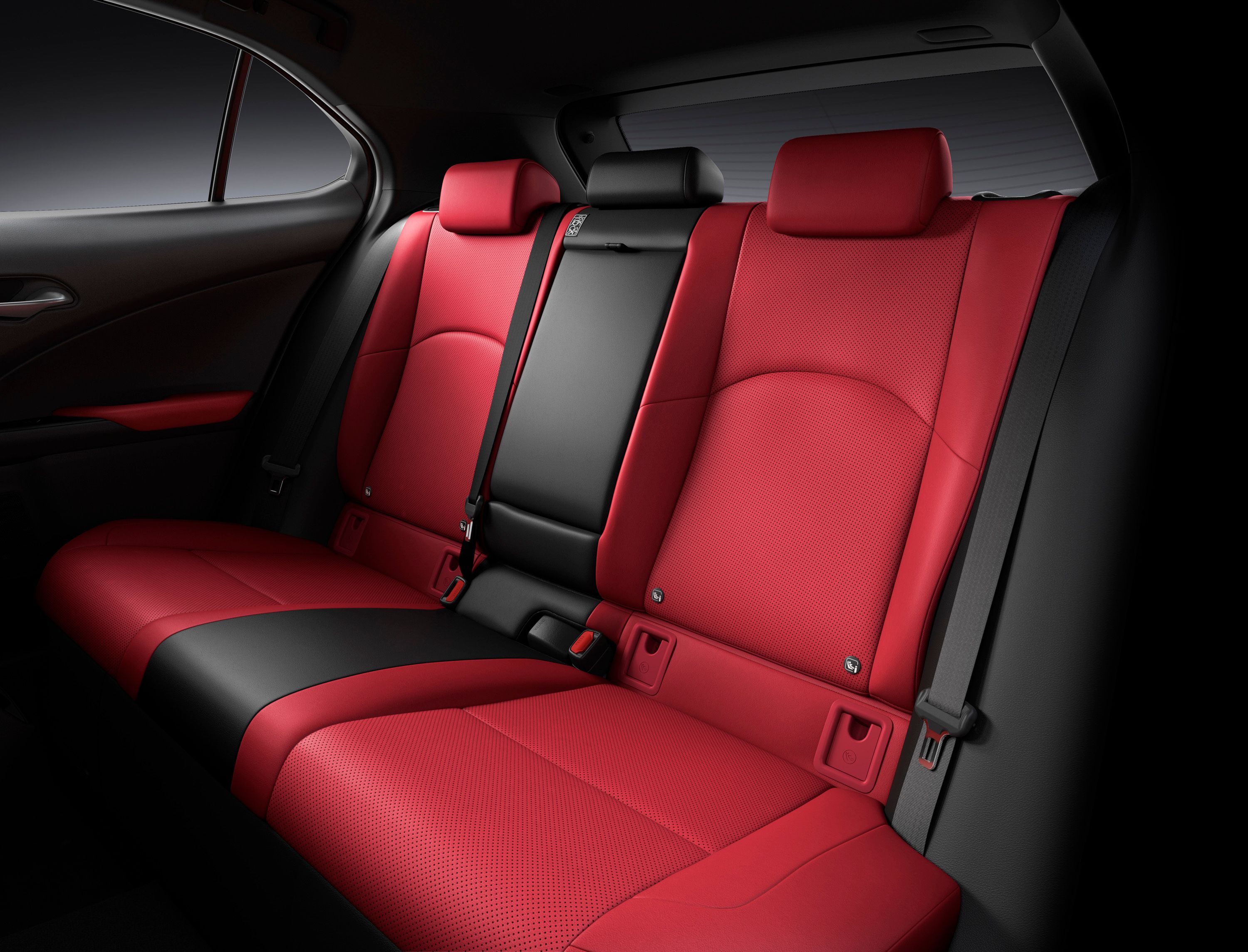
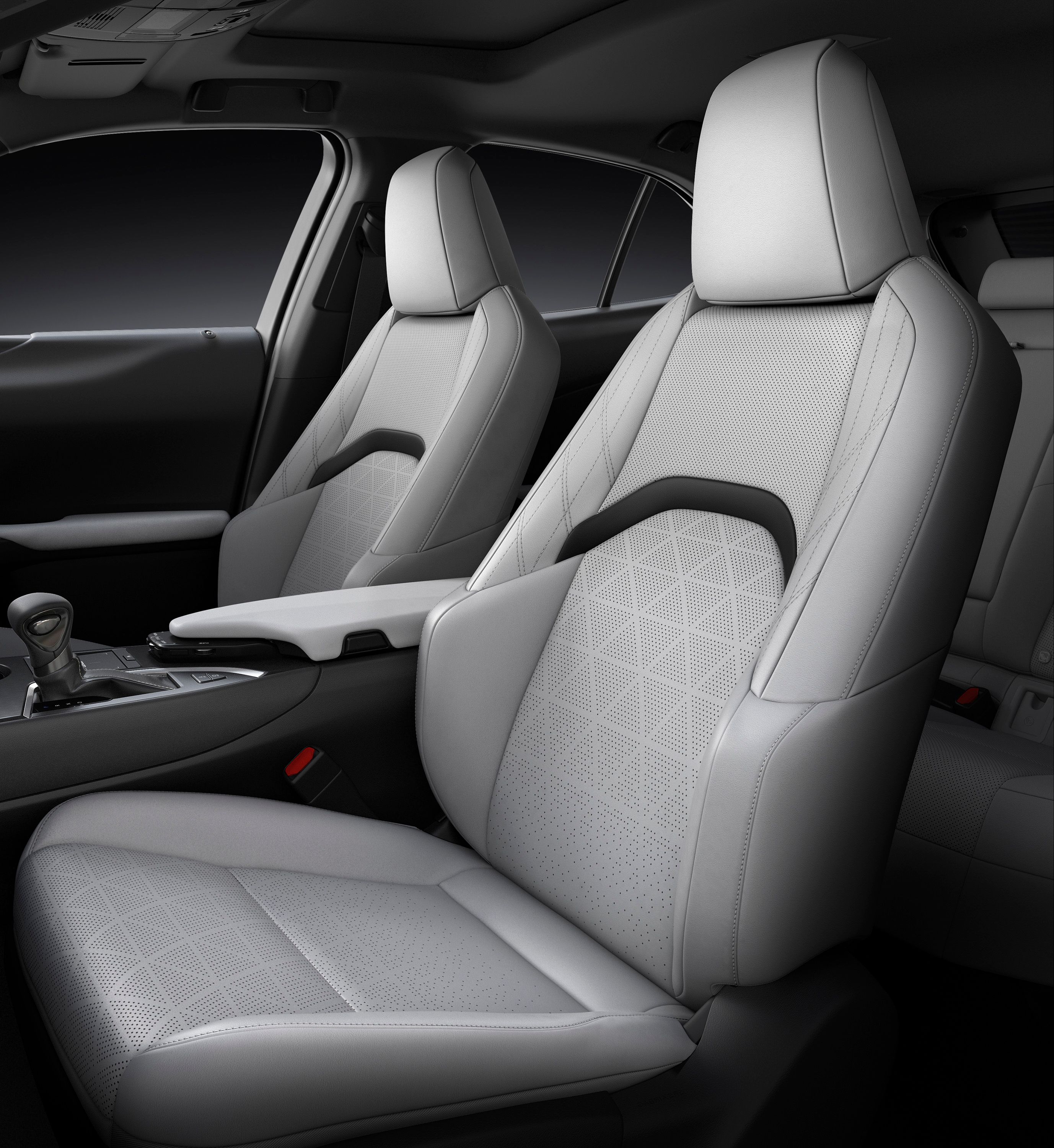
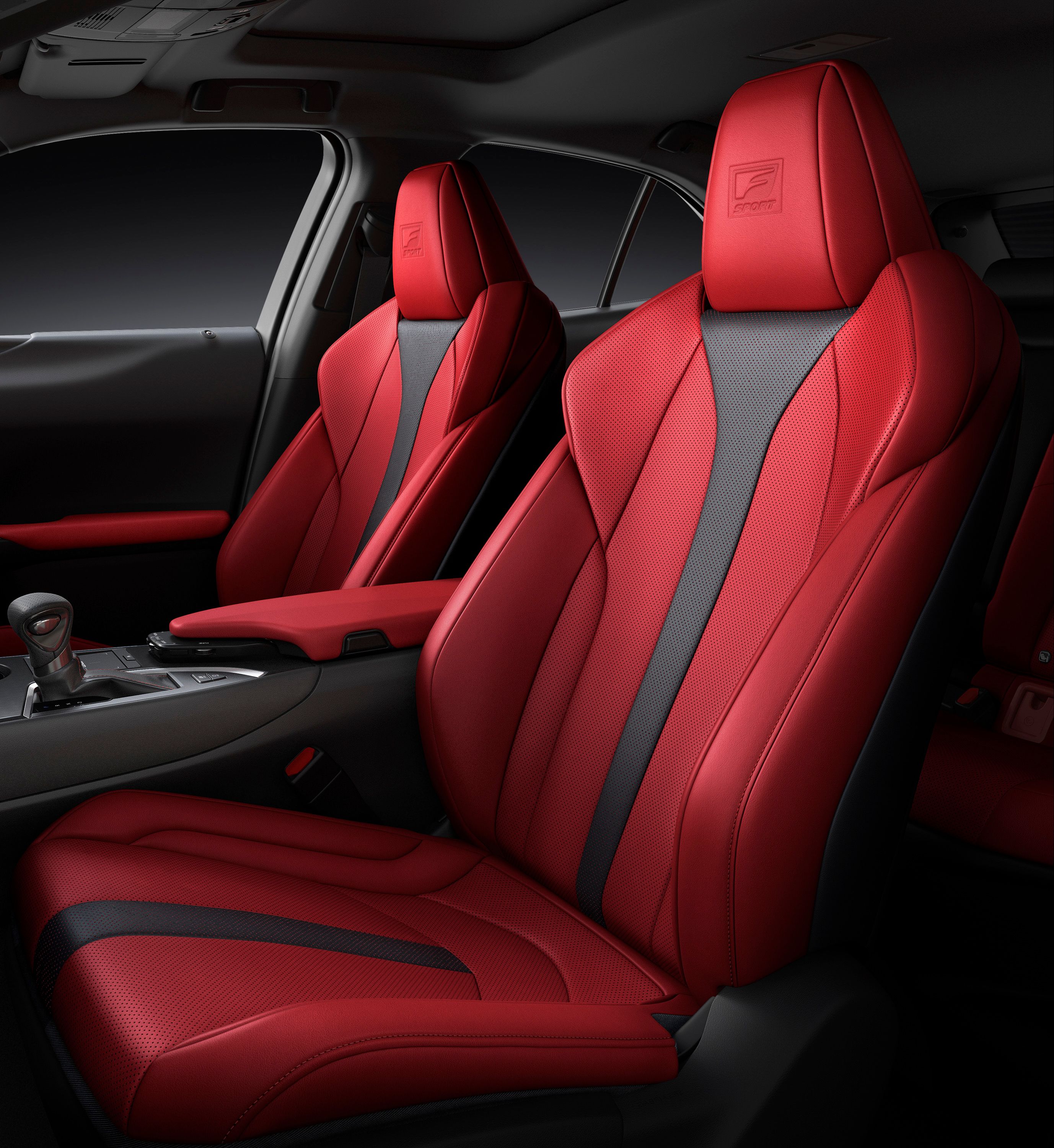
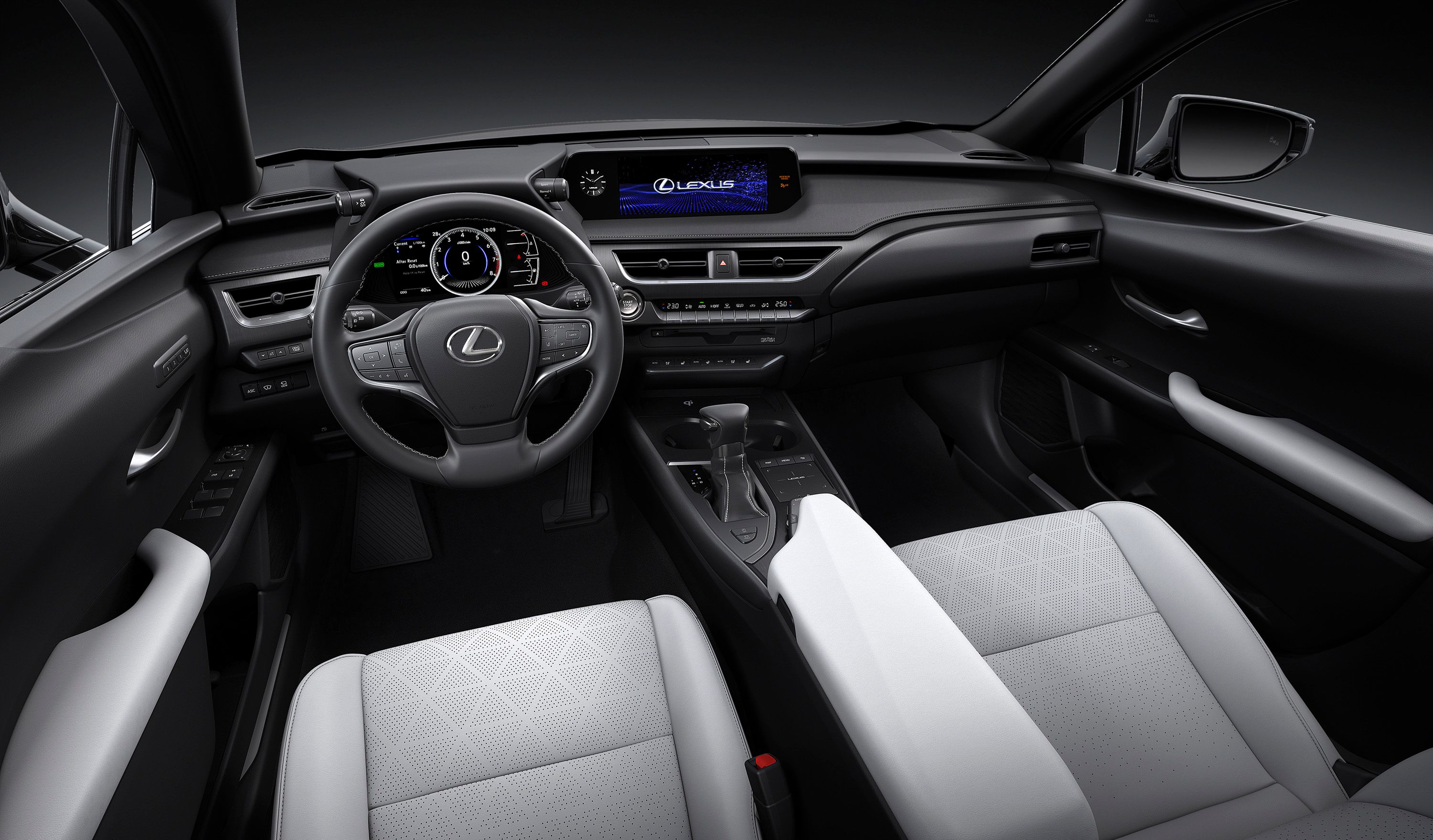
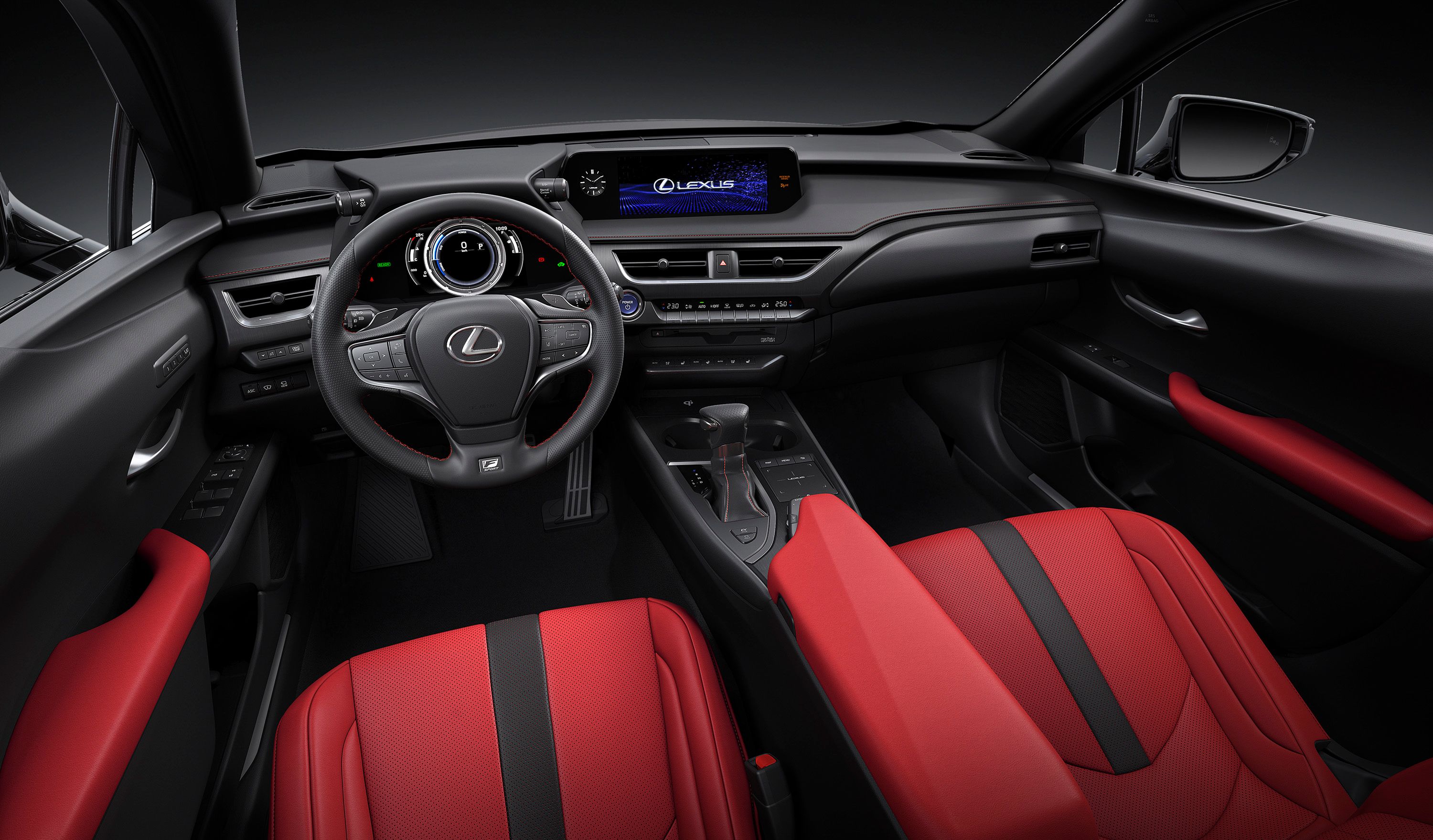
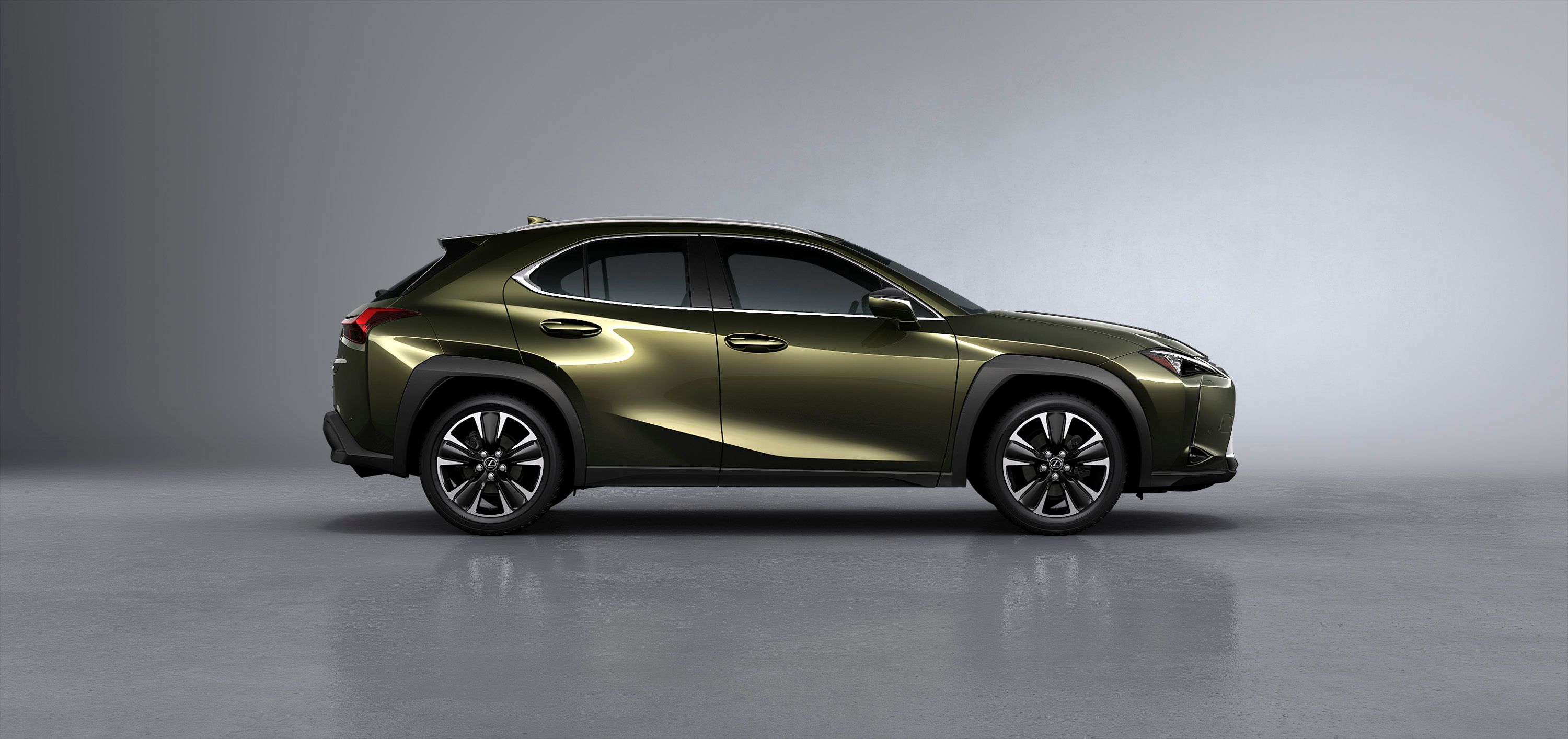
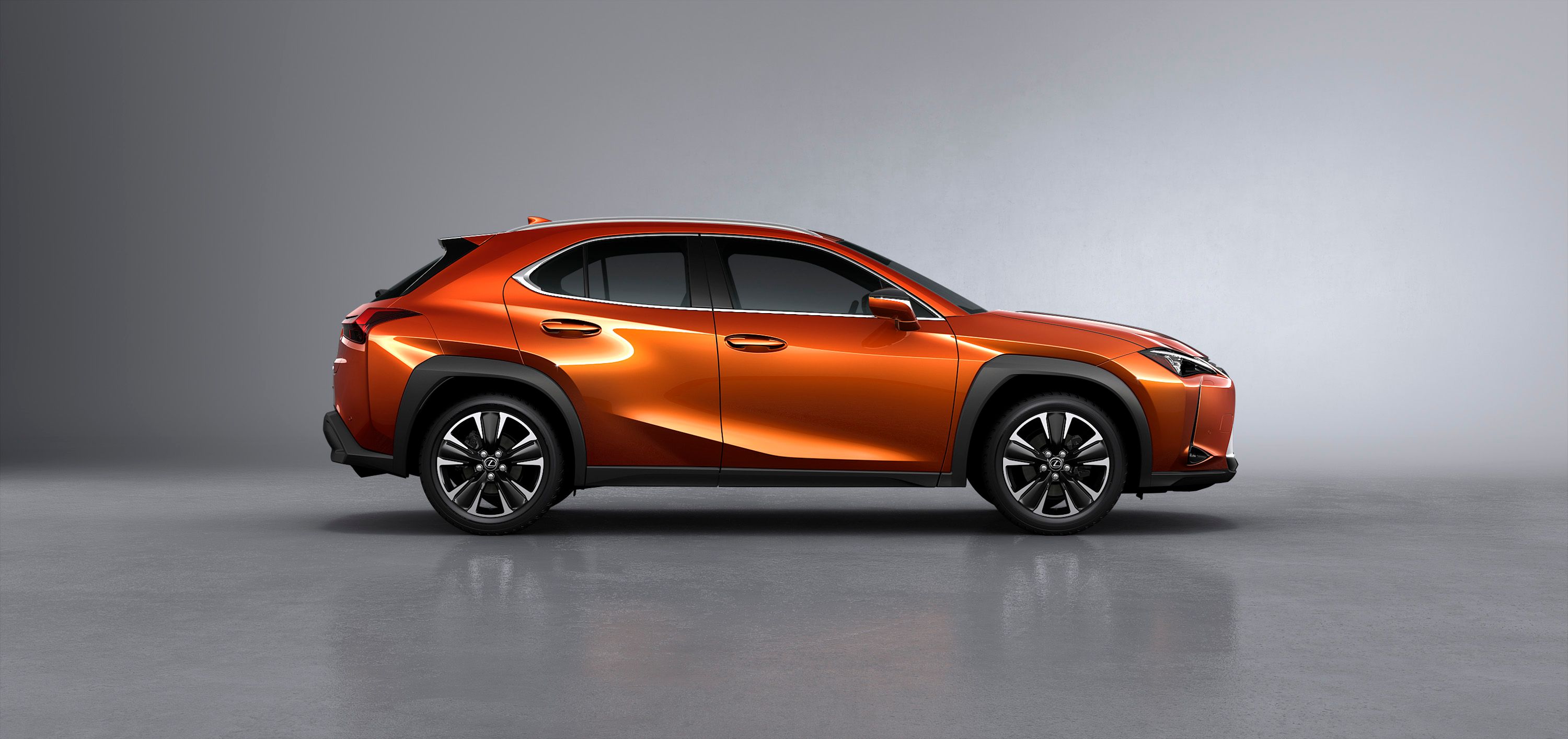
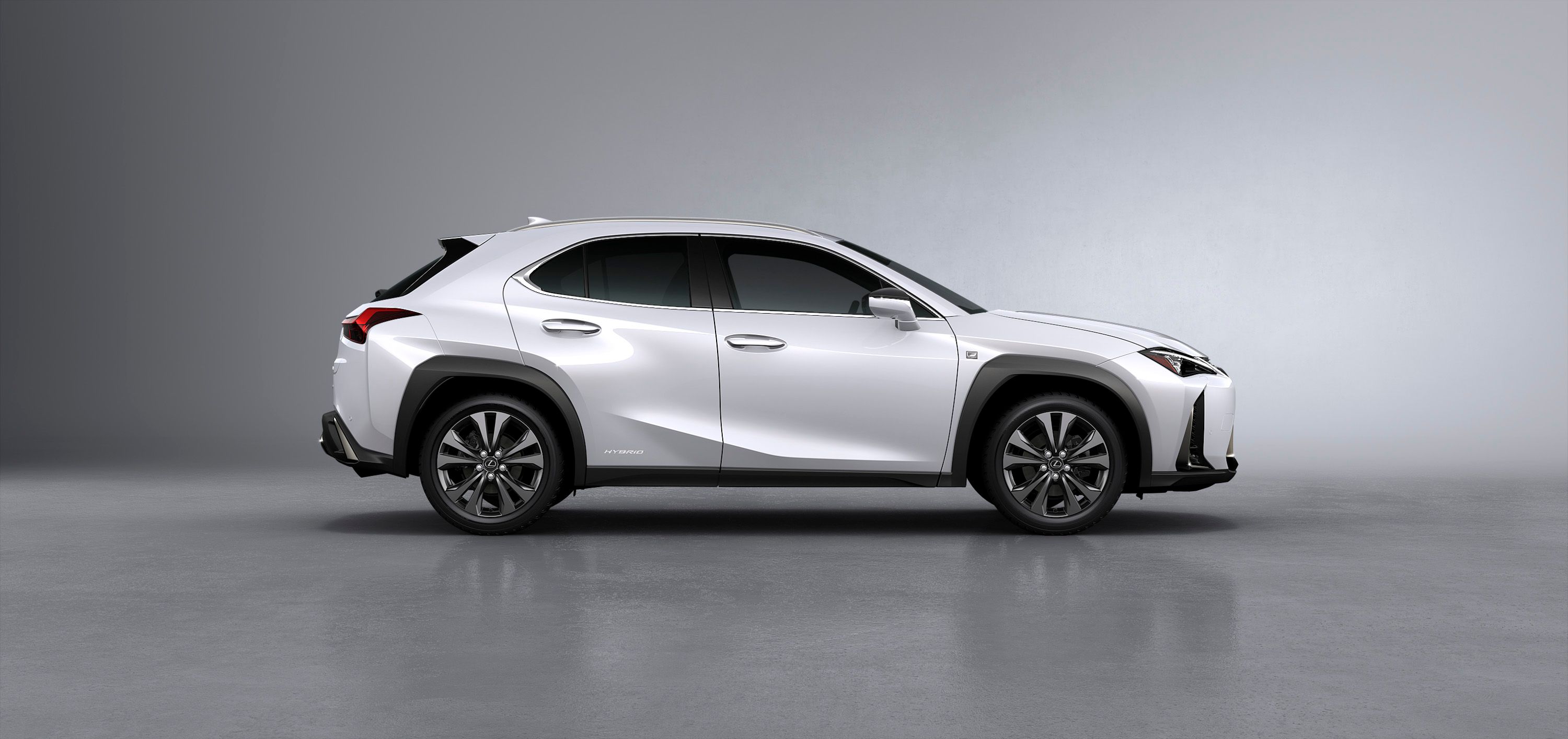
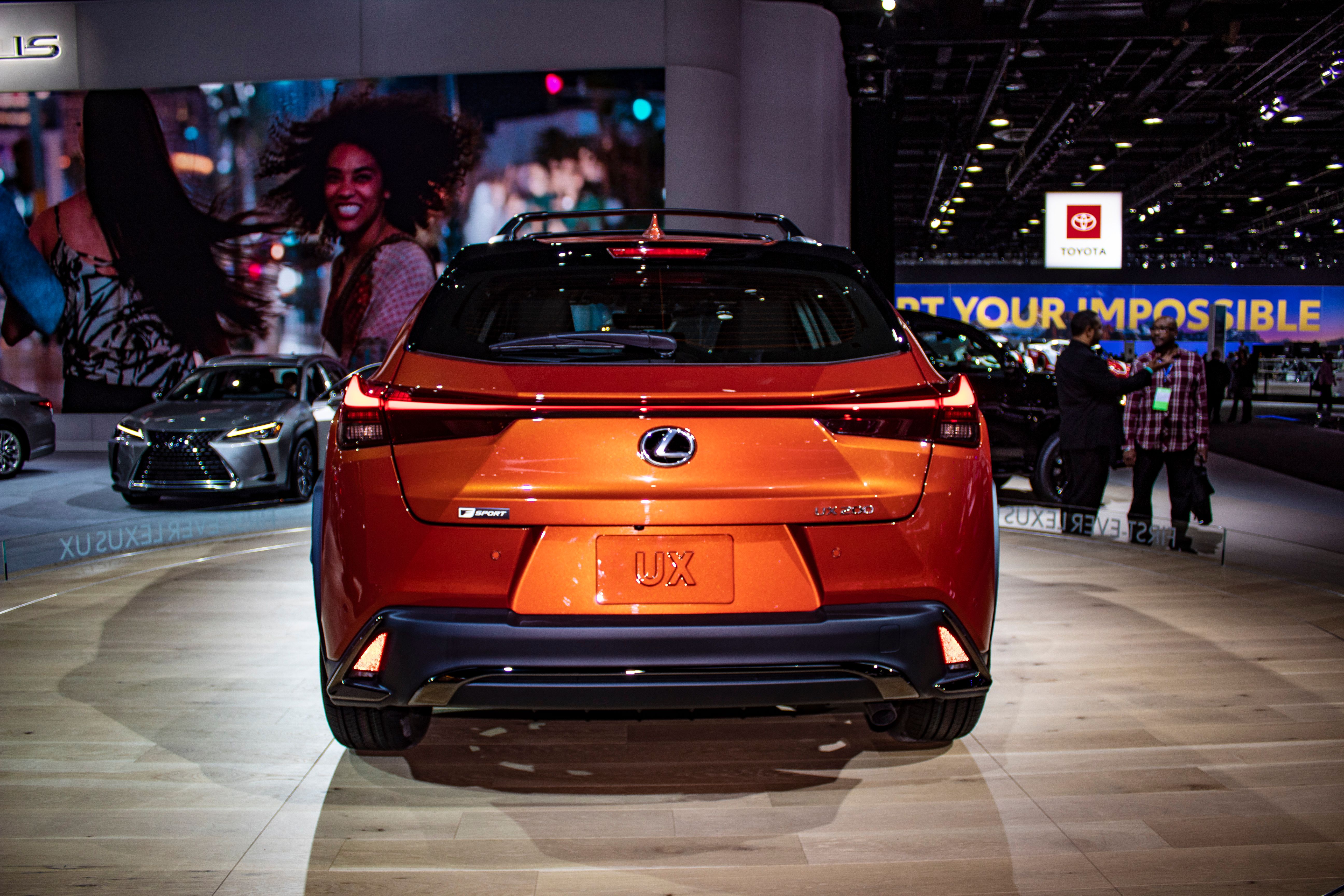
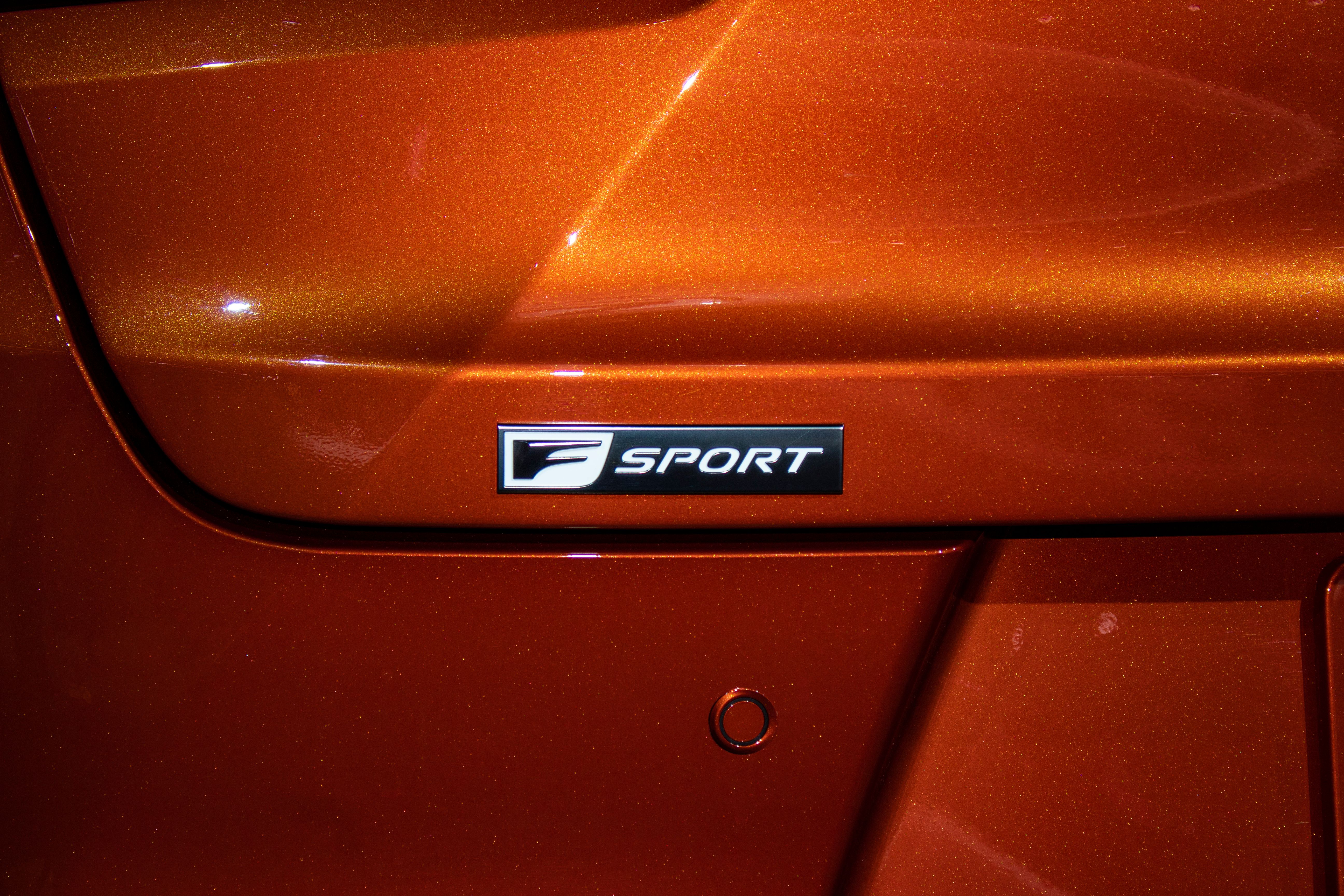
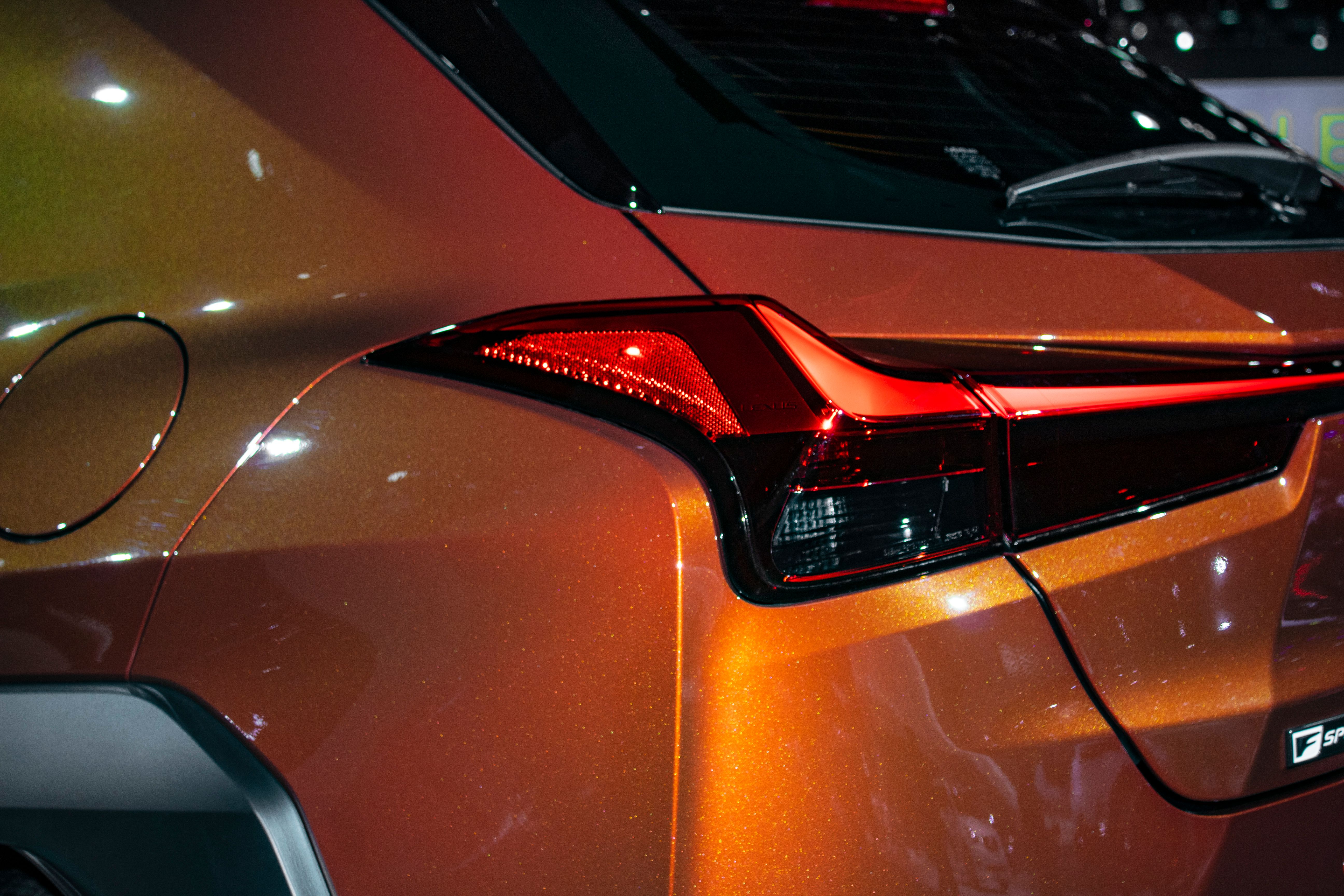
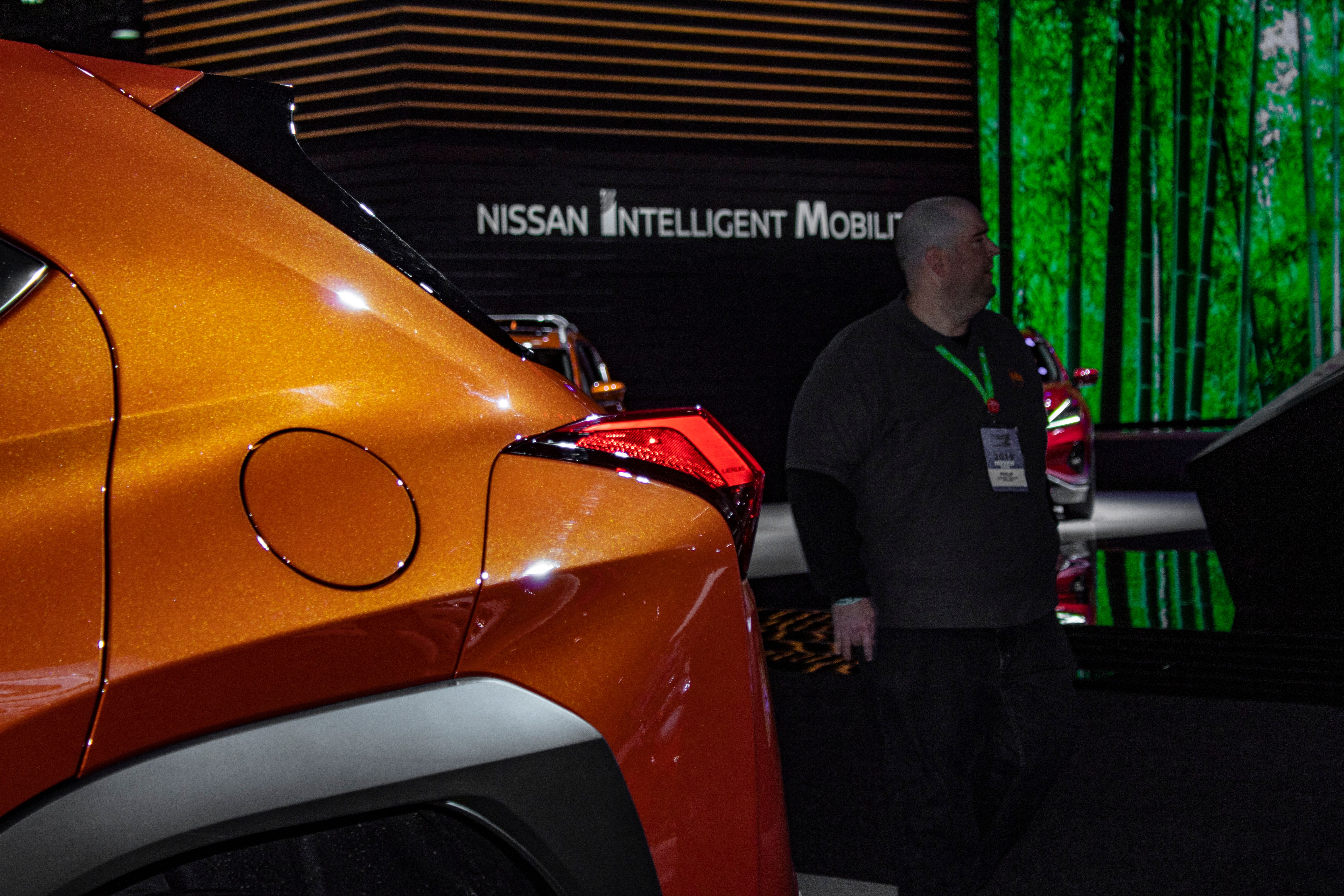
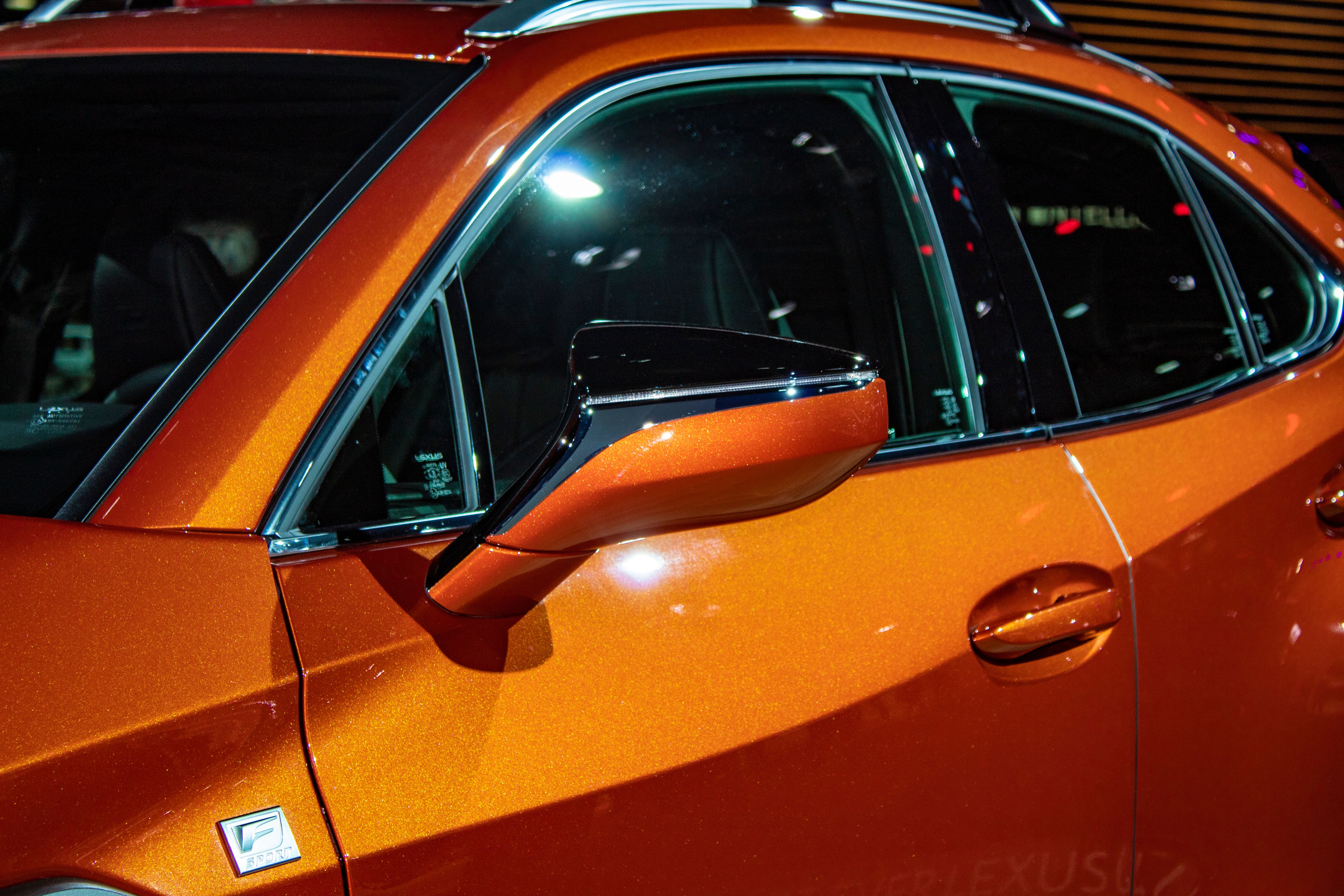
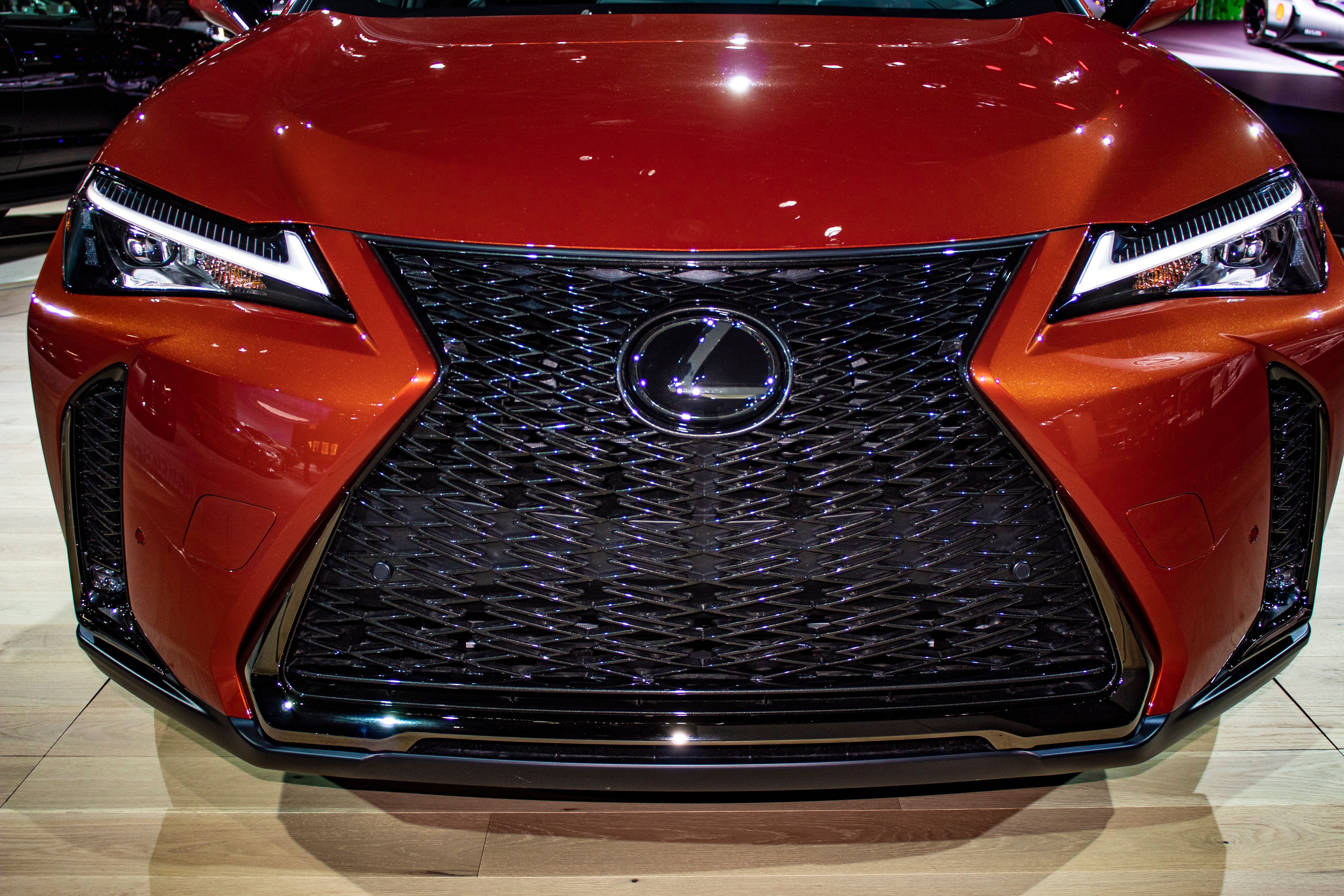
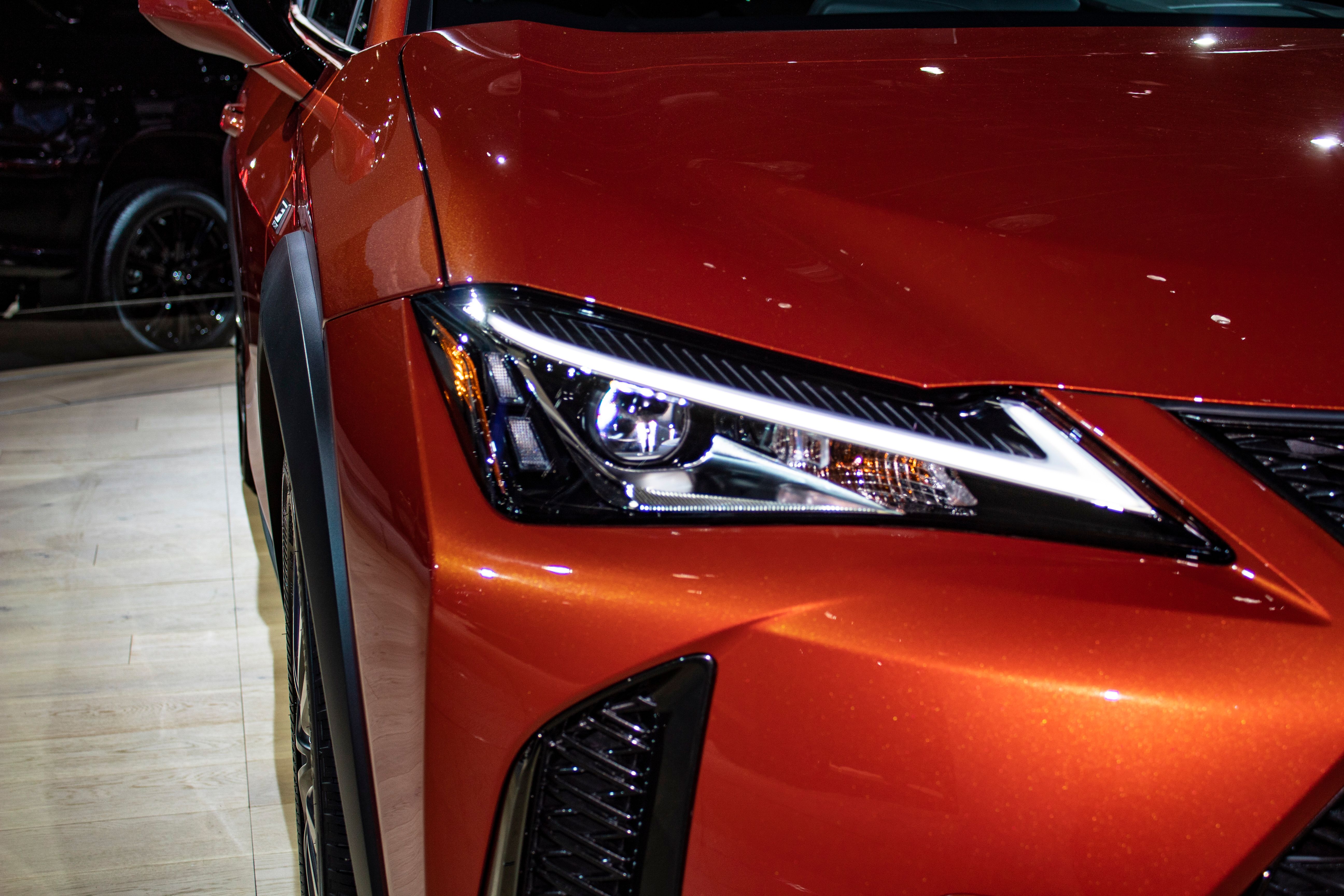
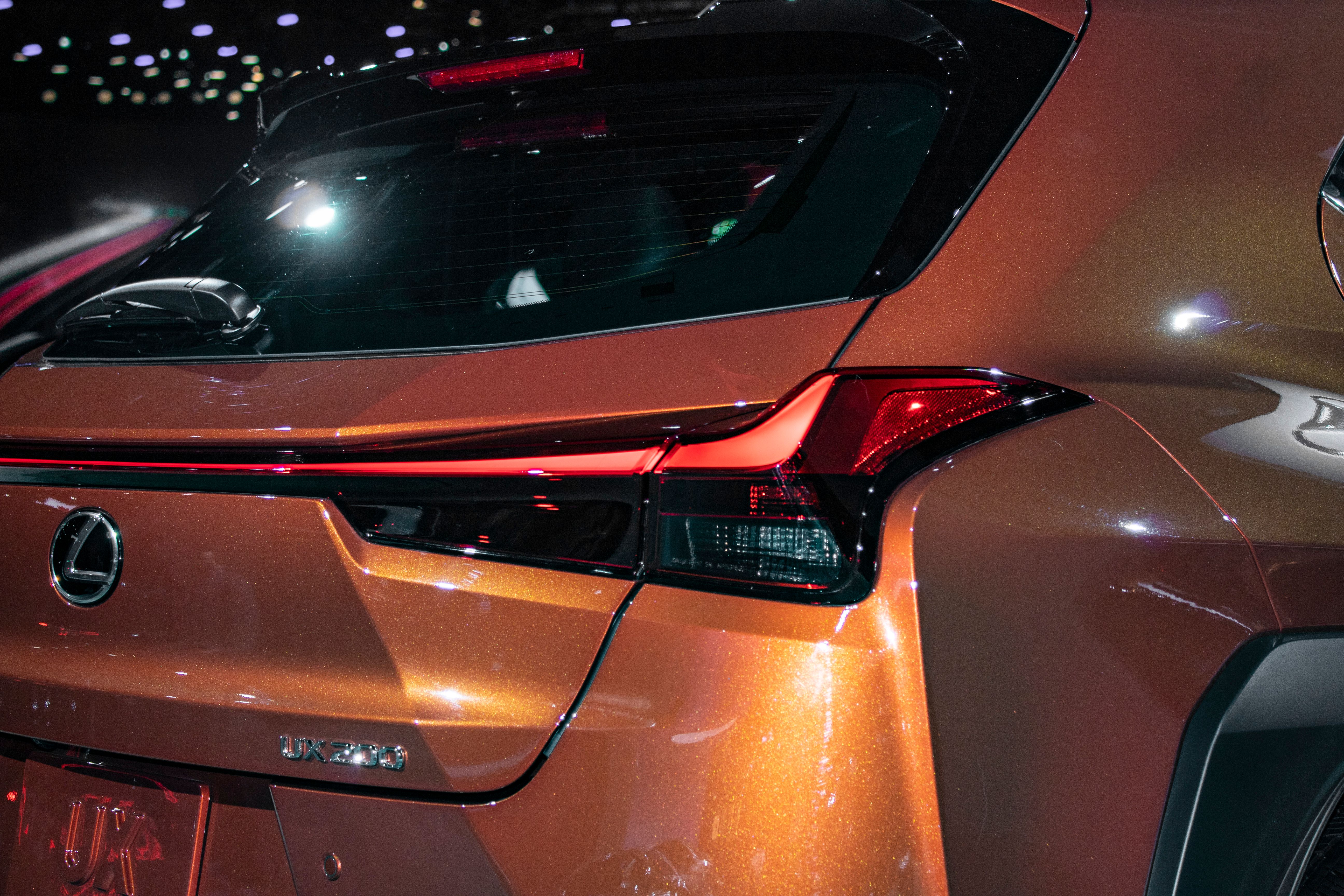
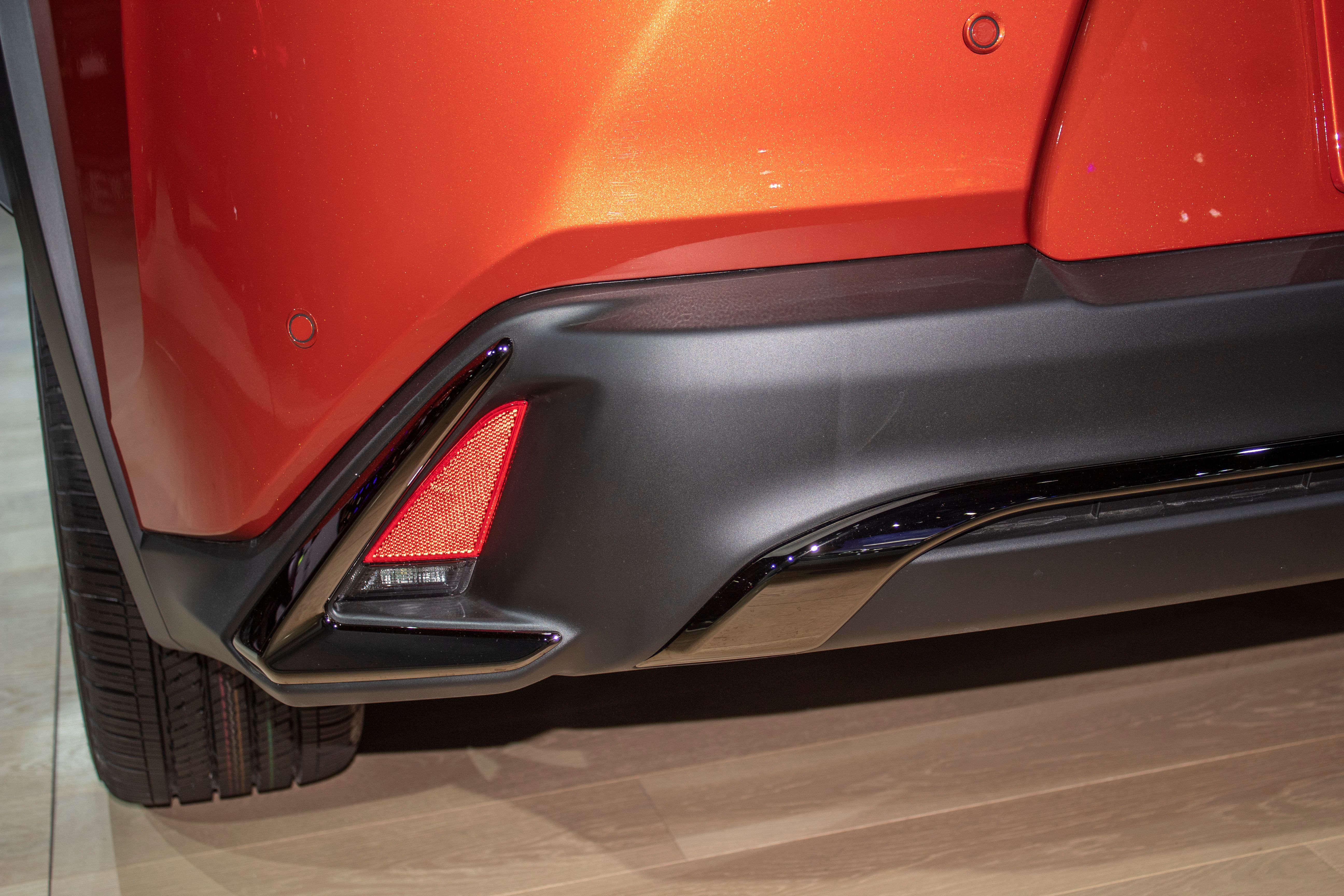
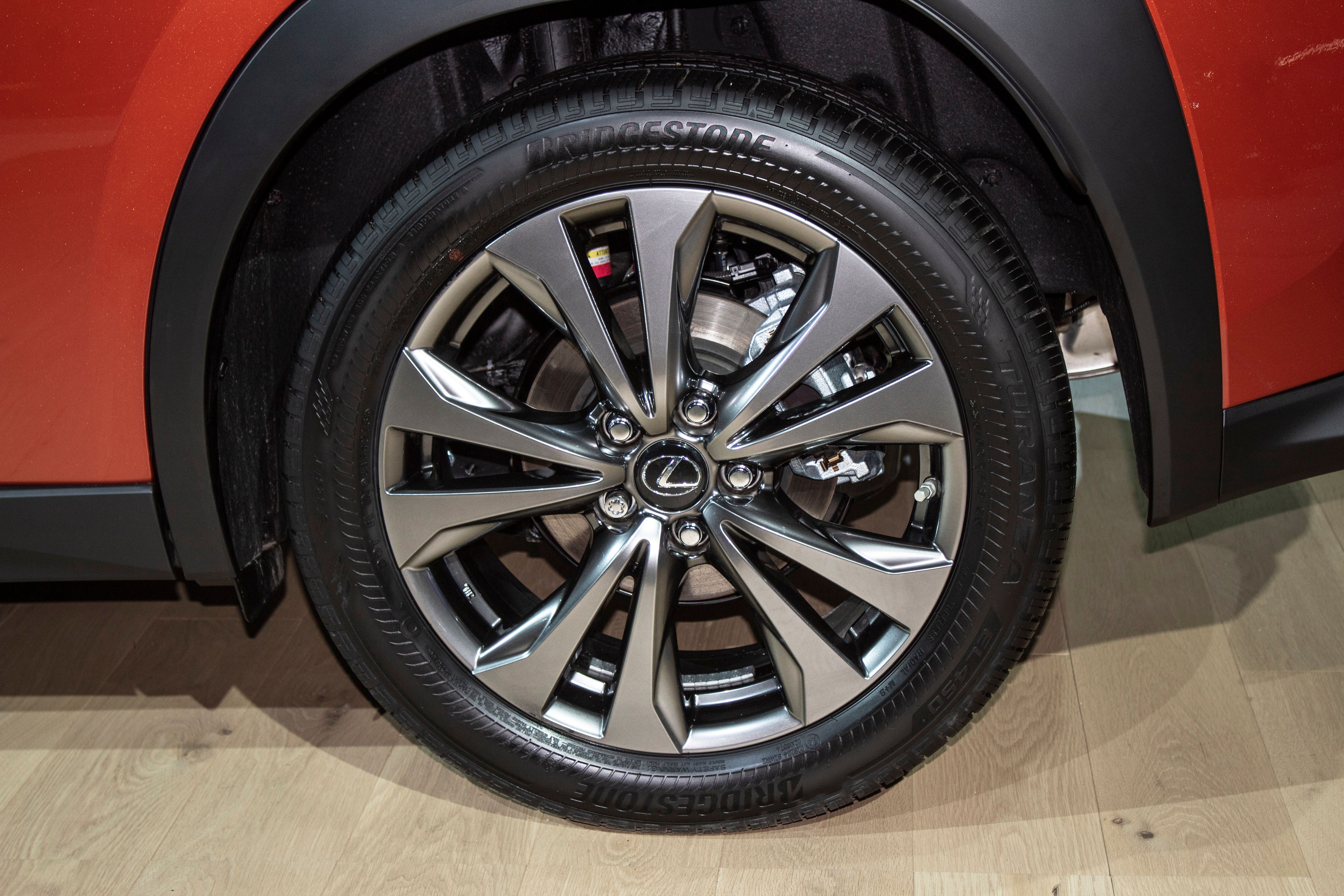
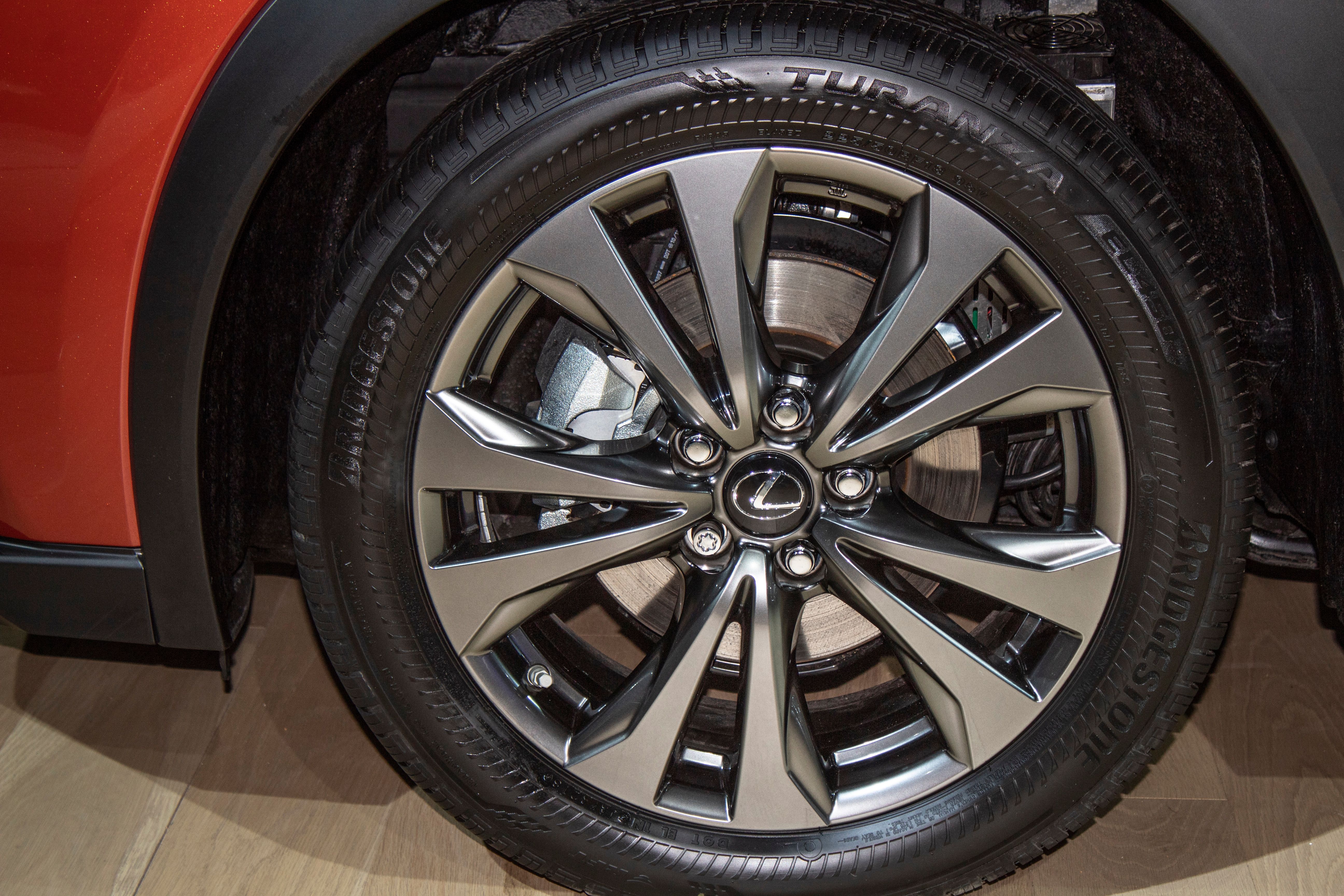
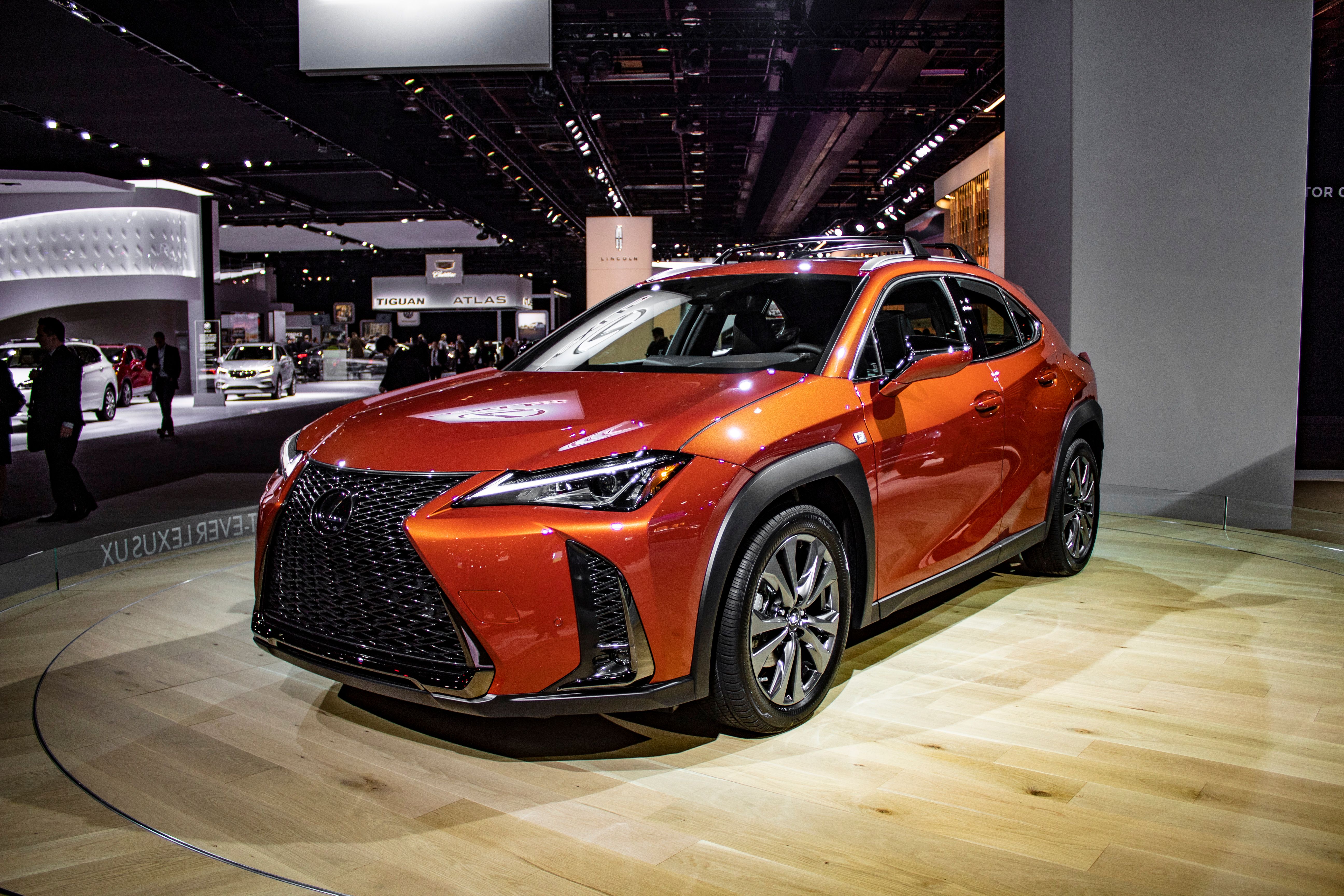
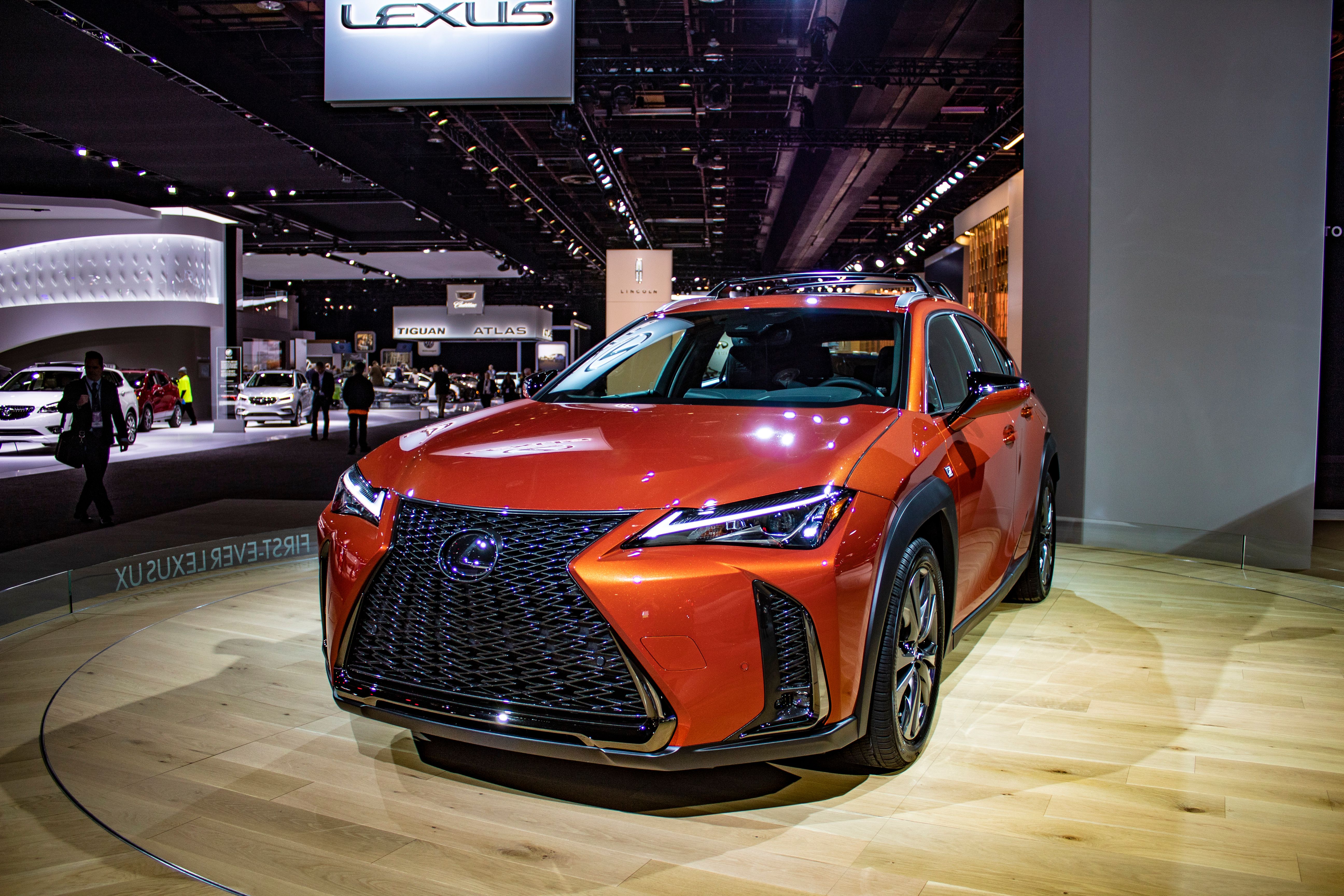
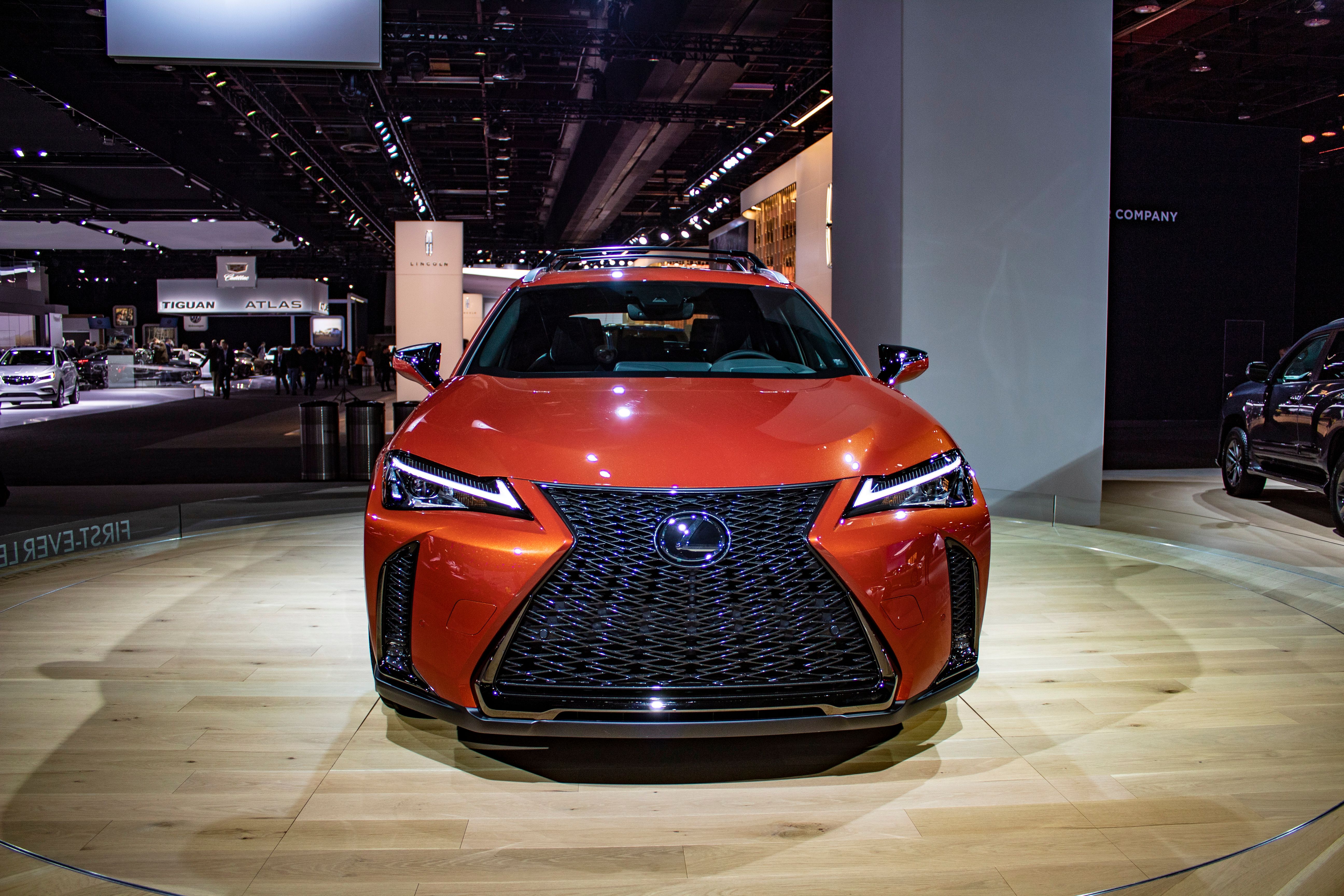
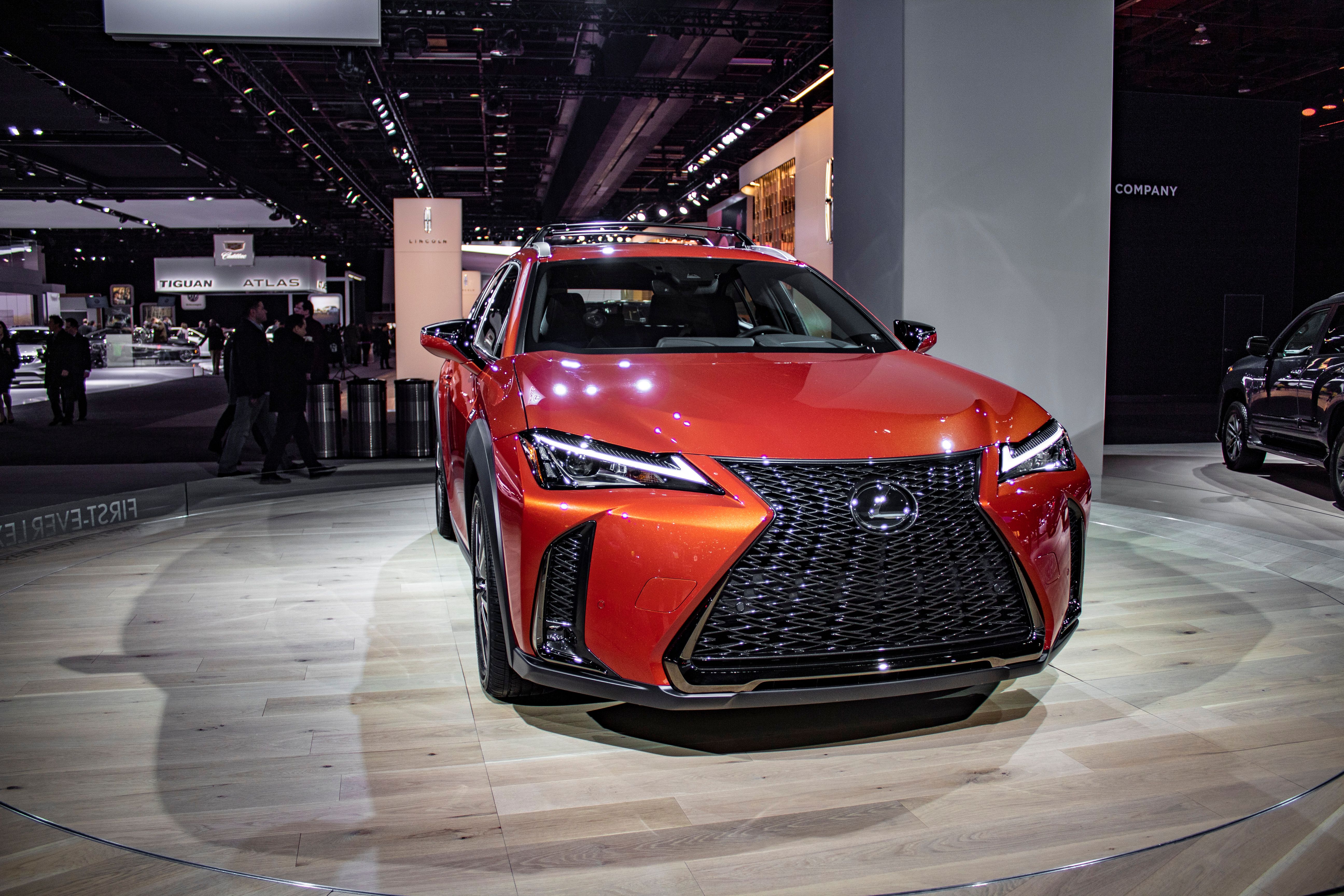
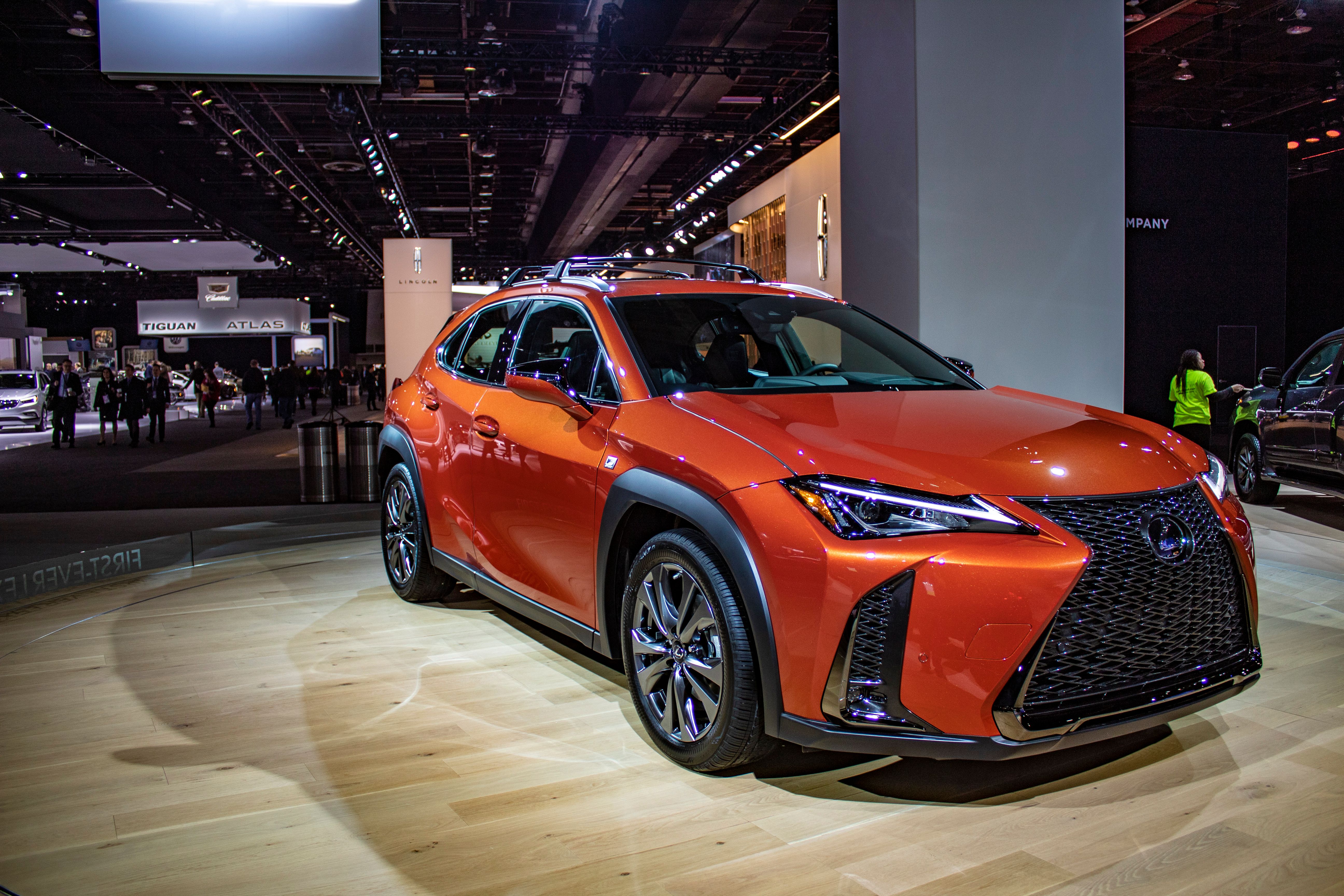
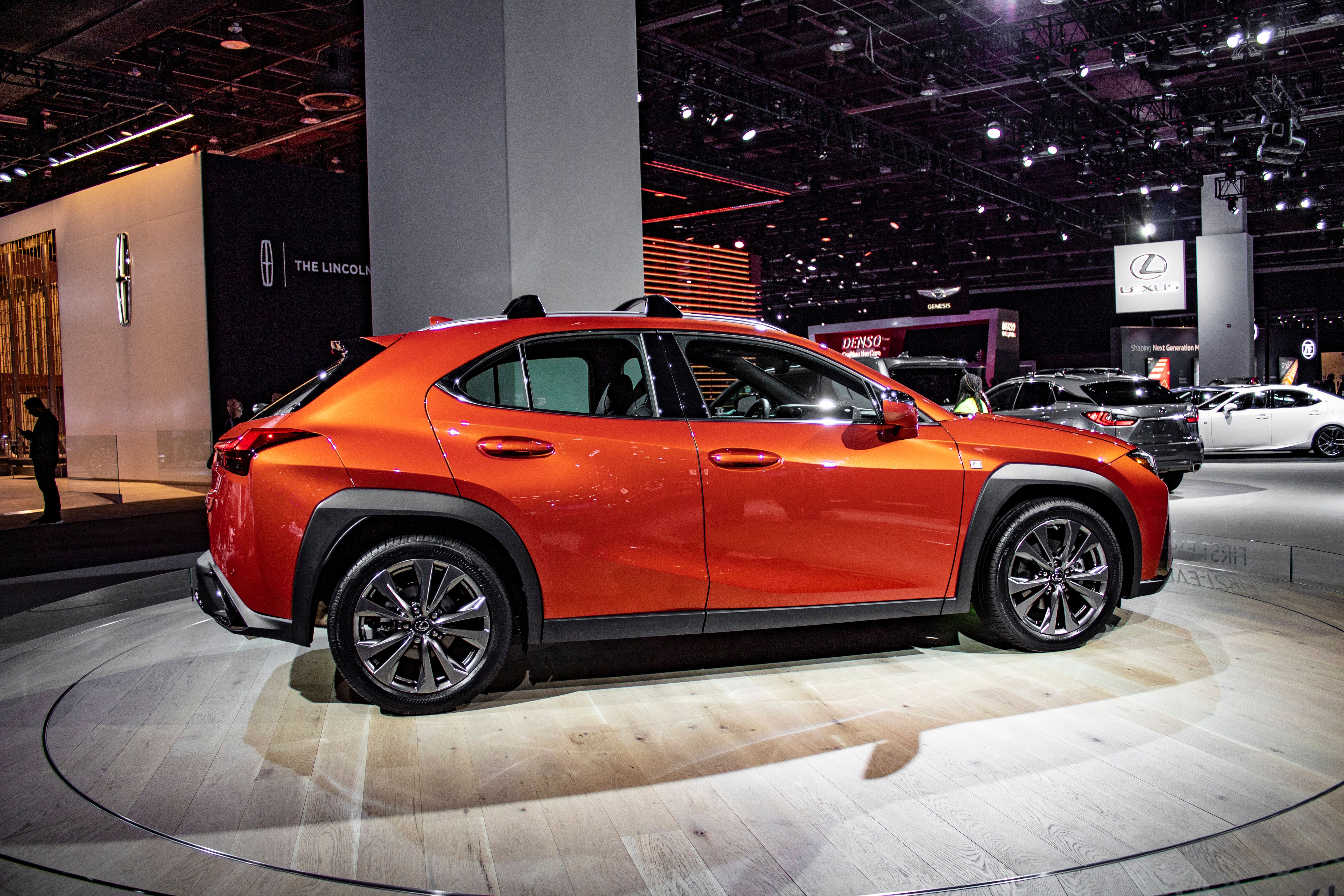
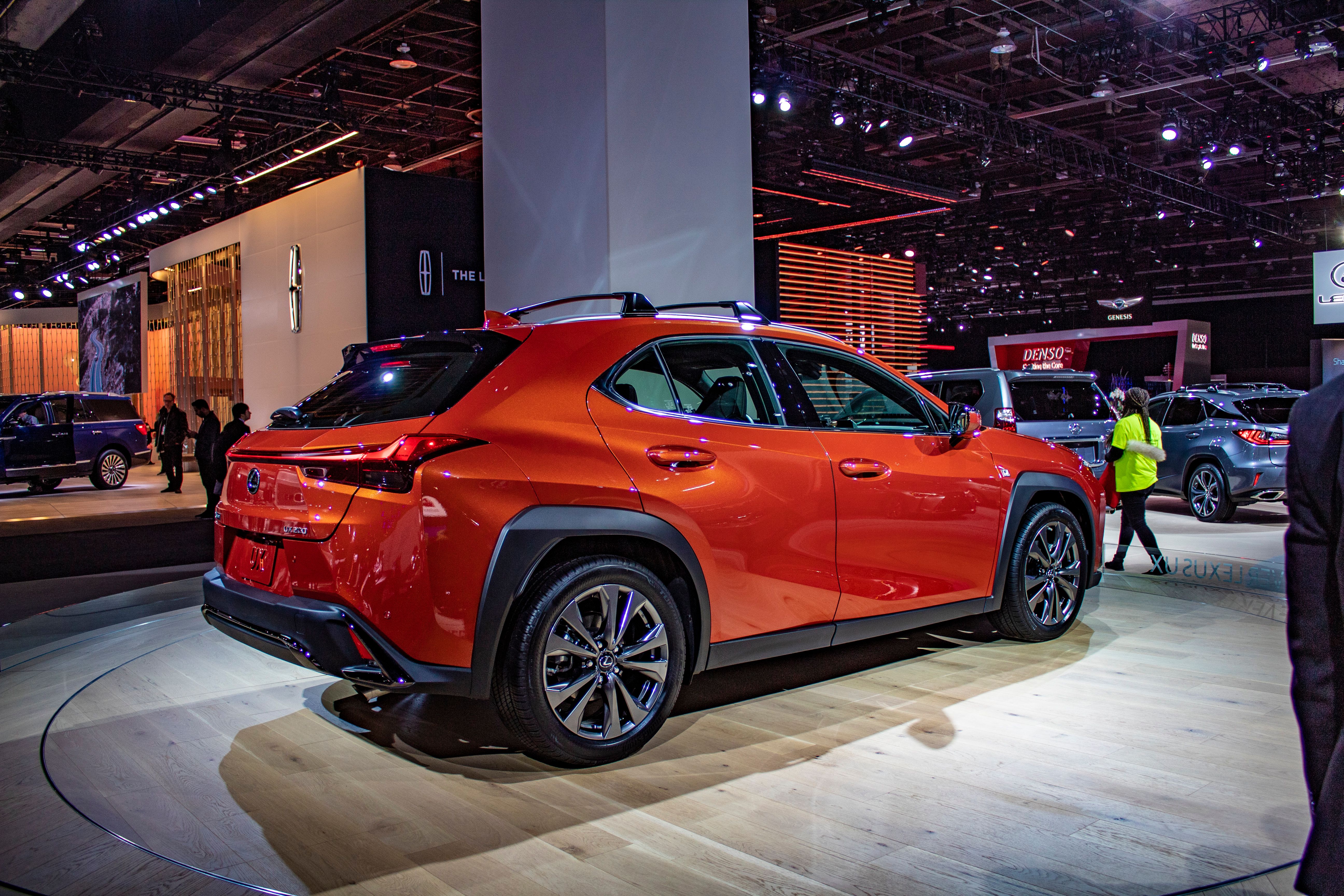
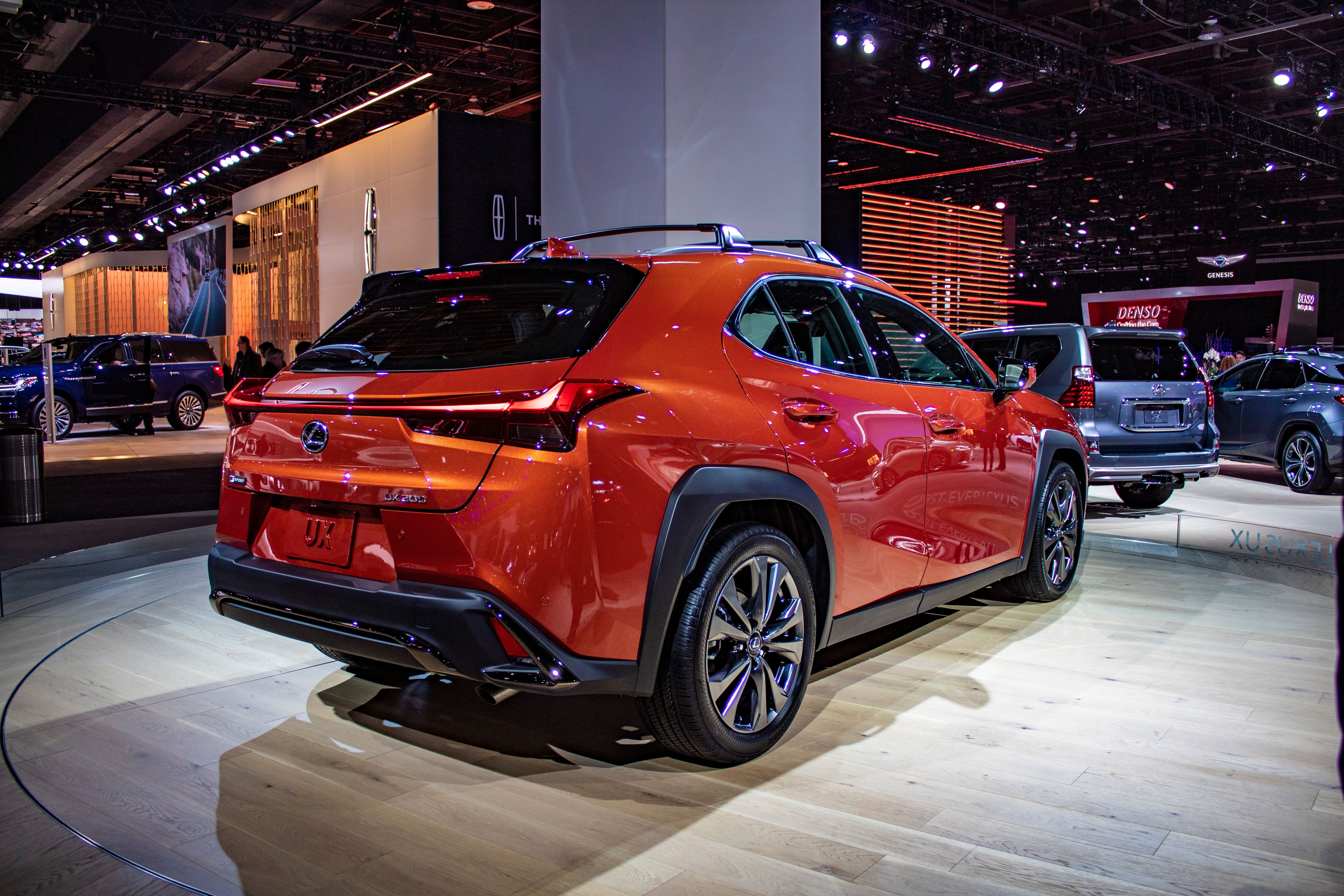
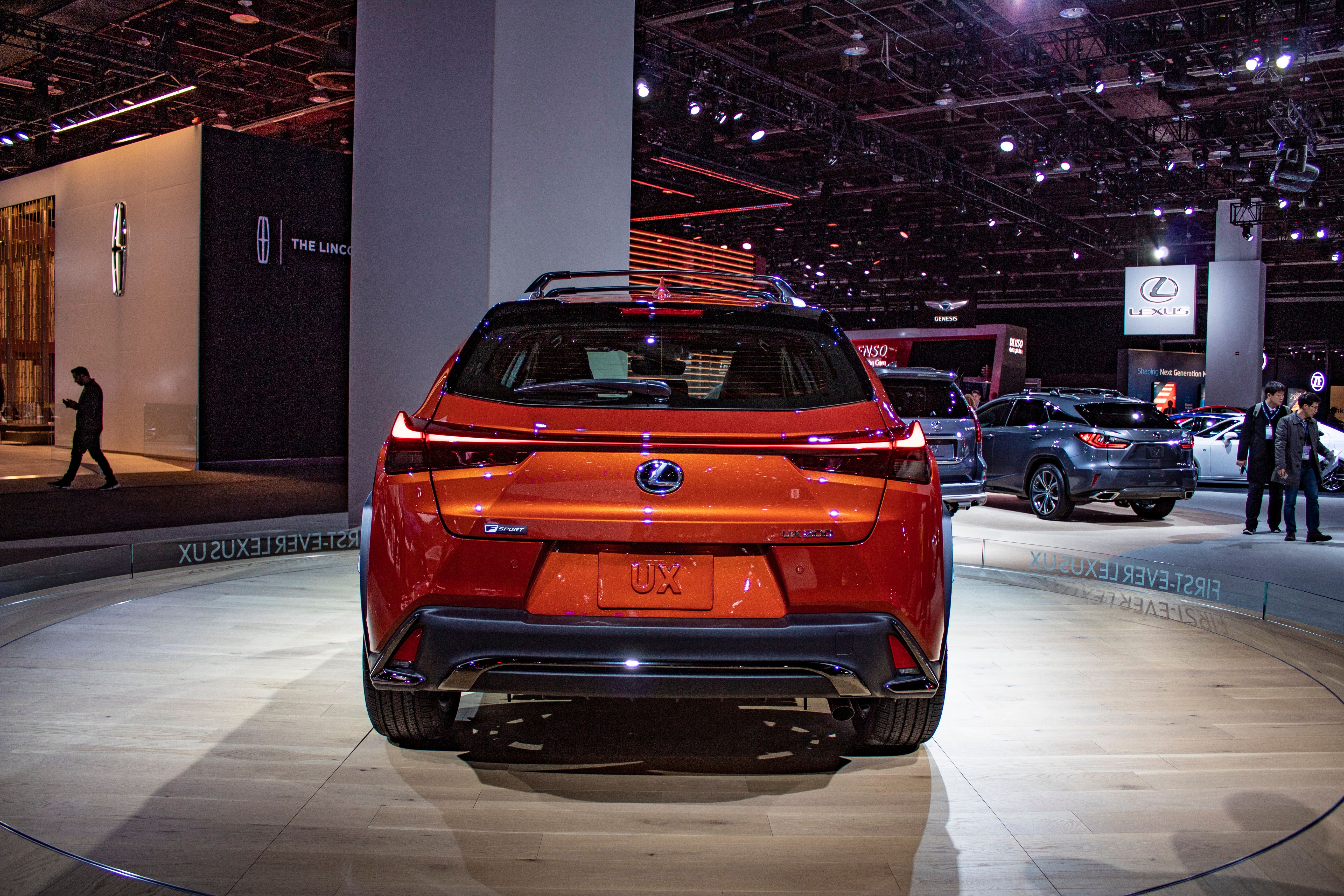
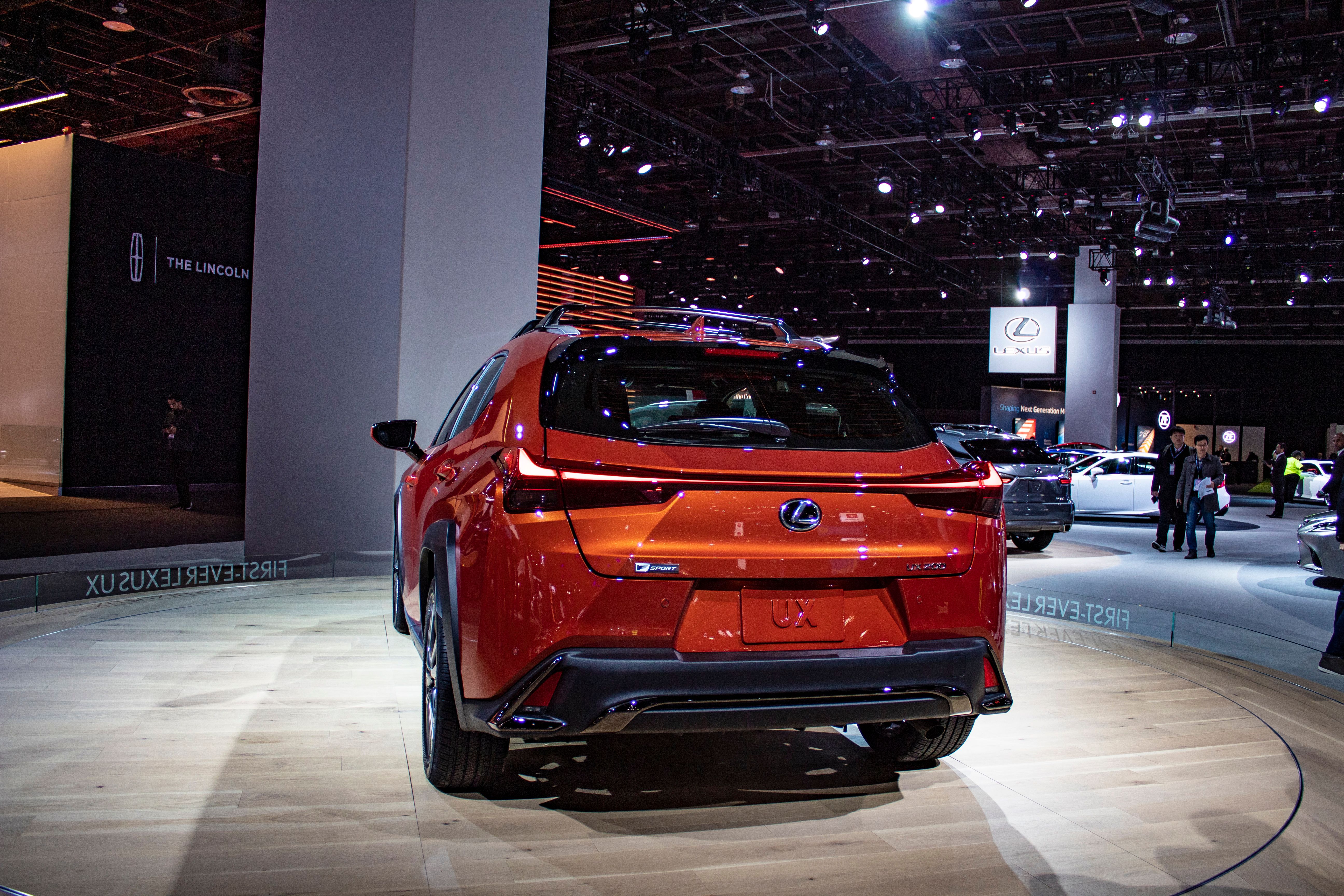
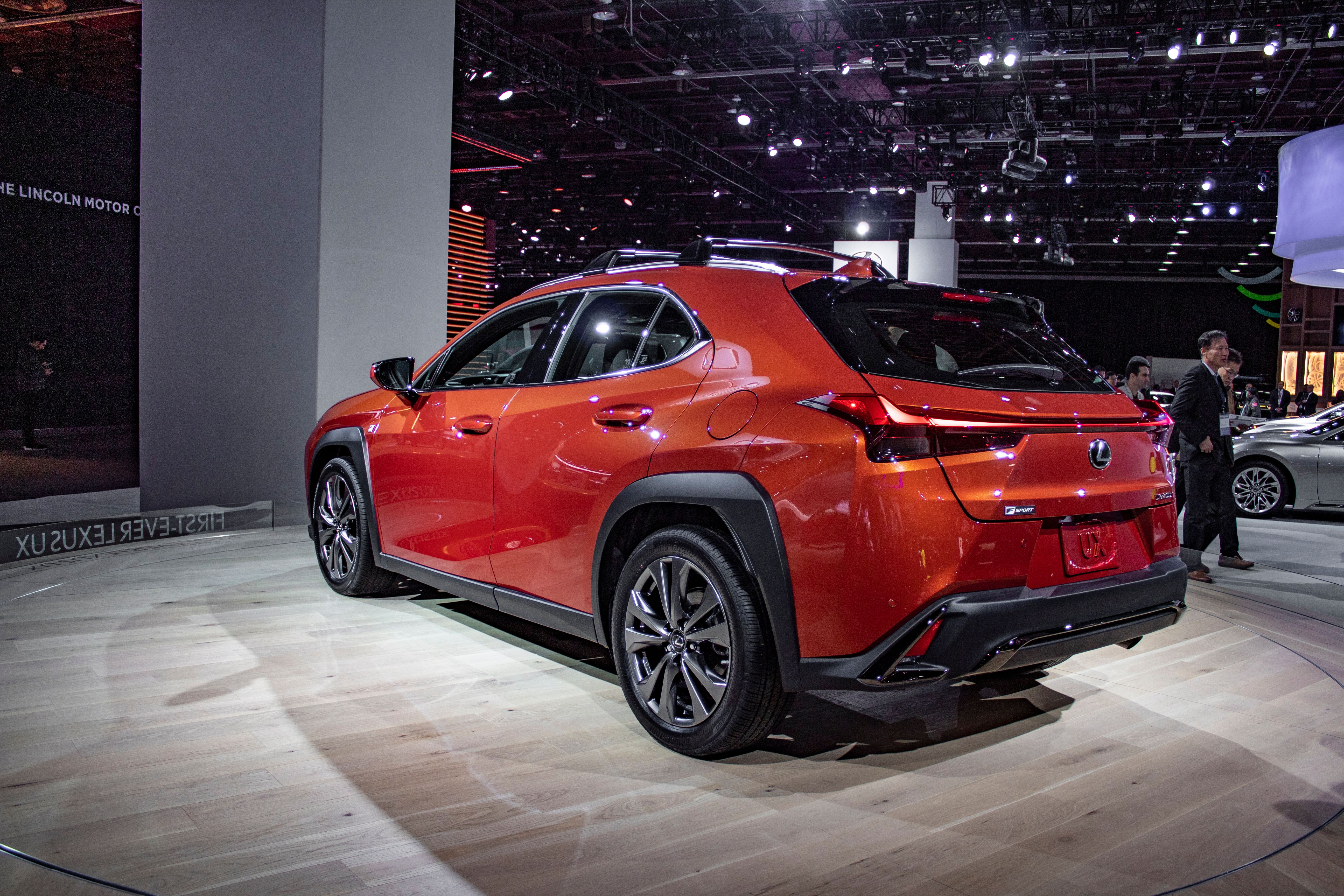
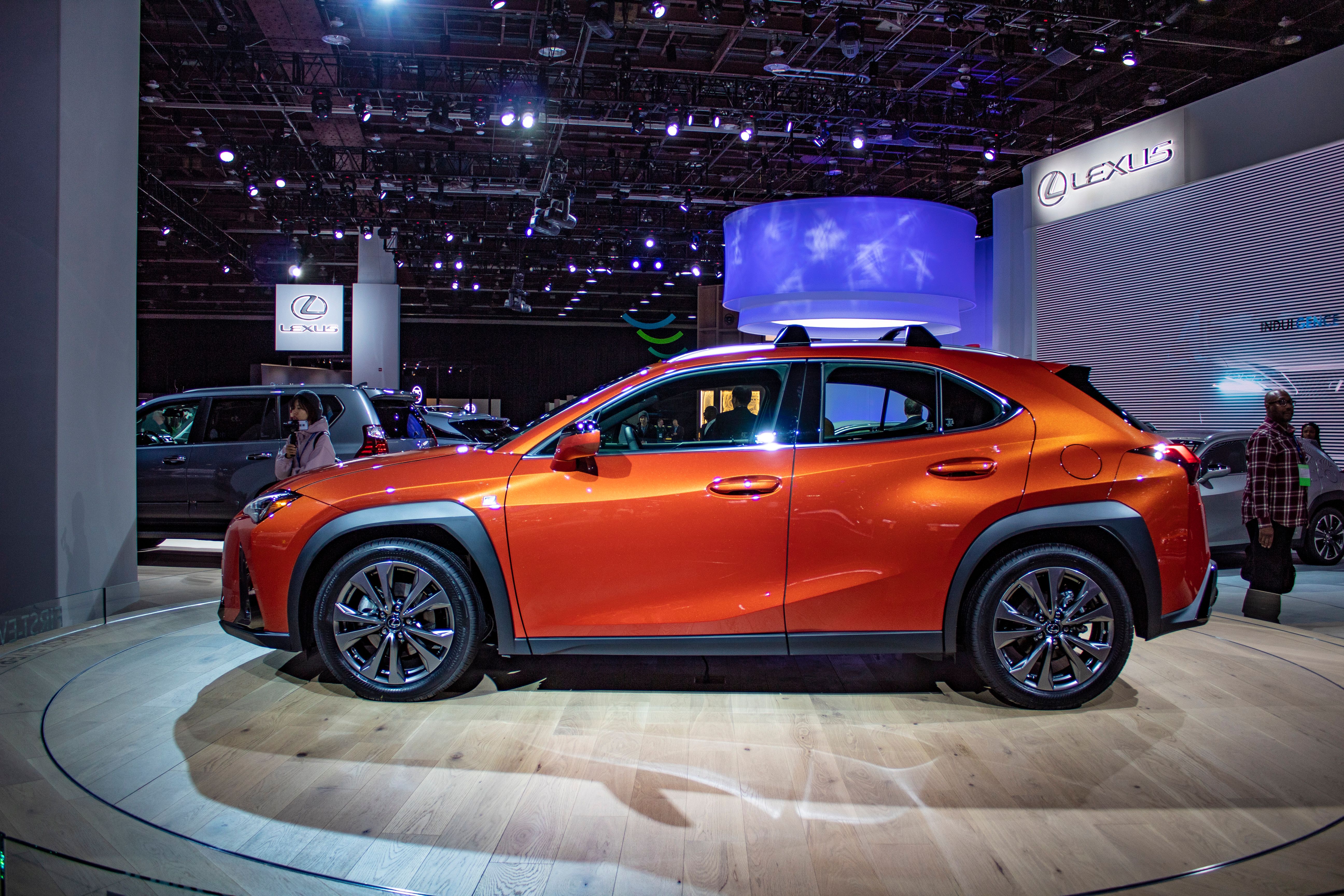
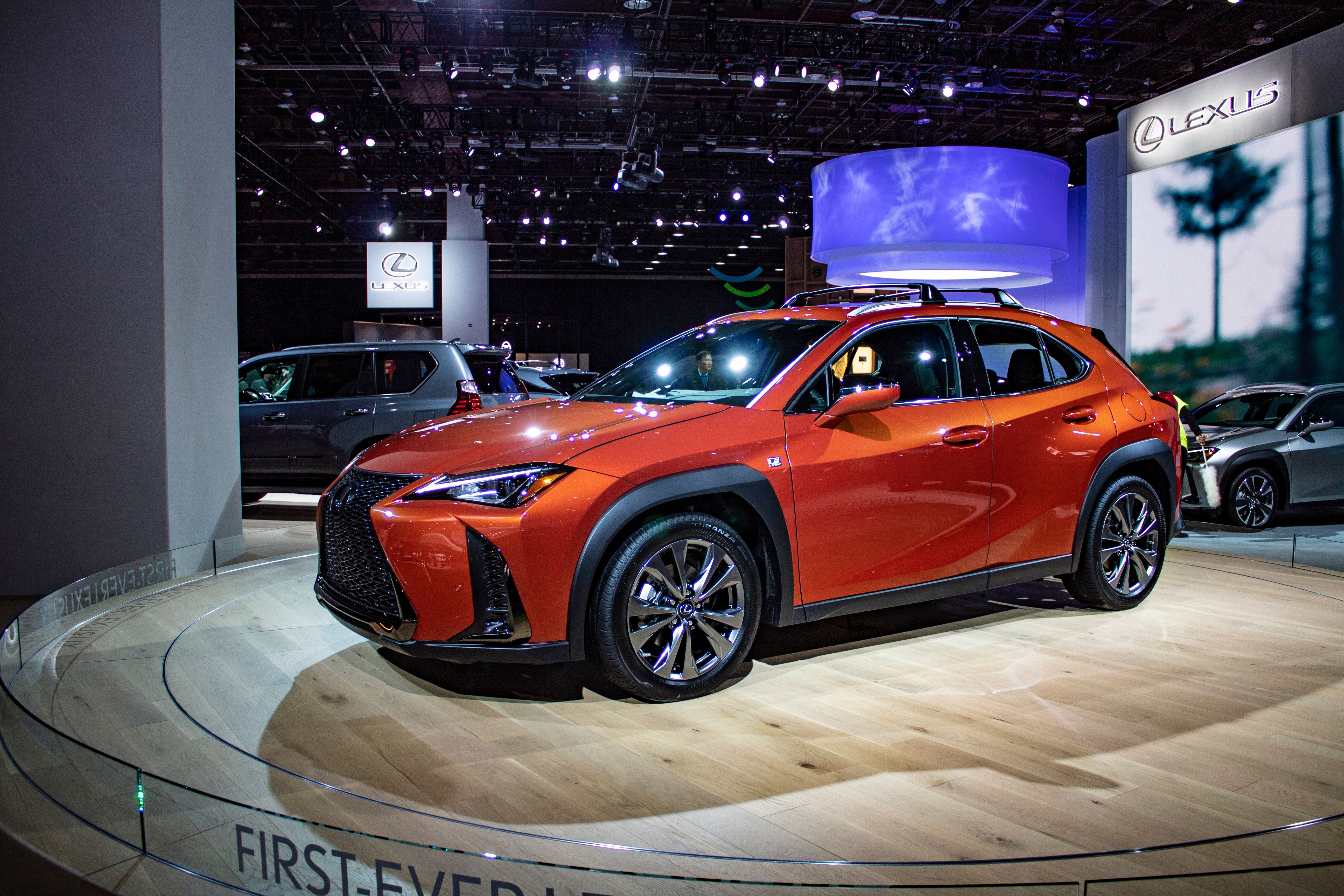

- Make: Array
- Model: 2019 Lexus UX
- Horsepower: 168
- [do not use] Vehicle Model: Array
<
2019 Lexus UX Exterior Design

The first thing the mind wonders to when looking at the front end is “LC500” and, you can’t really question why. After all, the spindle grille is nearly identical sans the extra trim insert at the bottom, and there are even the weird corner slits, albeit a bit more extreme. The hood gets an aggressive and sharply curved tone to it while the headlights also mimic the LC500 with a slightly different design and a different LED strip. As an F-Sport model, the example that you see here also has the extra front lip in black.
That lip, by the way, matches the extra fender flares on the sides as well as the side skirts. When you add in the black-colored mirror caps and roof rack, you have just the right amount of contrast all of the way around. Meanwhile, the all so familiar body line swooping along the front of the wheel well and angled towards the mirror makes an appearance here while the other two body lines help to facilitate a raked look. Of course, those same body lines also blend in well with the multi-tiered design of the body make the overall appearance aggressive but not too muscular.

Around back, the overly enthusiastic look continues, almost to the point that the rear end distorts space and time altogether. Seriously, with the way the taillights, lines on the rear fascia, and body lines on the rear hatch all come together, you quite literally have to give it a second look just to be sure you’re not losing your mind. Not that it’s a bad thing, it just catches you off guard at first. The rear overhang on the rear hatch is accentuated with F Sport-styled side wings, which are a nice touch, while the rear fascia gets an F Sport insert as well. It’s hard to imagine the UX without F Sport styling, but hopefully, it will look just as good without all the extra trim.
2019 Lexus UX Interior Design

The Lexus UX sports an interior design the almost appears to blend the best of all worlds. There’s some German DNA in there, some Japanese DNA in there, and even some American DNA. It’s quite attractive and yet still manages to retain its own identity not only in the lineup but in the market as well. The infotainment display has a large, cellphone-like look to it with an integrated digital display and an embedded appearance – quite similar to the look of Audi a few years back.
The dash has a curvature to it that gives the driver a sense of command, while the digital instrument cluster is flashy and functional. There is a whole swath of thumb buttons on the steering wheel that might be confusing for some and another host of buttons on the dash. The infotainment system is controlled by the touch sensitive pad to the right of the gear shifter while most other functions are controlled by the aforementioned array of buttons.

Even with a driver-oriented cabin, the passengers get the same general amenities. The seats are perforated and supportive. High-quality stitching can be found throughout with some contrast on the steering wheel. A thick leather pallet adorns the middle tier of the dash which also appears to have white contrast stitching. The leather shifter boot gets the same treatment. On that note, I should point out that Lexus made an interesting play here, with the top portion of the door trim meeting the dash while the lower portion of the door trim, at the HVAC vent, seems to disappear into a black hole of nothingness.
Little has been disclosed as to technical specs, but we’ll be sure to update you with the details as soon as we get them, so stay tuned.
2019 Lexus UX Performance

Lexus pulled out all the stops for the UX and brought about an all-new 2.0-liter gasoline engine for the UX 200. It, according to Lexus, offers high-speed combustion, multi-hole direct fuel injectors, variable cooling system and oil pump, and intelligent variable valve timing. Lexus claims a thermal efficiency of around 40-percent which is apparently an “exceptional number for a passenger vehicle engine.” Shifting duties of this engine are handled by Lexus’ first Direct Shift CVT. It’s said to have a direct driving feel and has a more linear acceleration feeling. To put that in normal-people terms, you won’t feel it shift.
On the plus side, that transmission should help to offer decent fuel efficiency, however, Lexus hasn’t gone into details as to just how efficient the engine is. It does deliver 168 horsepower which seems a little low but really isn’t bad for a vehicle this size. No torque figures as of yet but it’s hard to imagine anyone wanting to tow with this thing anyway, and it’s certainly not a performance vehicle.

On that note, there’s also a UX 250h that is said to use a new-gen hybrid power system with a new transaxle and power control unit that maximizes power. Engine speed is synchronized with vehicle speed to offer “immediate and continuous” acceleration. Alright, all that is PR bull-ish. Honestly, Lexus hasn’t disclosed hardly anything except that it delivers a “projected” 176 horsepower total. This could simply be a revamped version of the 2.5-liter from the NX downtuned as it delivers some 194 total horsepower – this would make sense, but we’ll have to wait for further details to dive much deeper than this.
On the other hand, We do know that the UX 250H has all-wheel-drive capability thanks to an extra electric motor at the rear axle. The driveline is optimized on demand during acceleration, cornering, and on less-than-stellar surfaces, and can send as much as 80-percent of the power to the rear as needed. This system is only active up to 43 mph, however, as it’s only intended to help with stability and not serve and a permanent AWD system.
2019 Lexus UX Pricing

Pricing for the Lexus UX has yet to be released, but production starts this fall with sales commencing in December of 2018. Pricing will be disclosed closer to the on-sale date. As of now, the NX is Lexus’ smallest crossover, and it starts out at 35,985 for the gasoline-powered model and $38,385 for the hybrid model. As such, you can expect the UX to start around $30,000 with the hybrid commanding closer to $35,000.
Lexus UX Competition
Audi Q3
The current Q3 might not be around much longer as Audi works to move the 2019 model onto its popular and versatile MQB platform that underpins seemingly everything under the Volkswagen wheelhouse. As such, the next-generation Q3 will have access to a slew of new technology and drivetrain options, including advanced active safety systems and hybrid powertrains. The compact crossover has already proved its value to Audi thanks to the explosion in popularity of the crossover craze.
Currently, the 2018 Audi Q3 offers room for five, 16.7 cubic feet of cargo behind the second row, and comes powered by a 2.0-liter turbocharged four-cylinder making 200 horsepower, 207 pound-feet of torque, and getting up to 28 mpg on the highway. Every Q3 comes with a six-speed automatic transmission and Audi’s quattro AWD.
Prices for 2018 start at $32,900 for the “base” Premium model and $35,800 for the Premium Plus.
Read our full review on the 2018 Audi Q3.
BMW X1
The X1 is BMW’s answer to the compact crossover craze and an expansion of its lineup of SUVs that originated with the X5 back in 1999. Unlike the mid-size X5, the X1 is far more of a crossover due to is FWD-based architecture an on-road bias. It does have the option of BMW’s xDrive AWD system, but it’s geared toward all-weather applications. As for interior accommodations, there is room for five (four comfortably) and an impressive 27.1 cubic feet behind the second row.
A single engine is offered – a 2.0-liter turbocharged four-cylinder making 228 horsepower and 258 pound-feet of torque, which is almost a dead ringer for the Lexus NX’s 2.0-liter turbo-four’s output. An eight-speed automatic sends power to the front wheels unless xDrive is ordered, in which case, all four wheels are powered.
Pricing starts at $33,900 for the 2018 28i model. Opting for the xDrive 28i pushed the base price to $35,900.
Read our full review on the 2017 BMW X1.
Conclusion

Lexus managed to blend luxury, utility, and aggressiveness all into one highly attractive vehicle and you really have to hand it to the brand for that. However, you really have to wonder how tight the pricing between the NX and UX will really be. Dropping anywhere below $30,000 would position the UX in the economy-car range, and that’s not exactly where the Lexus brand belongs. Lexus’s pricing them usually separates its model line by anywhere between $7,000 and $9,000, so there is a bit of mystery here. From the look of things, the UX will certainly be worth the money as long as it’s priced below the NX, and it’s certainly a looker – and more aggressive than any other crossover or SUV in the Lexus lineup
References
Read our full review on the 2016 Lexus UX Concept.
Read more Geneva Motor Show news.
Read more Lexus news.

